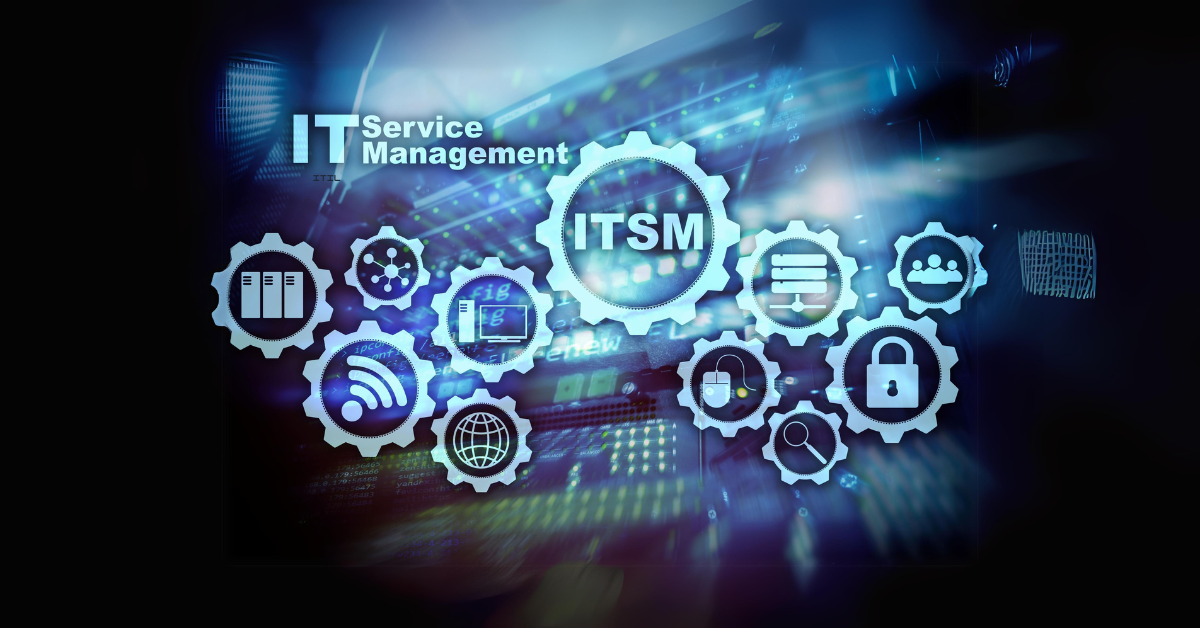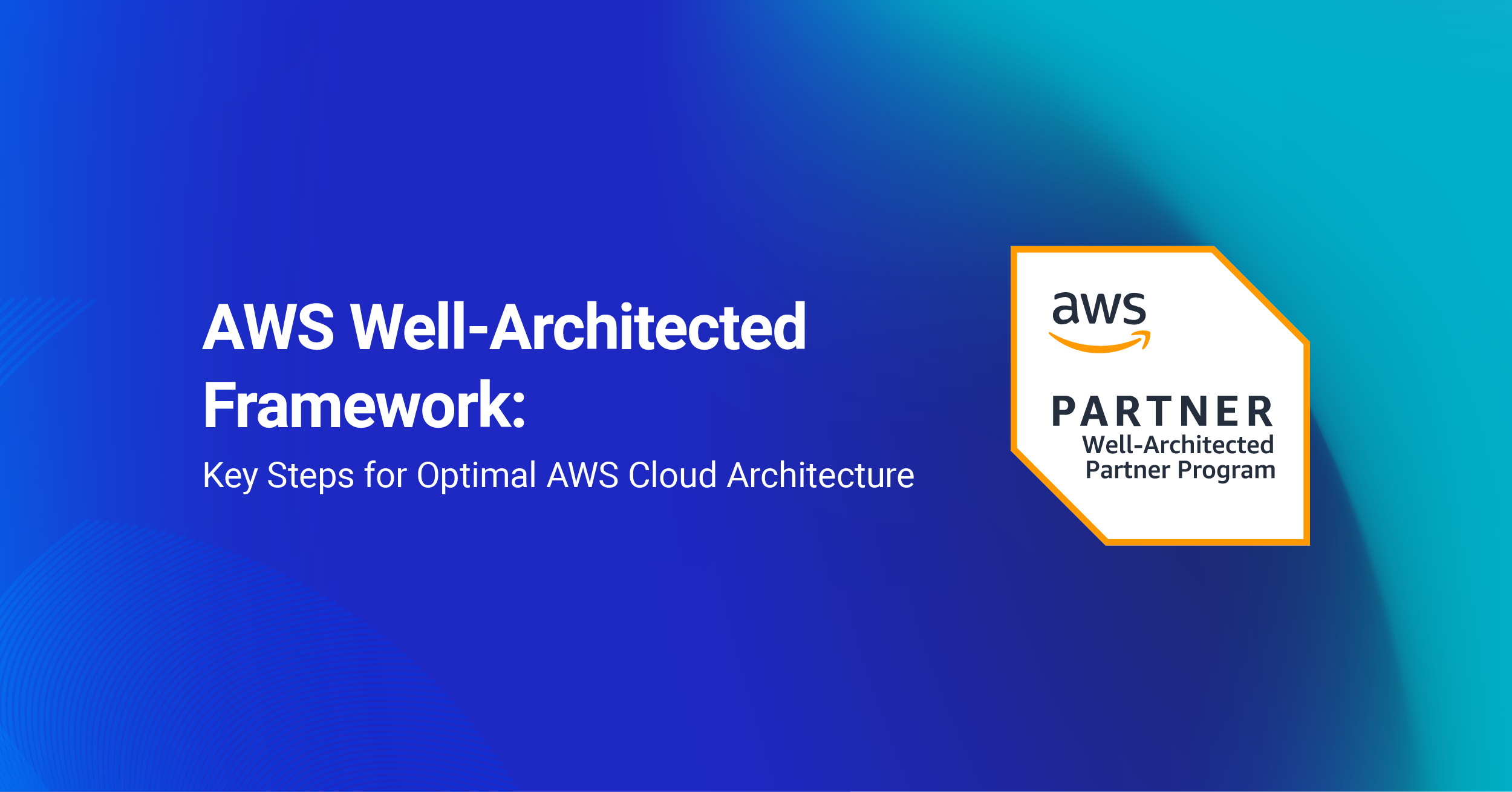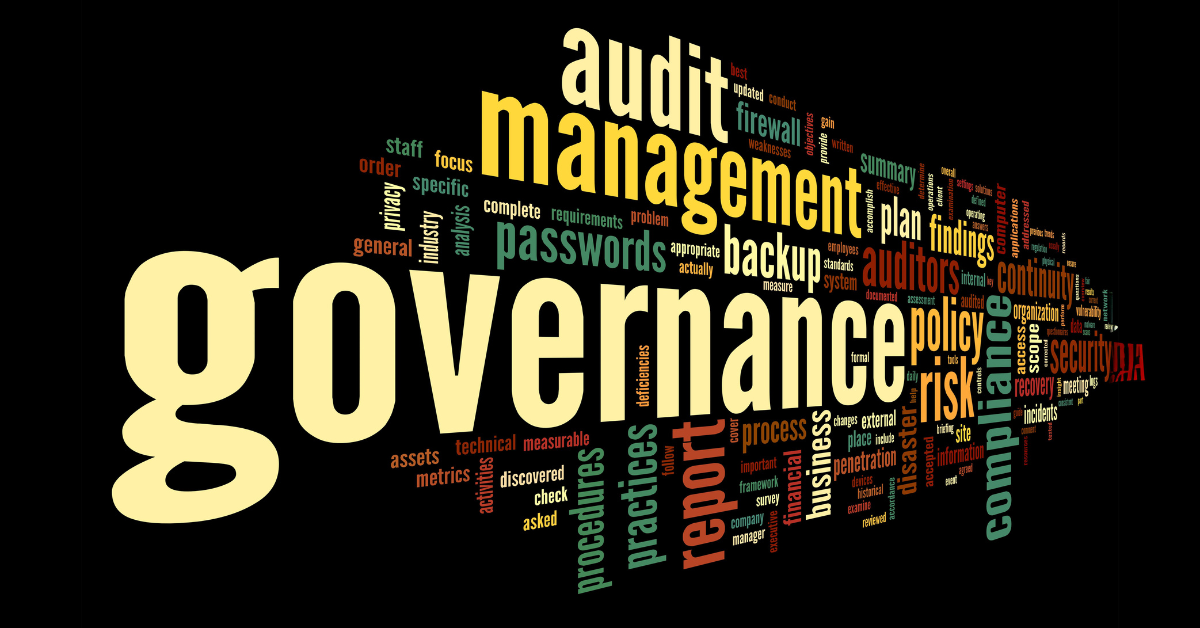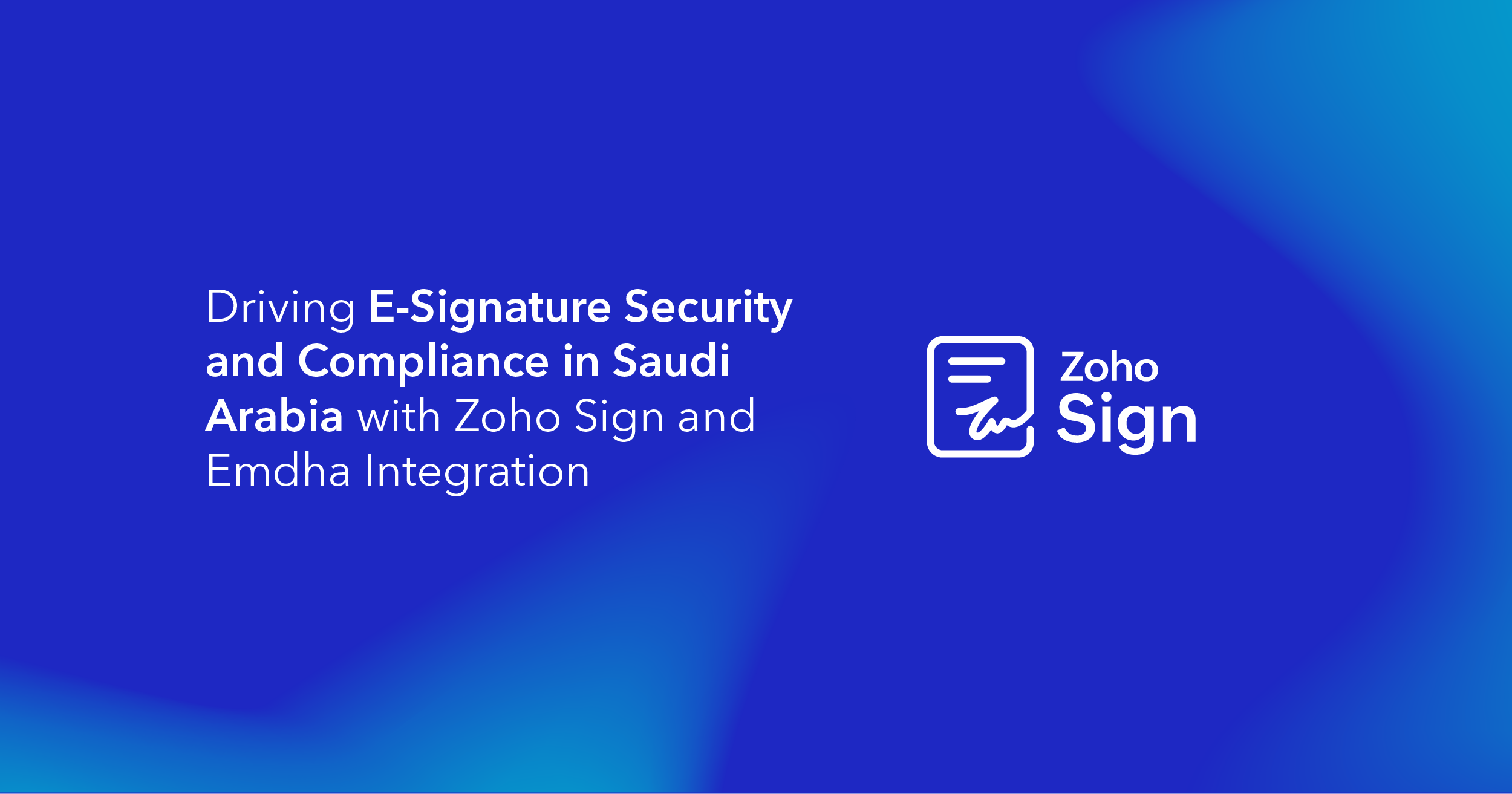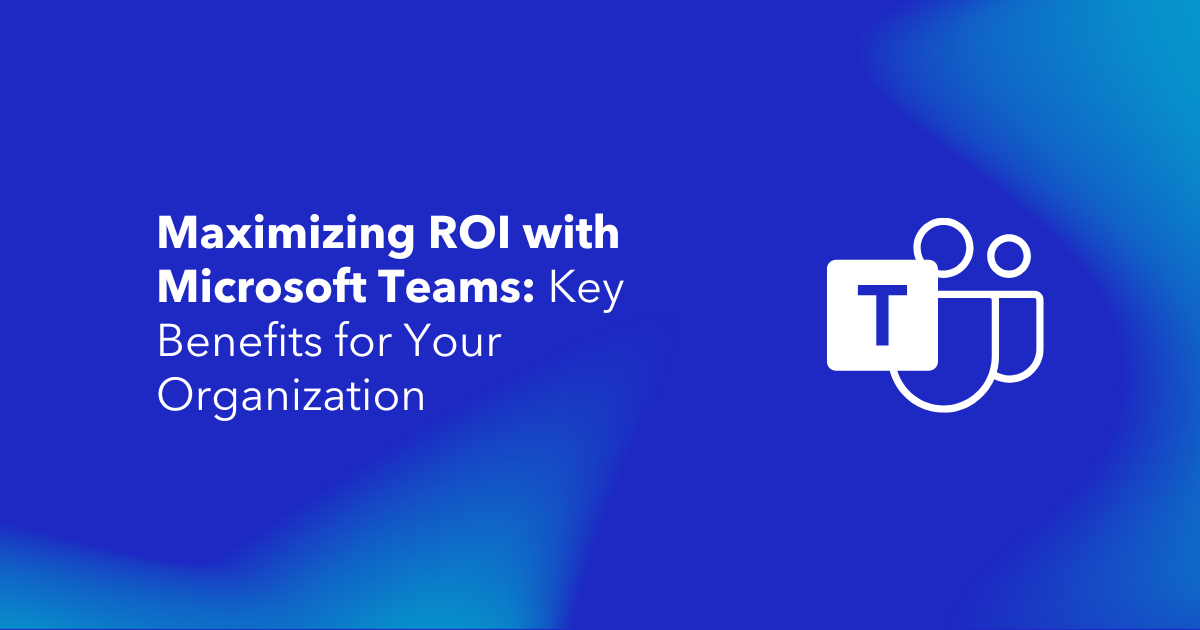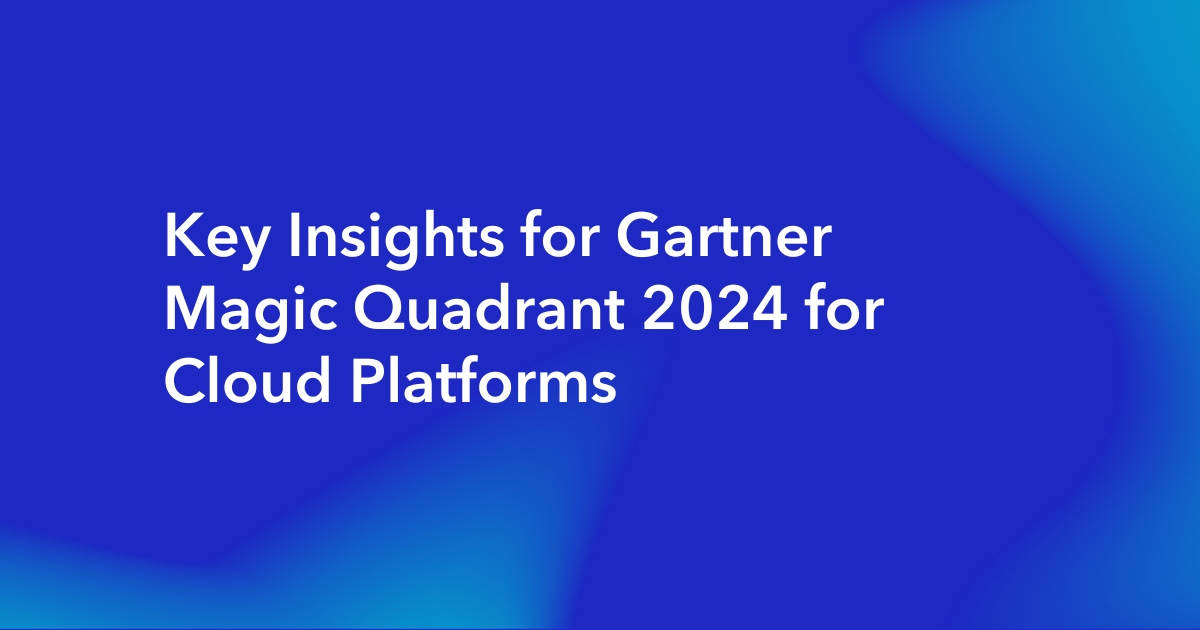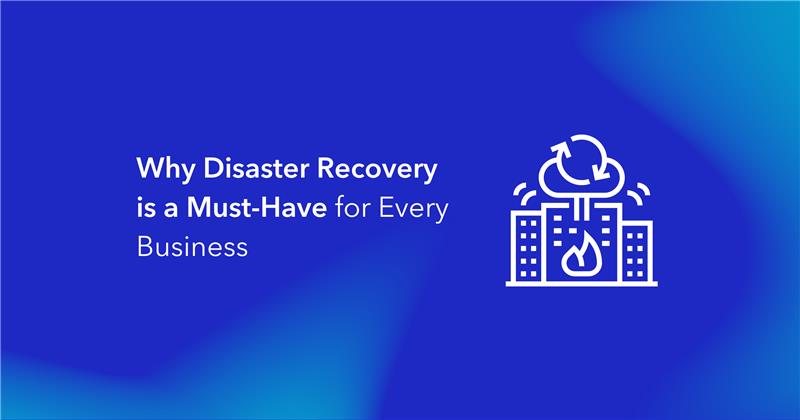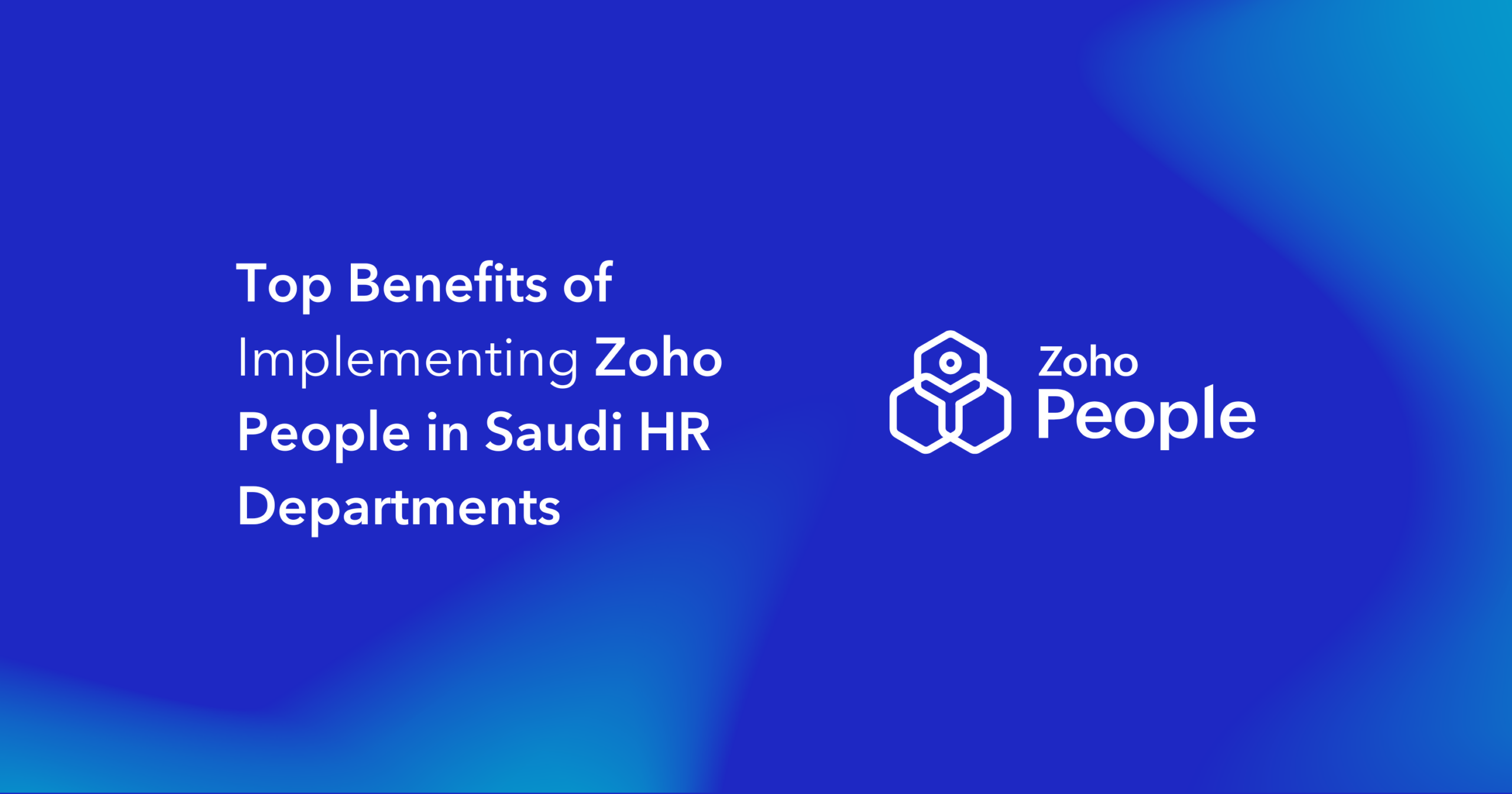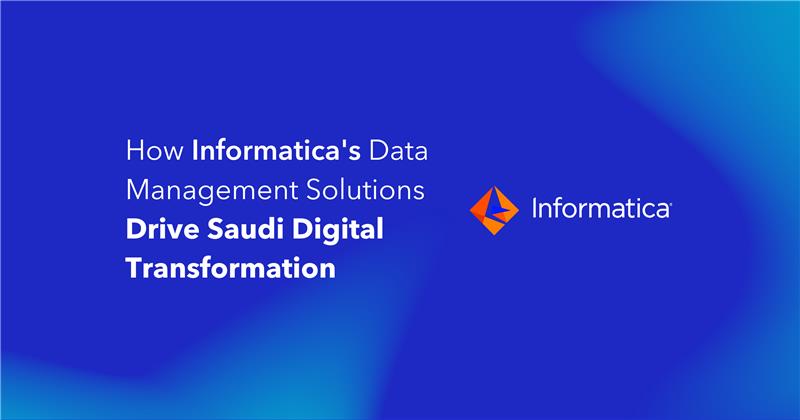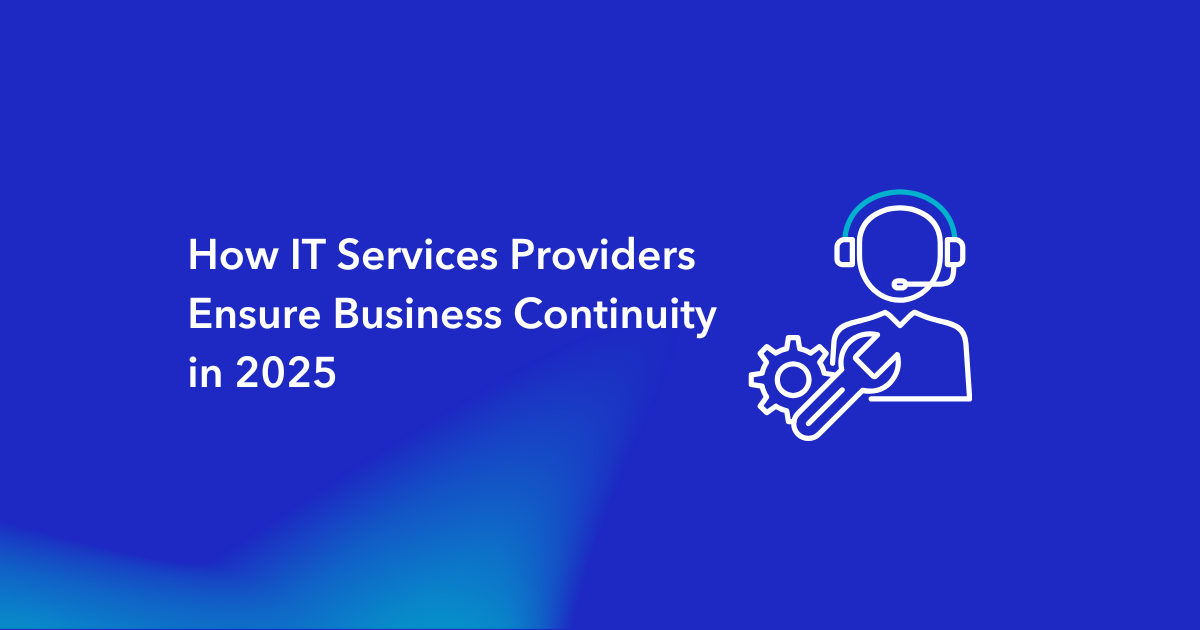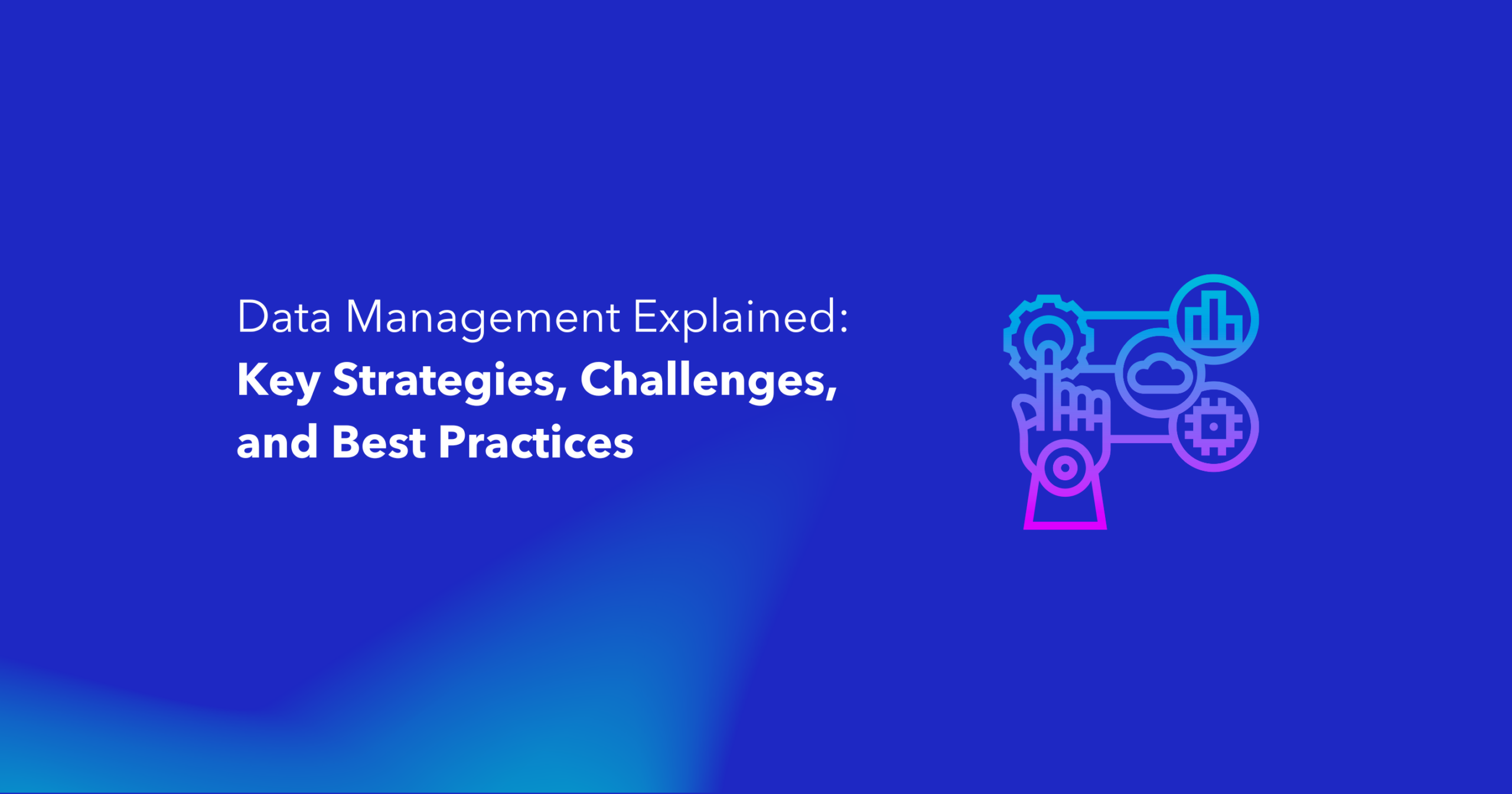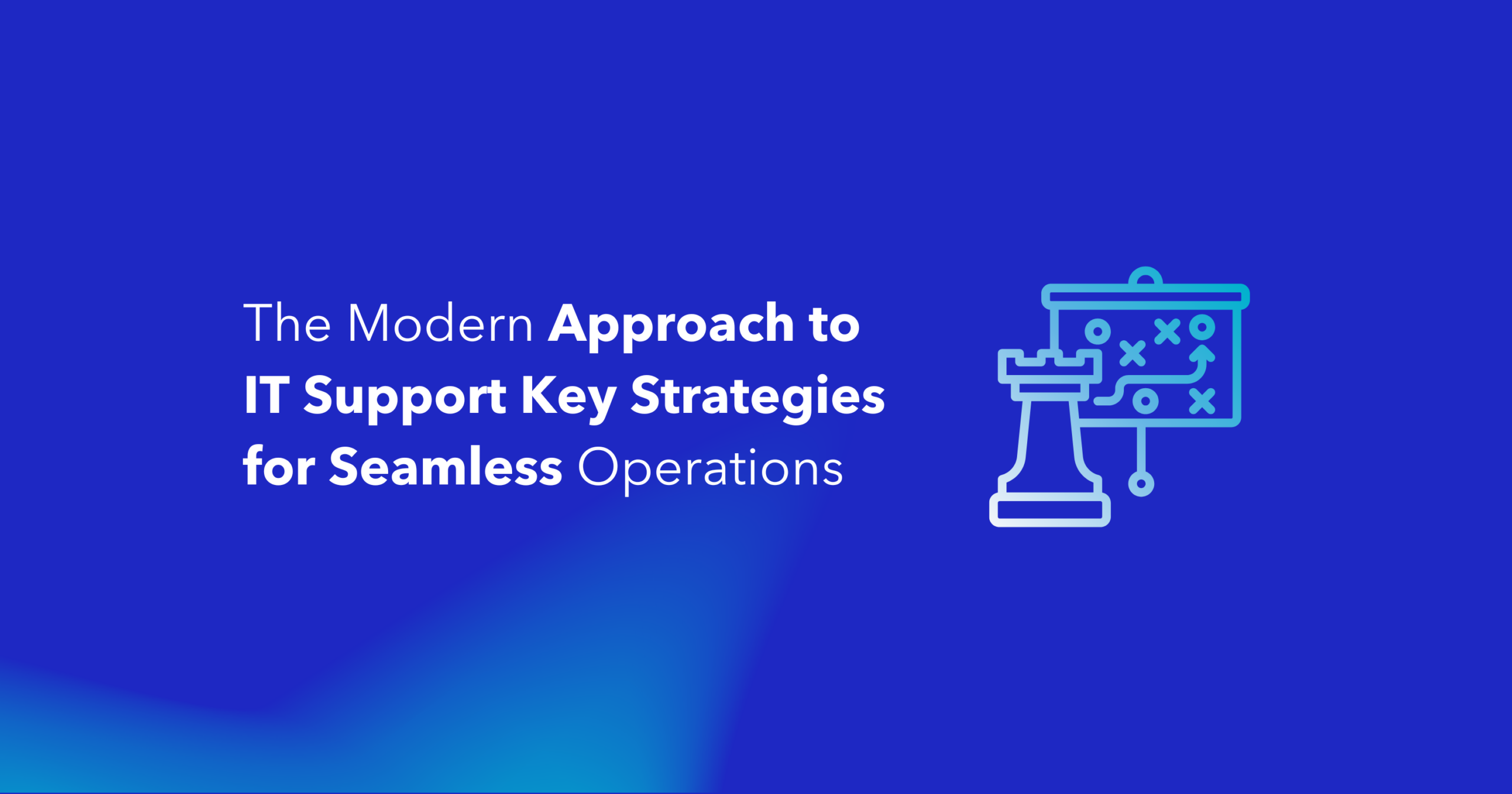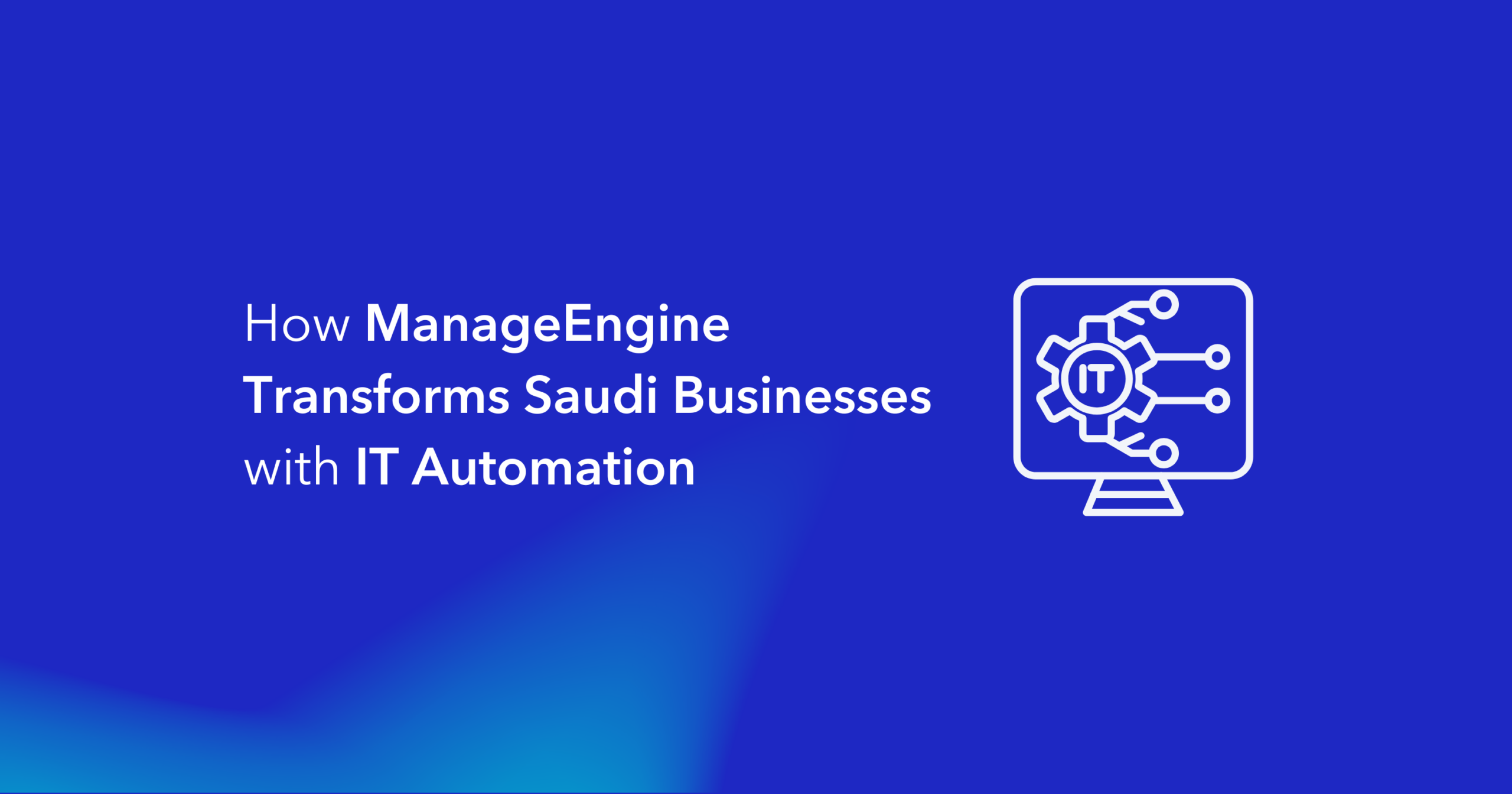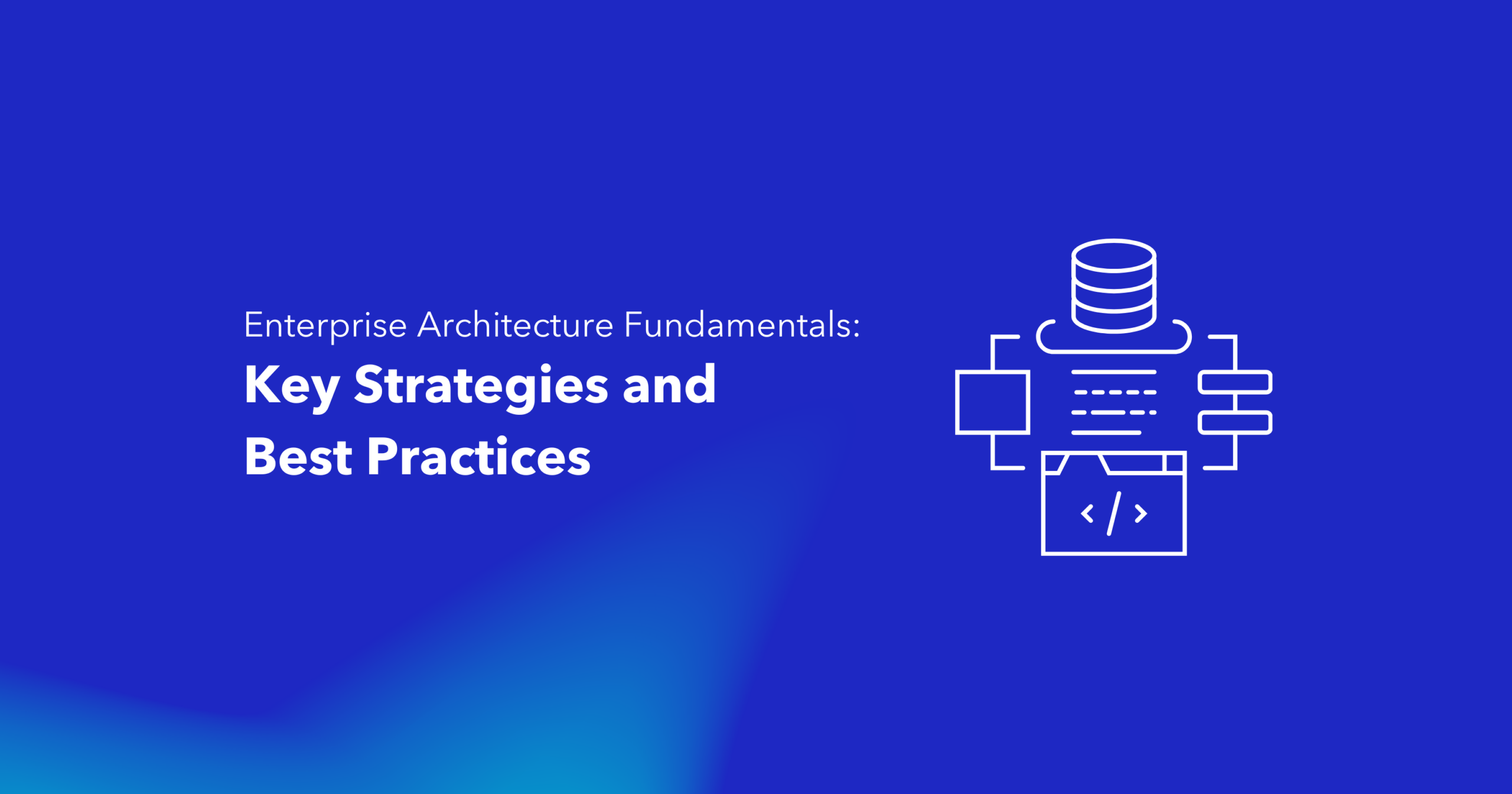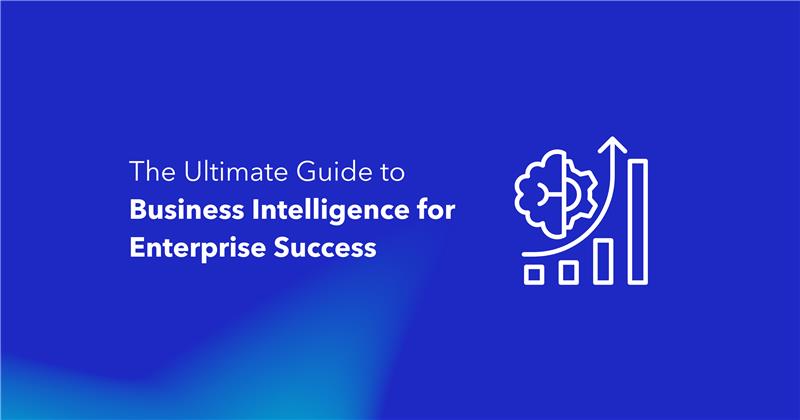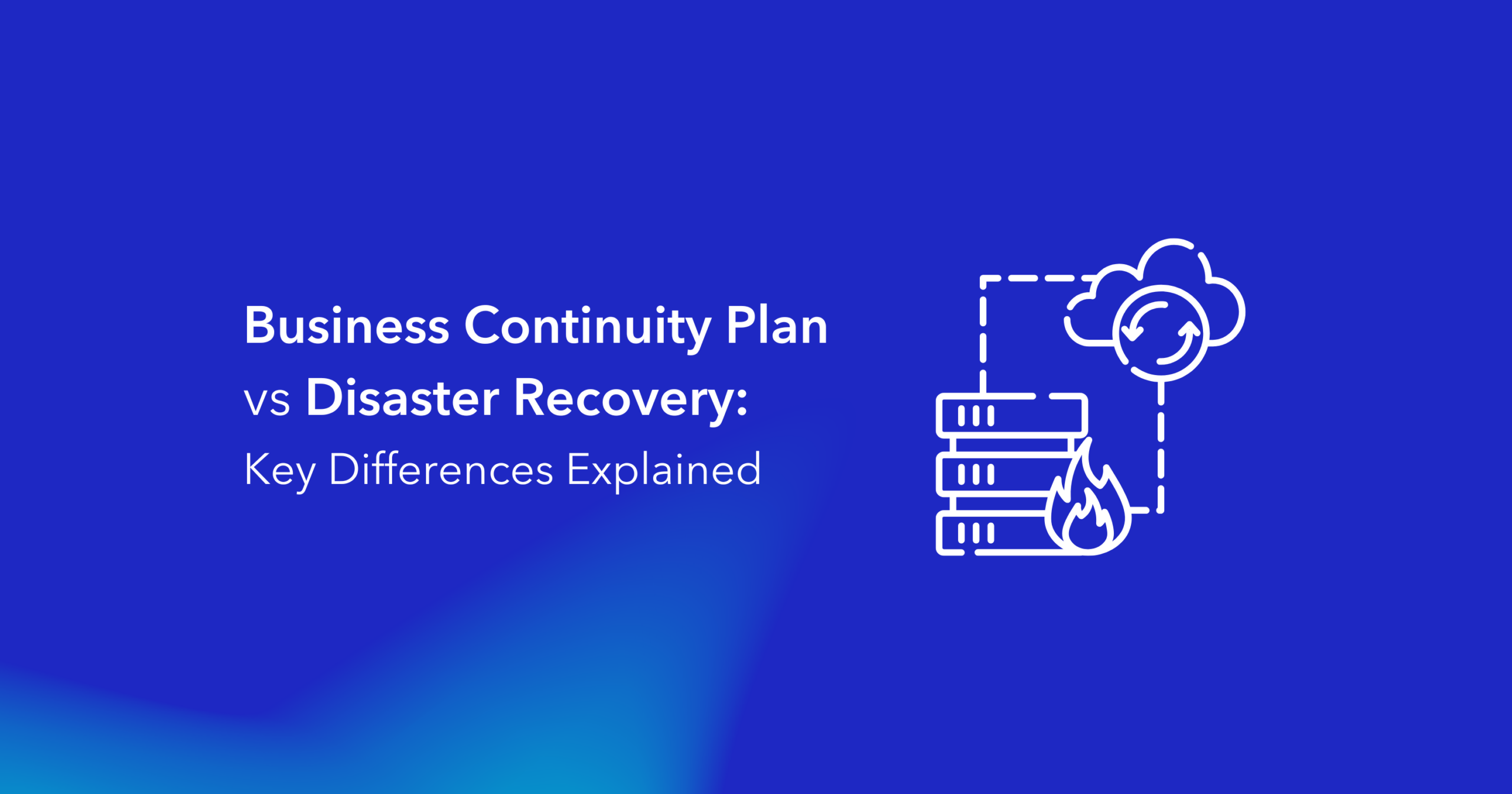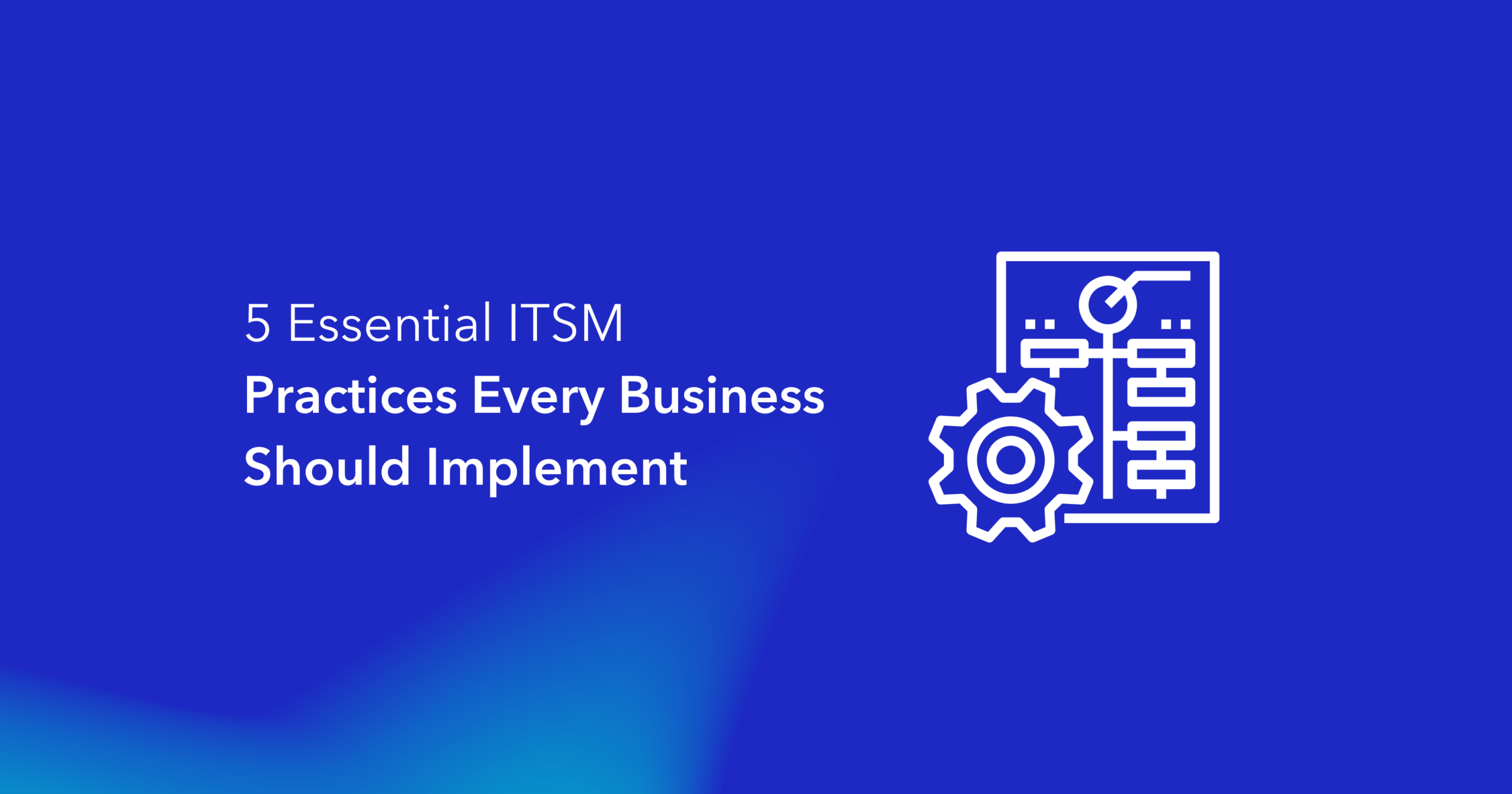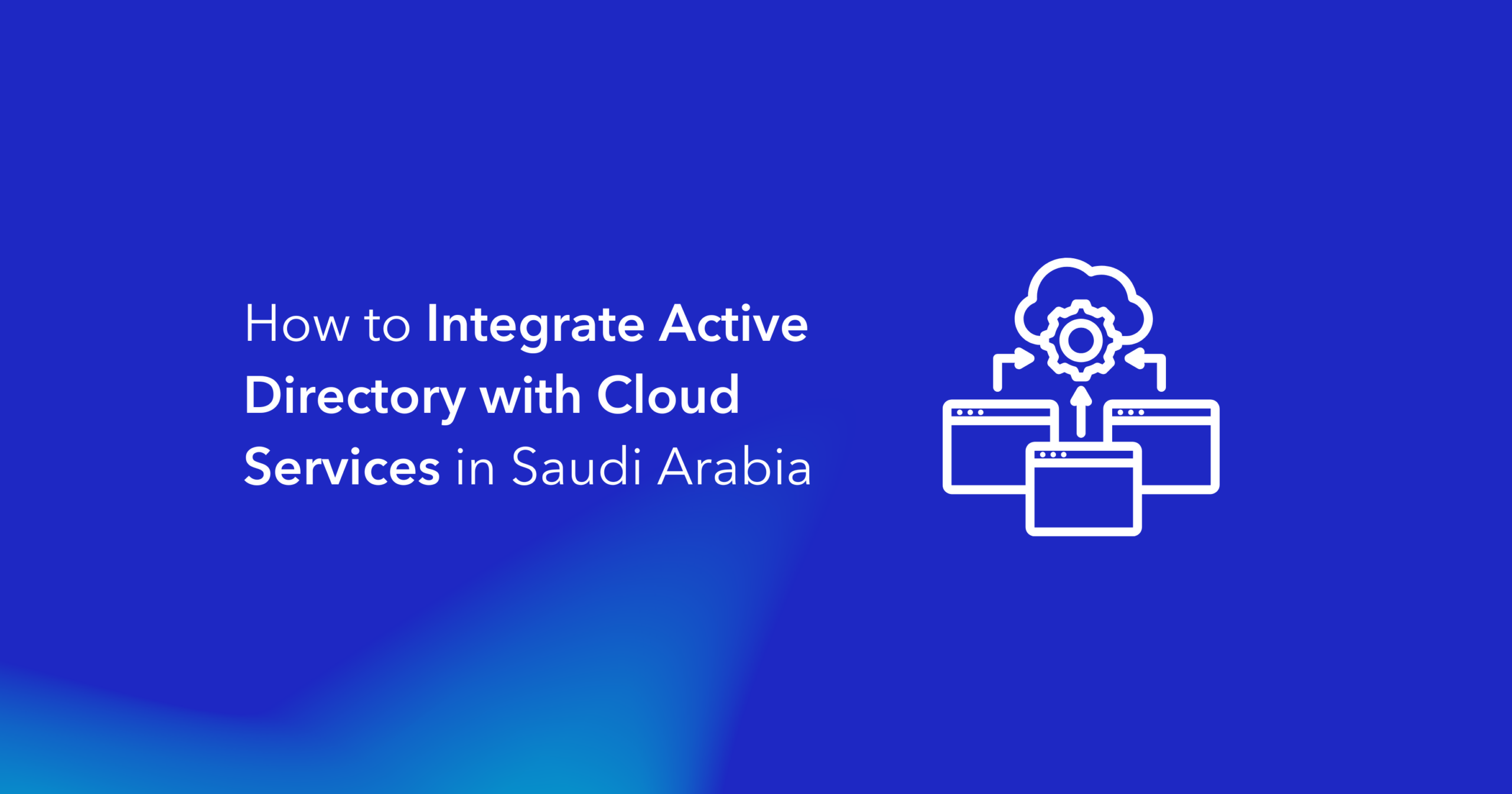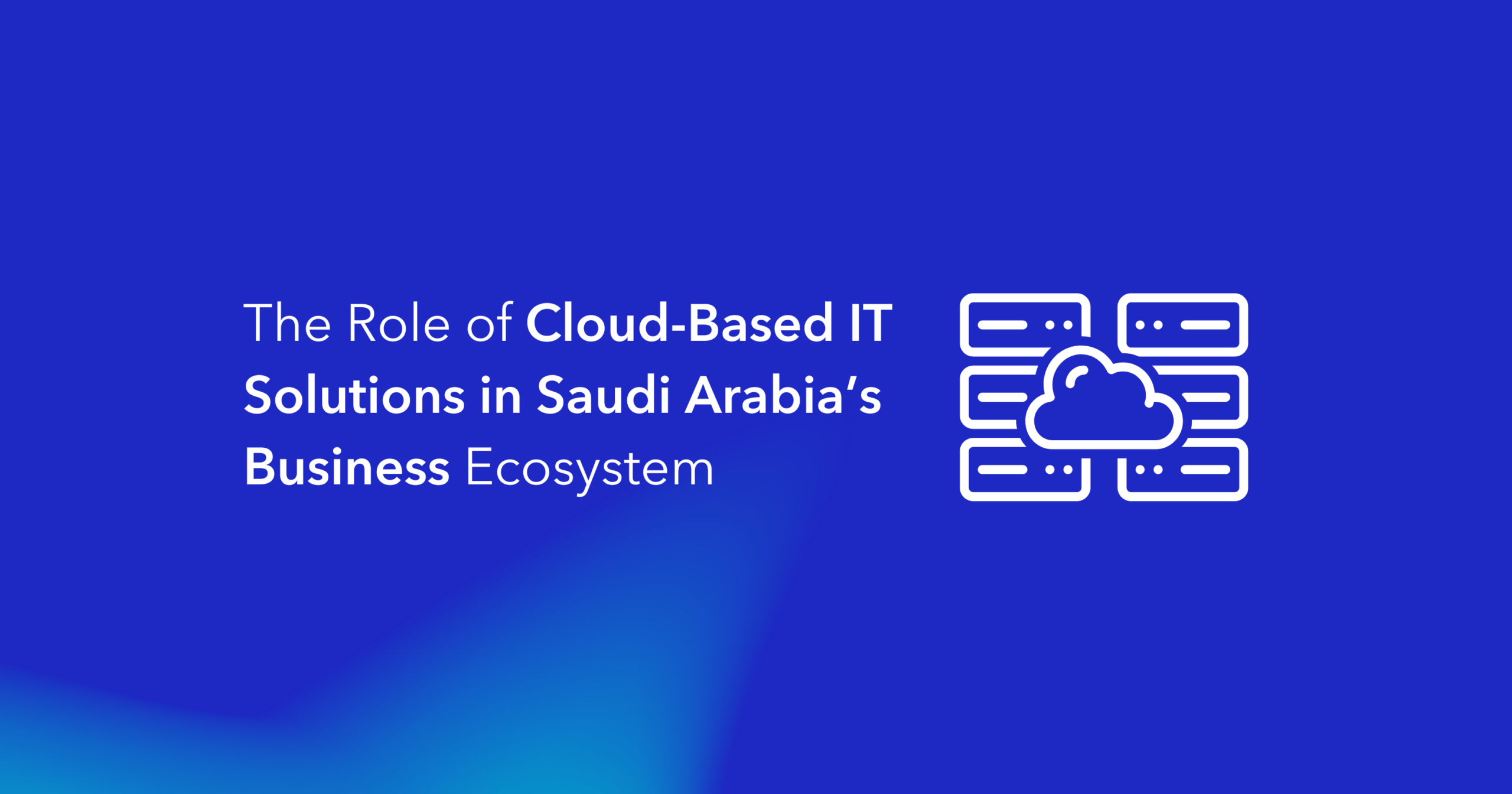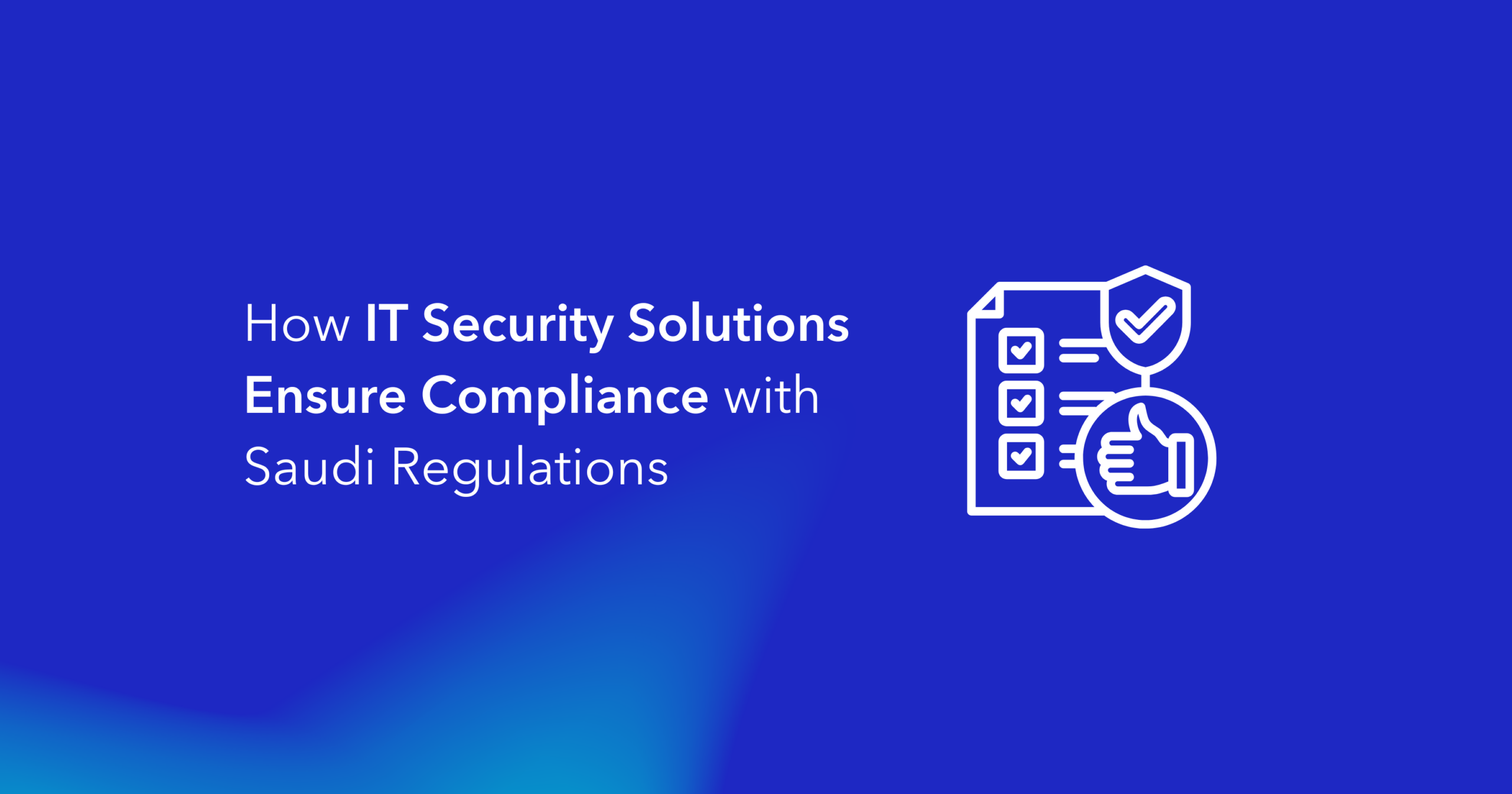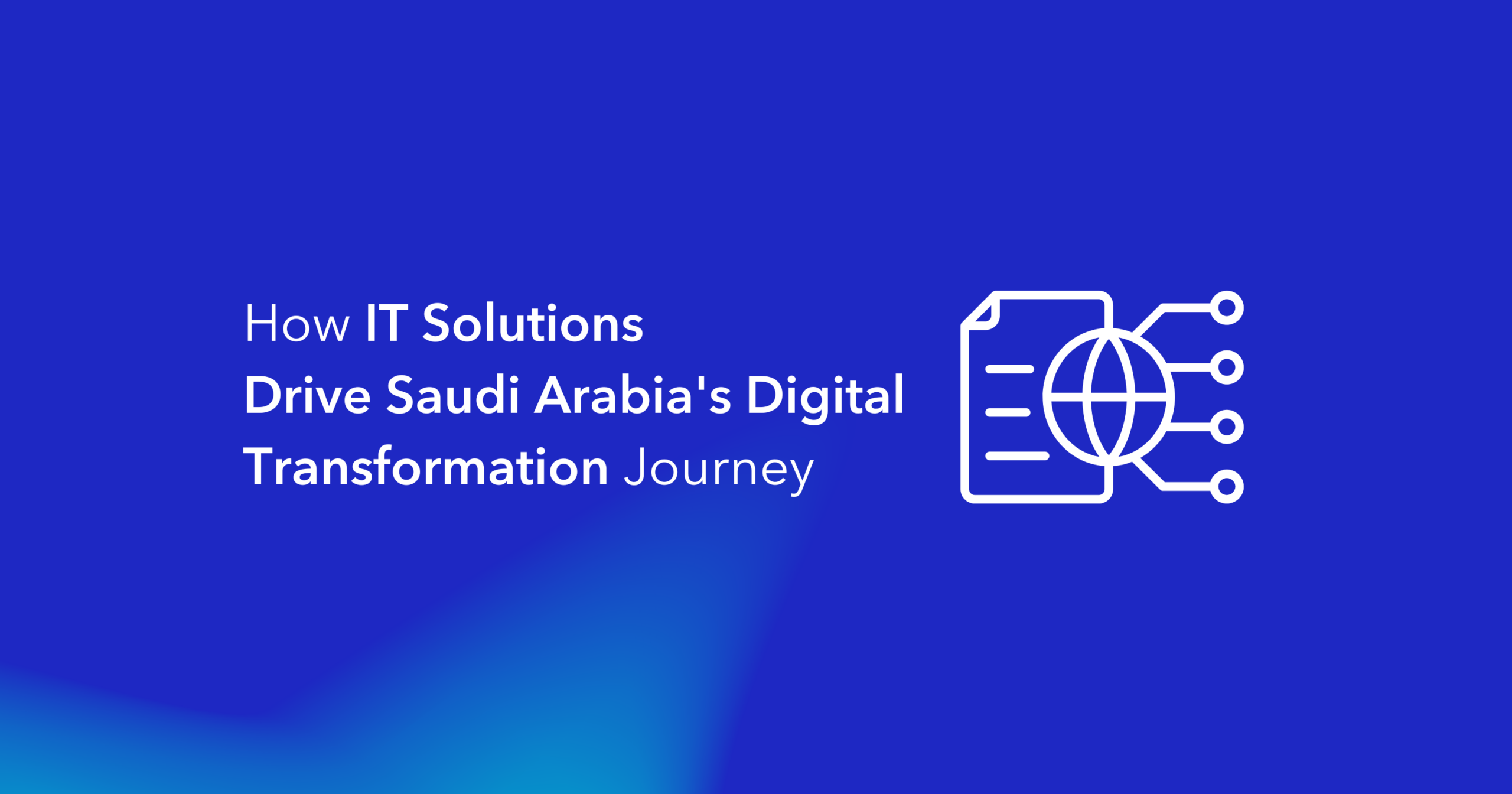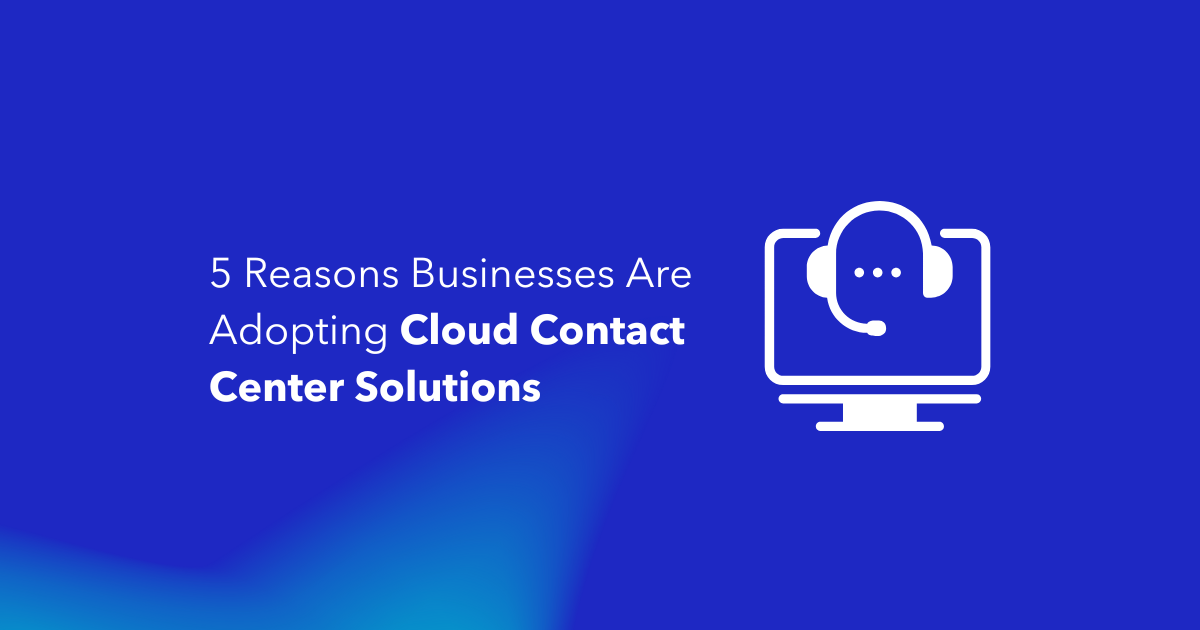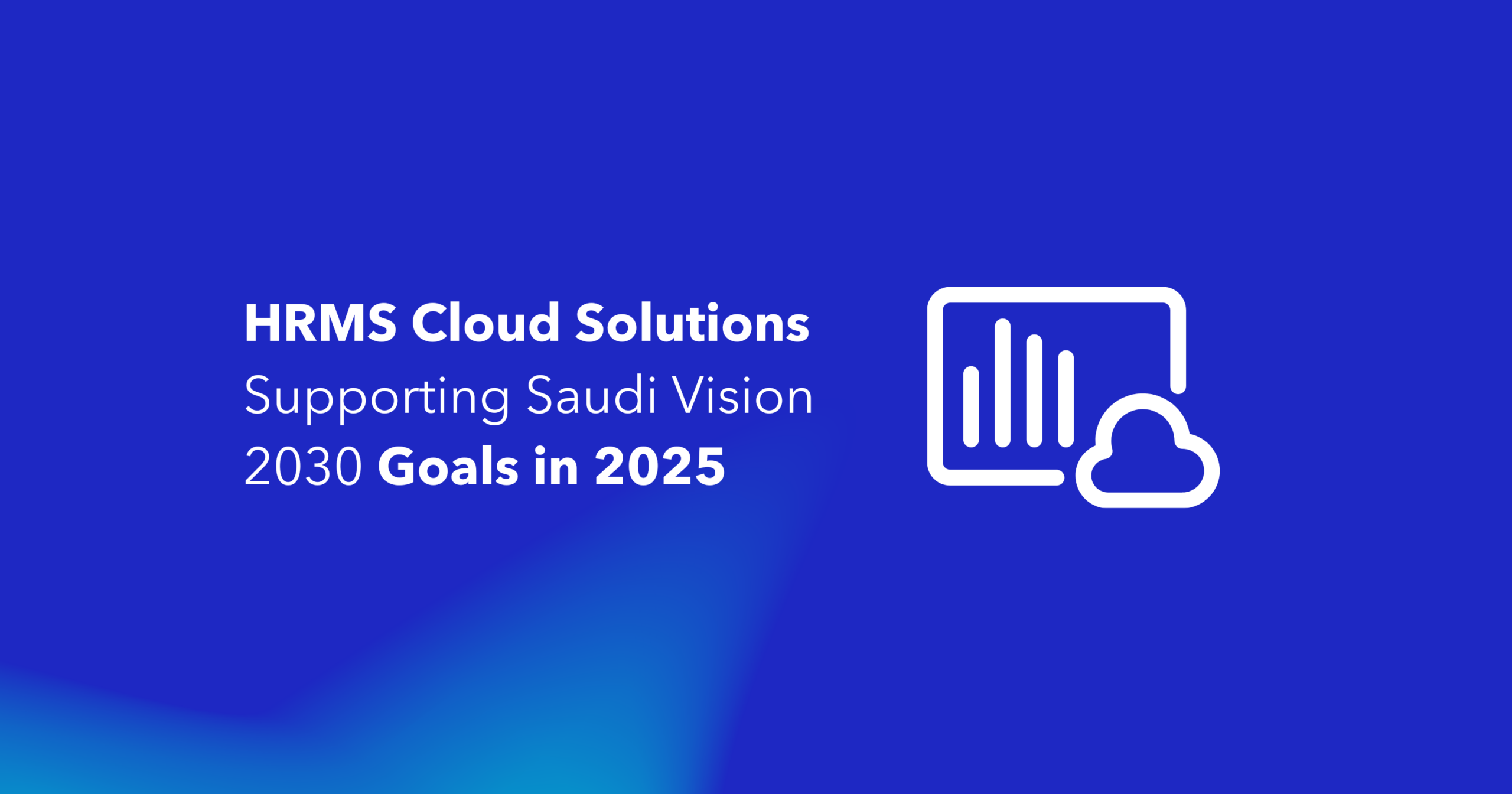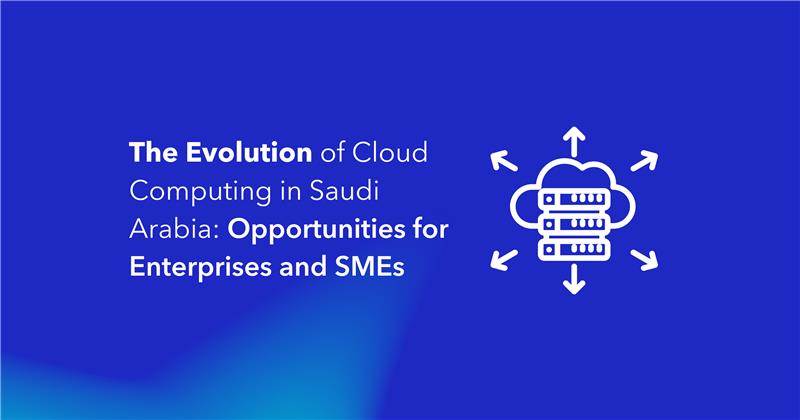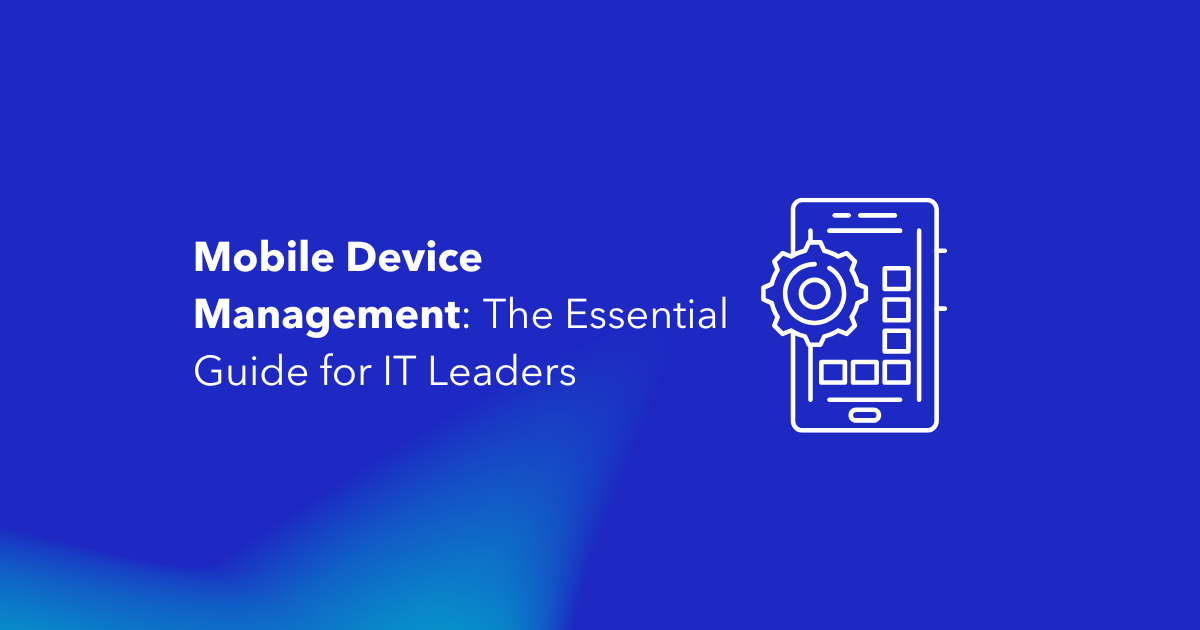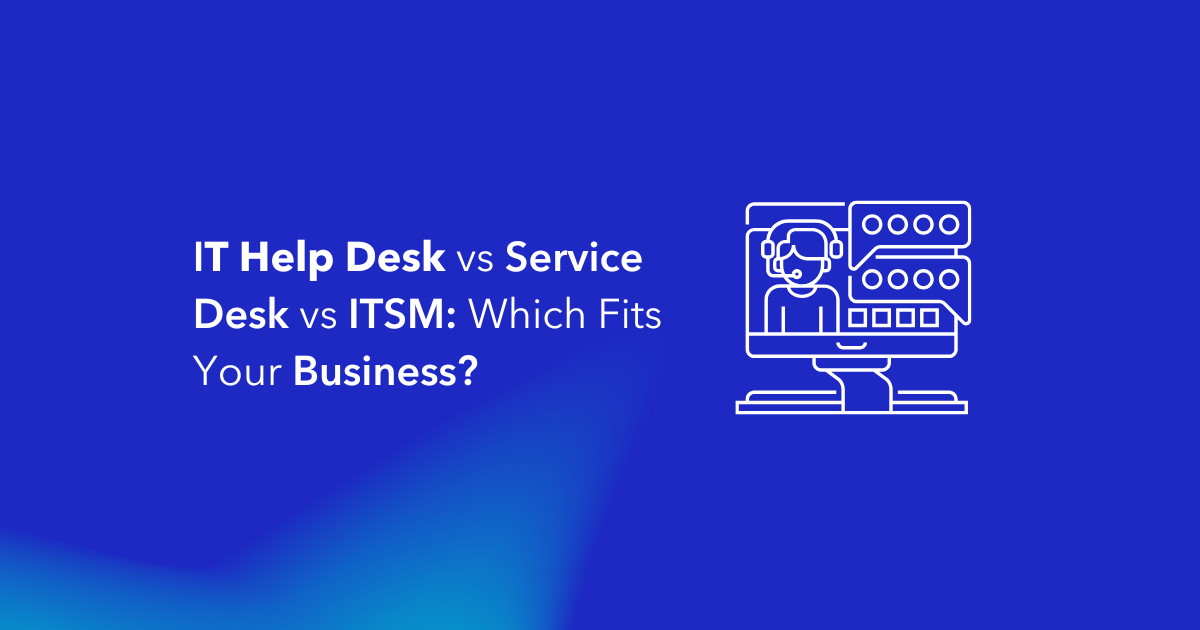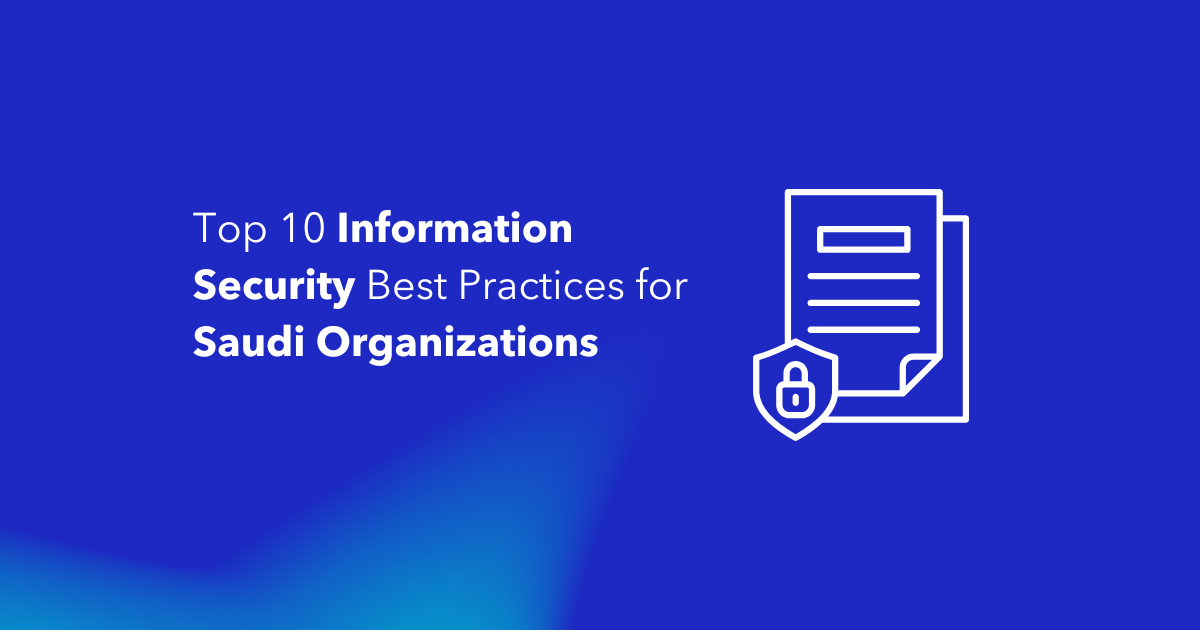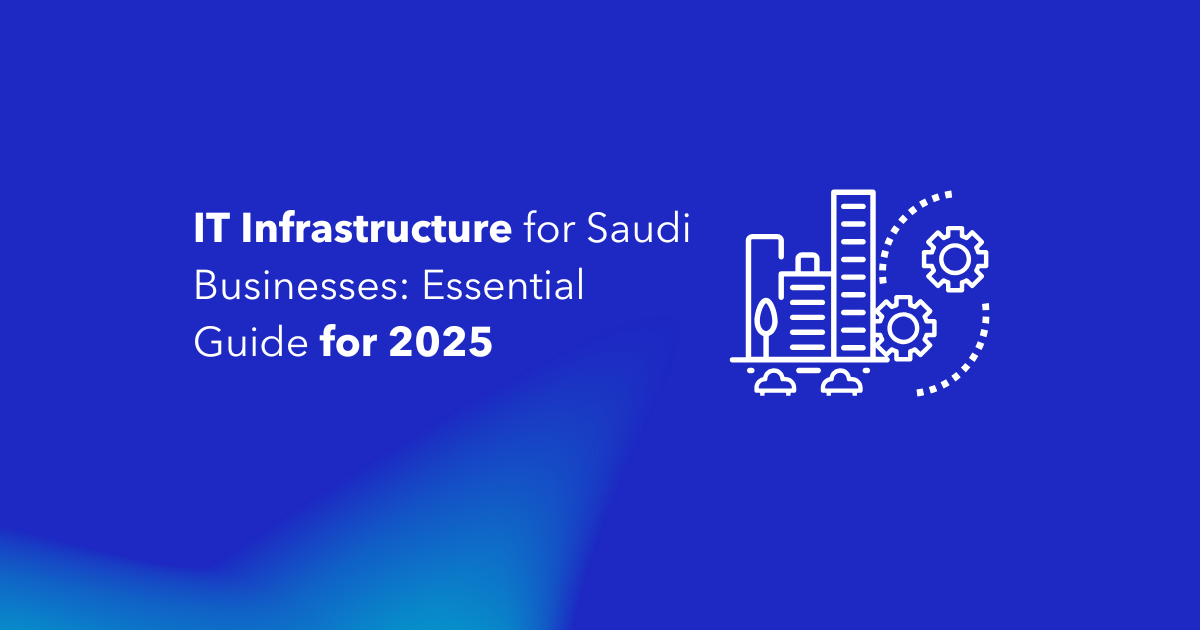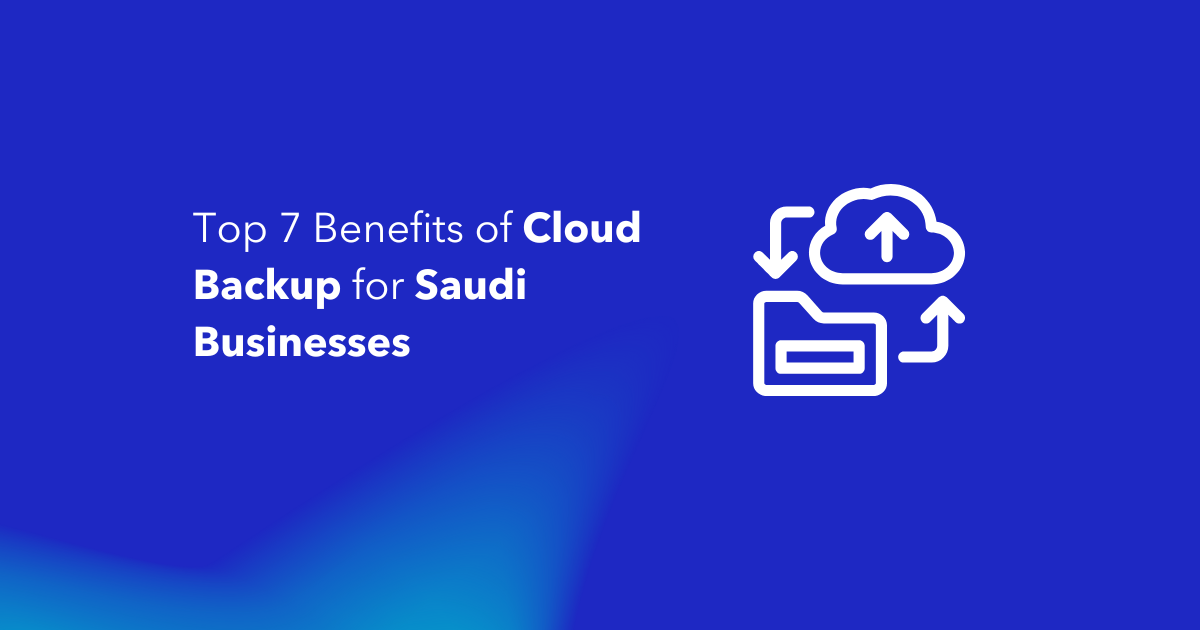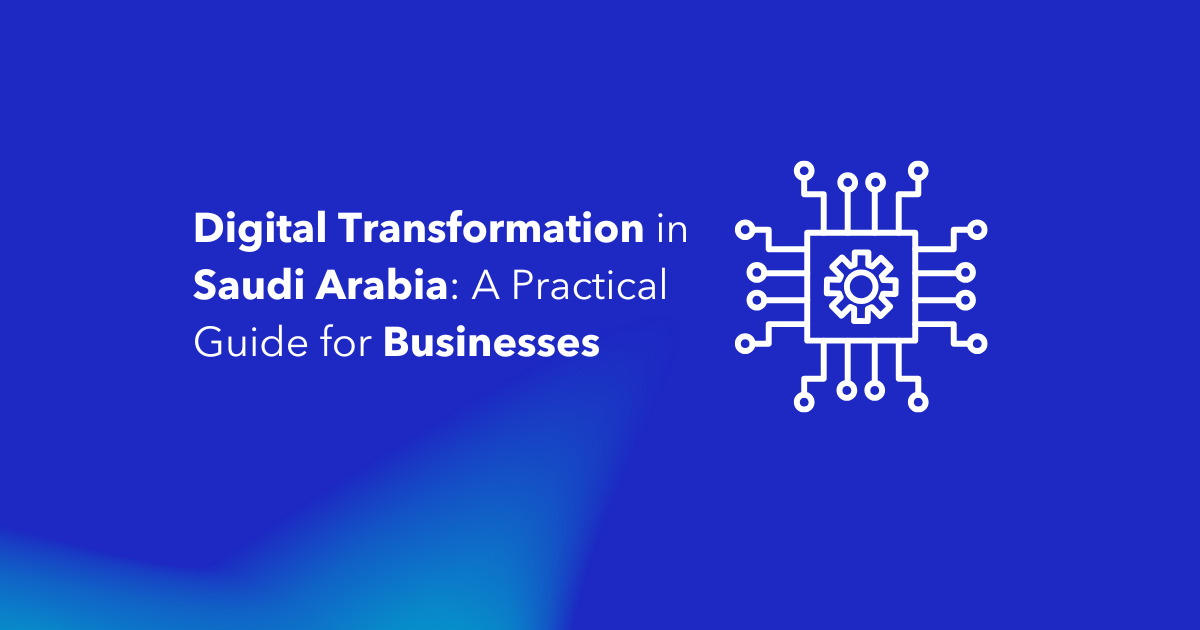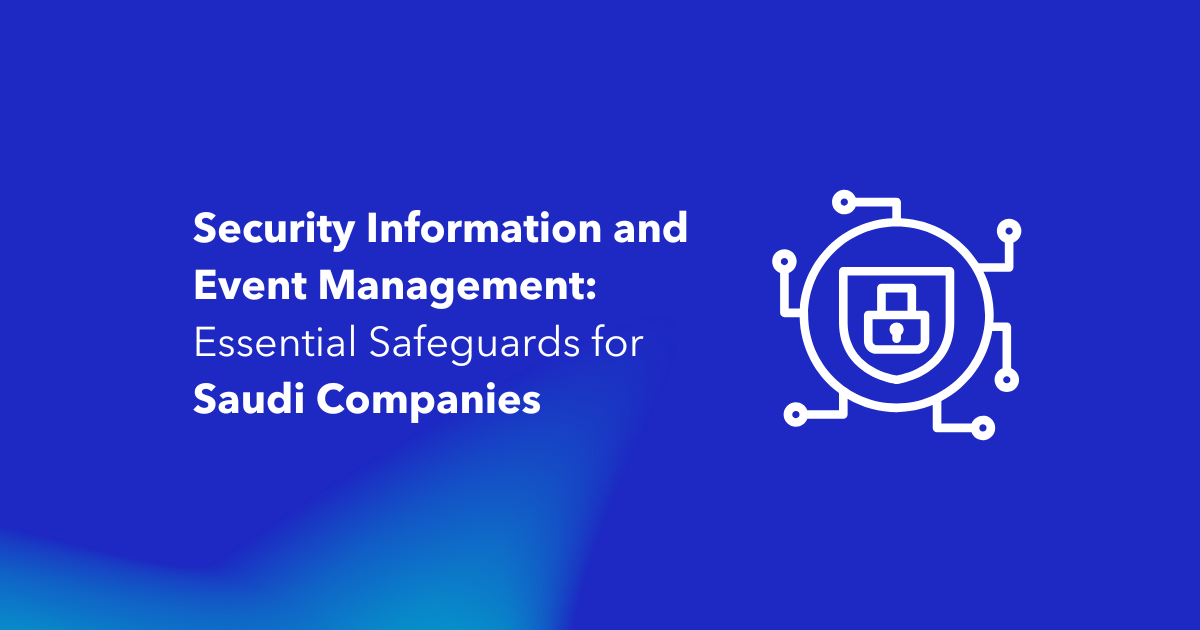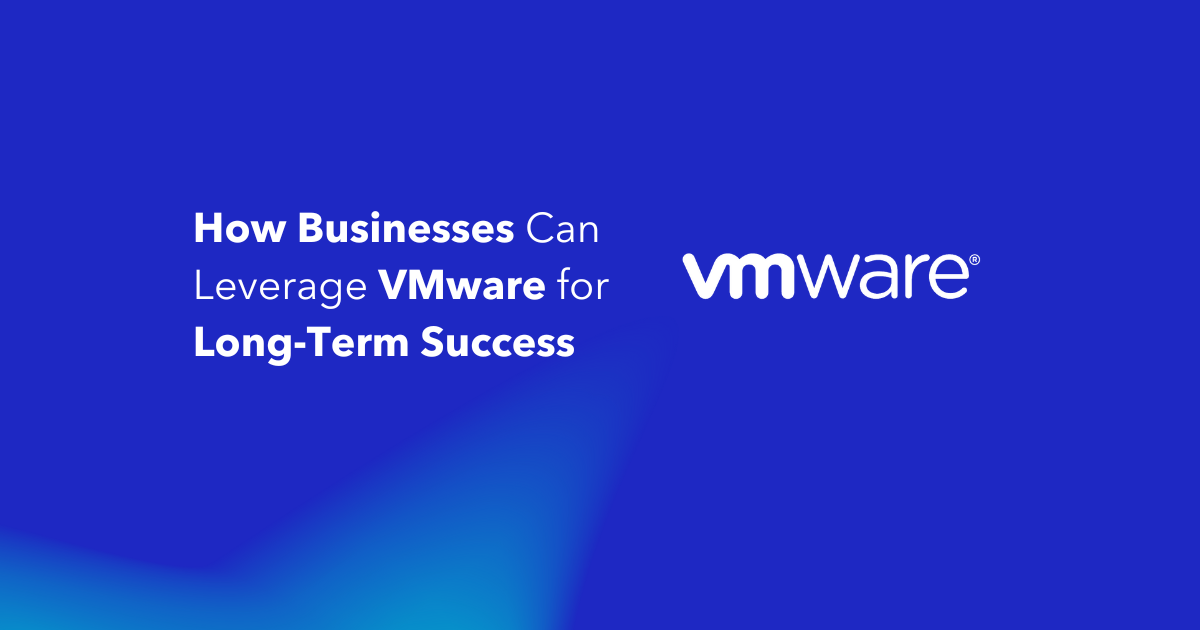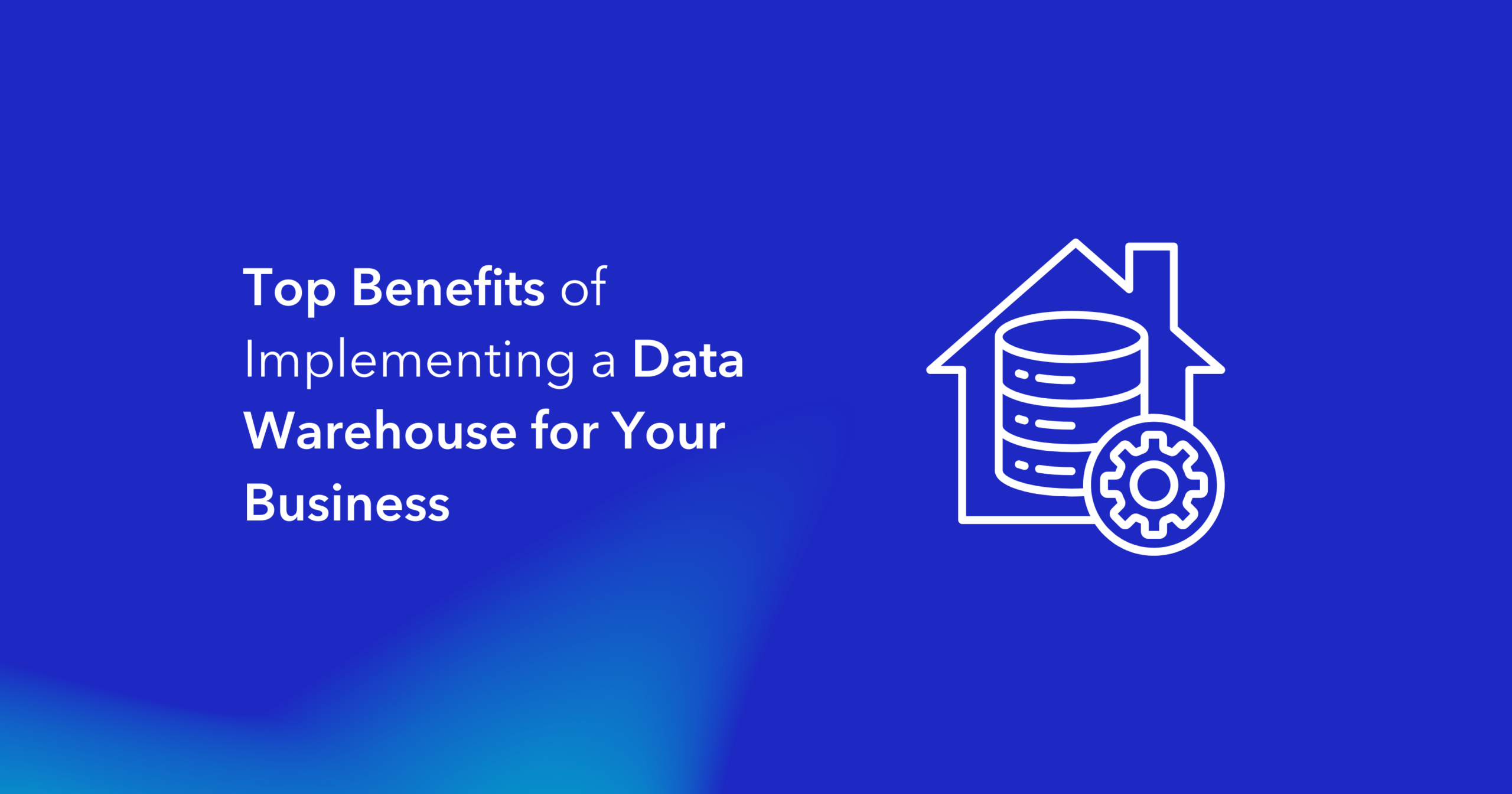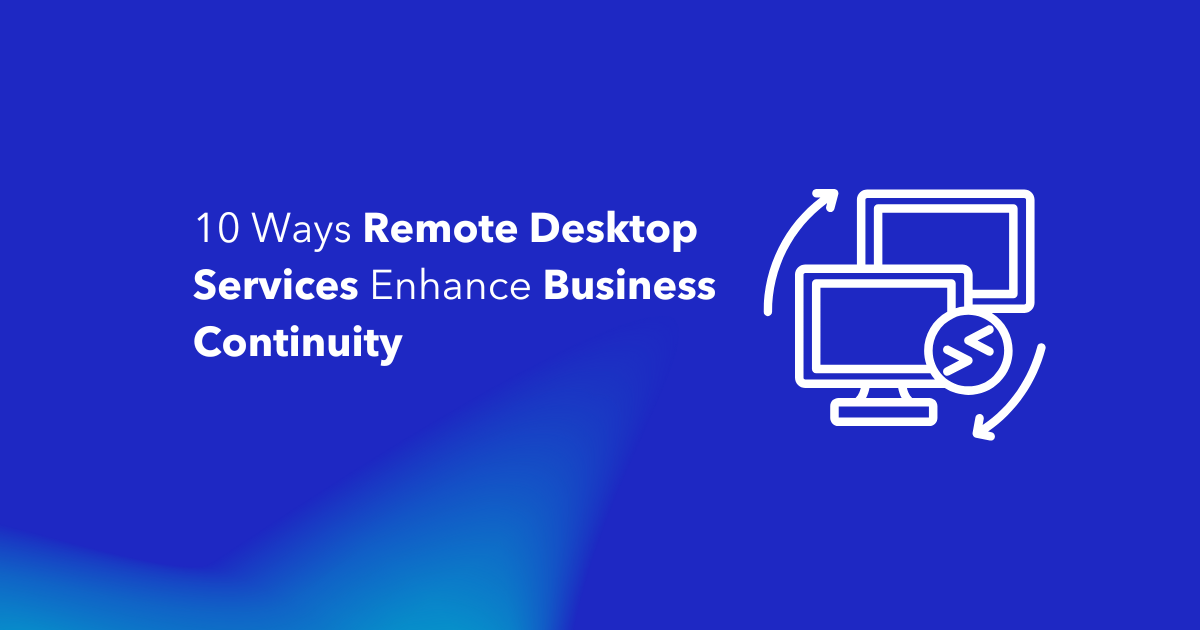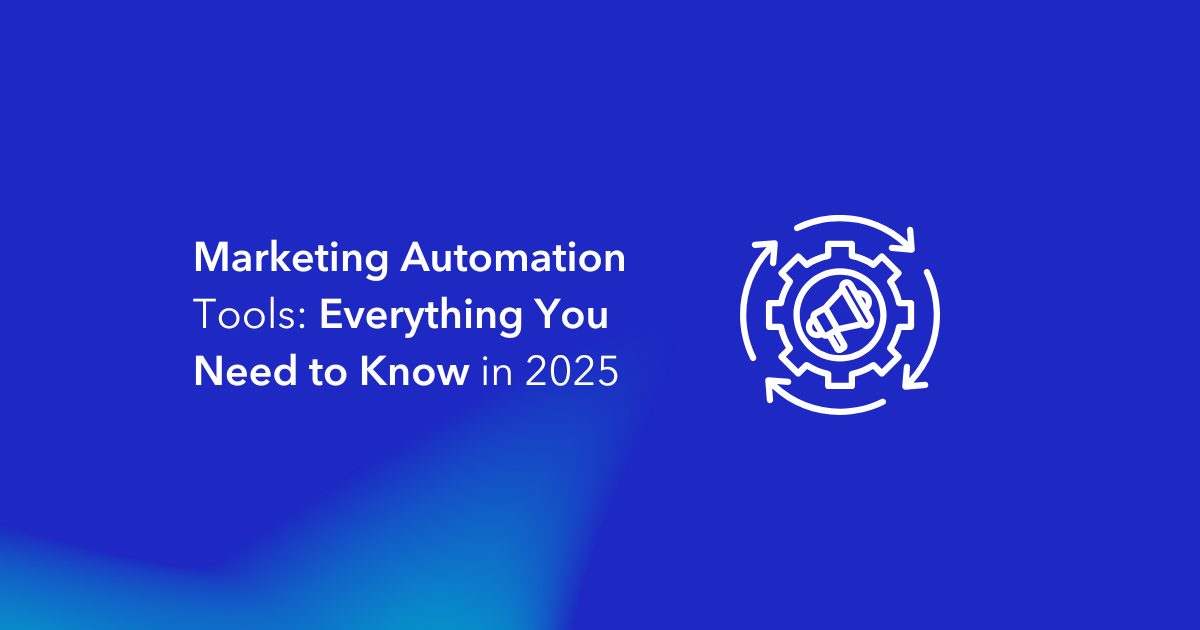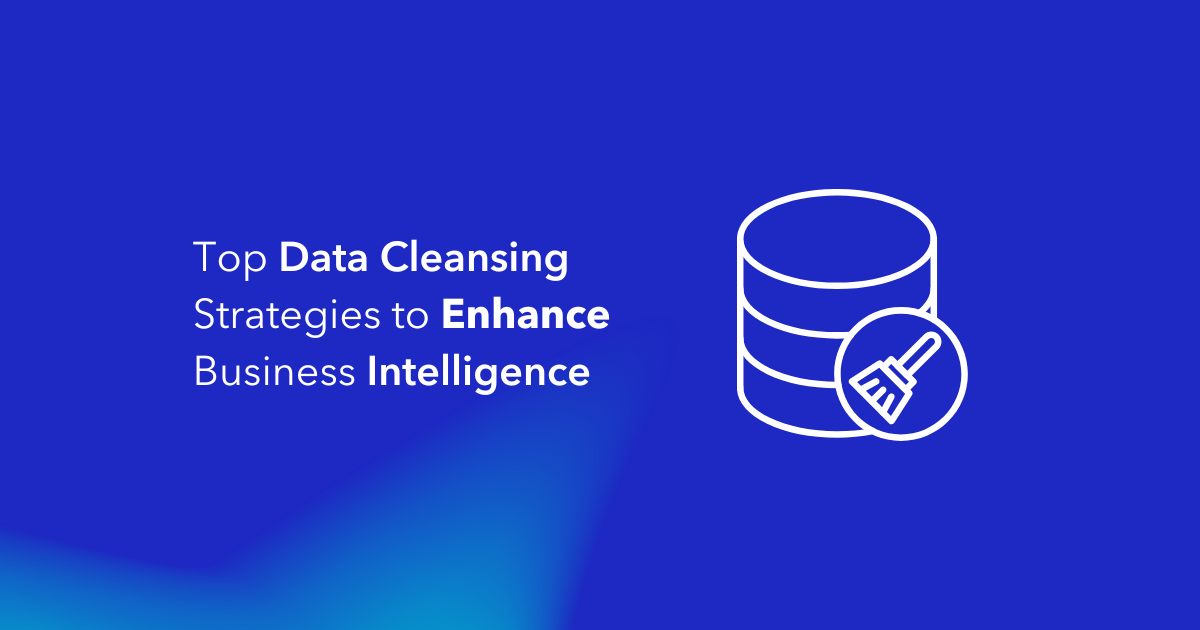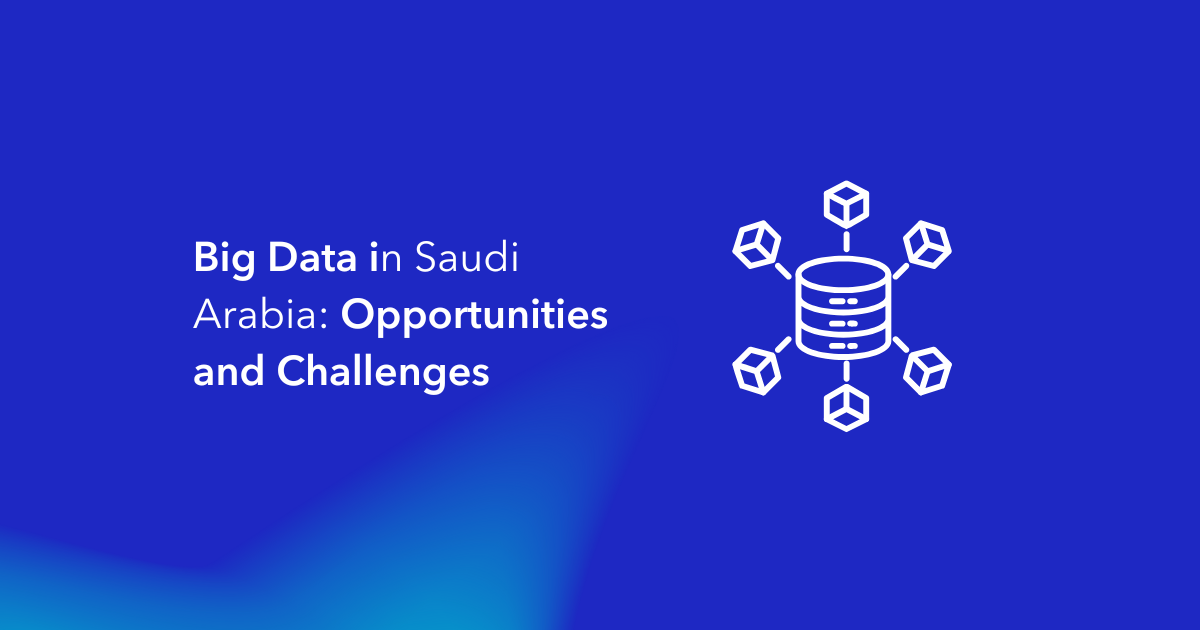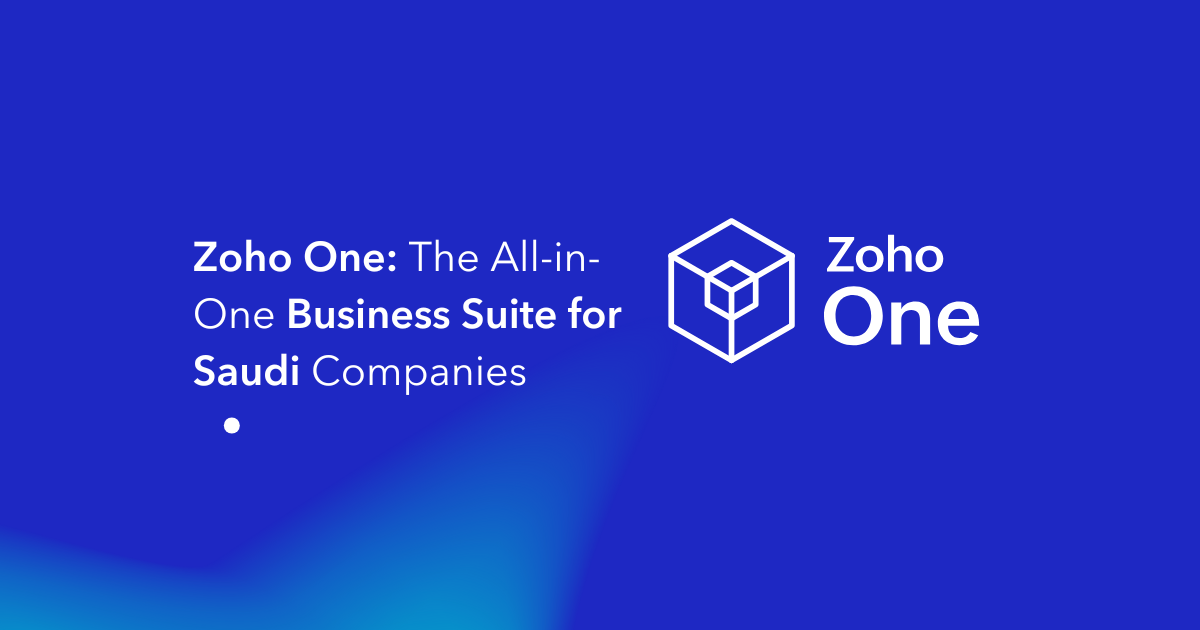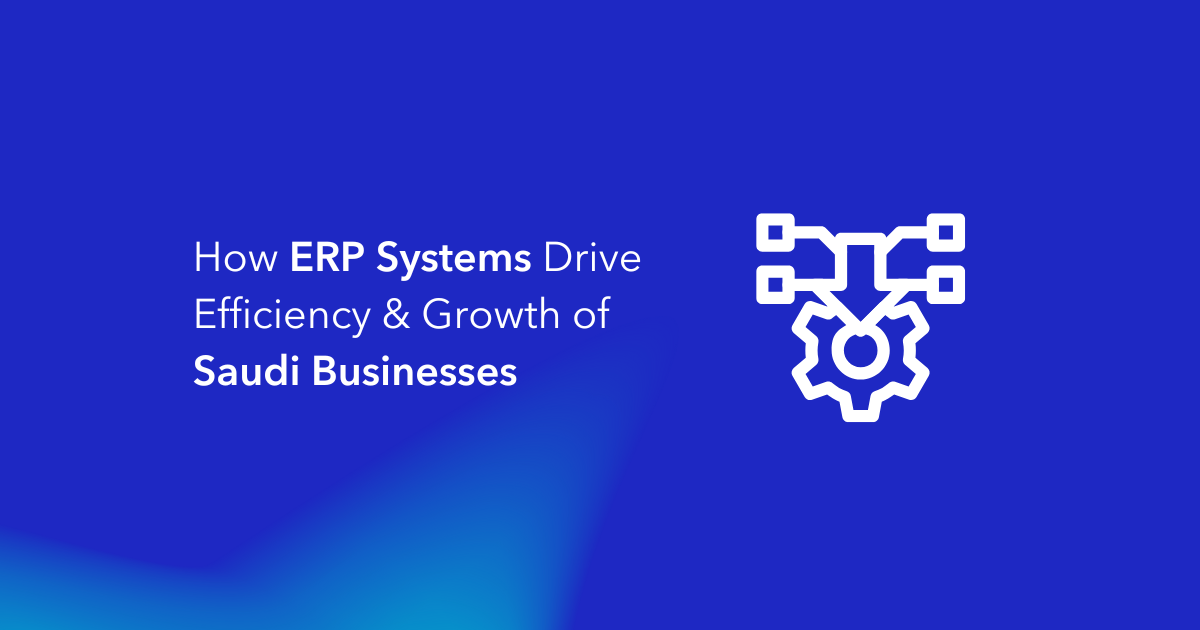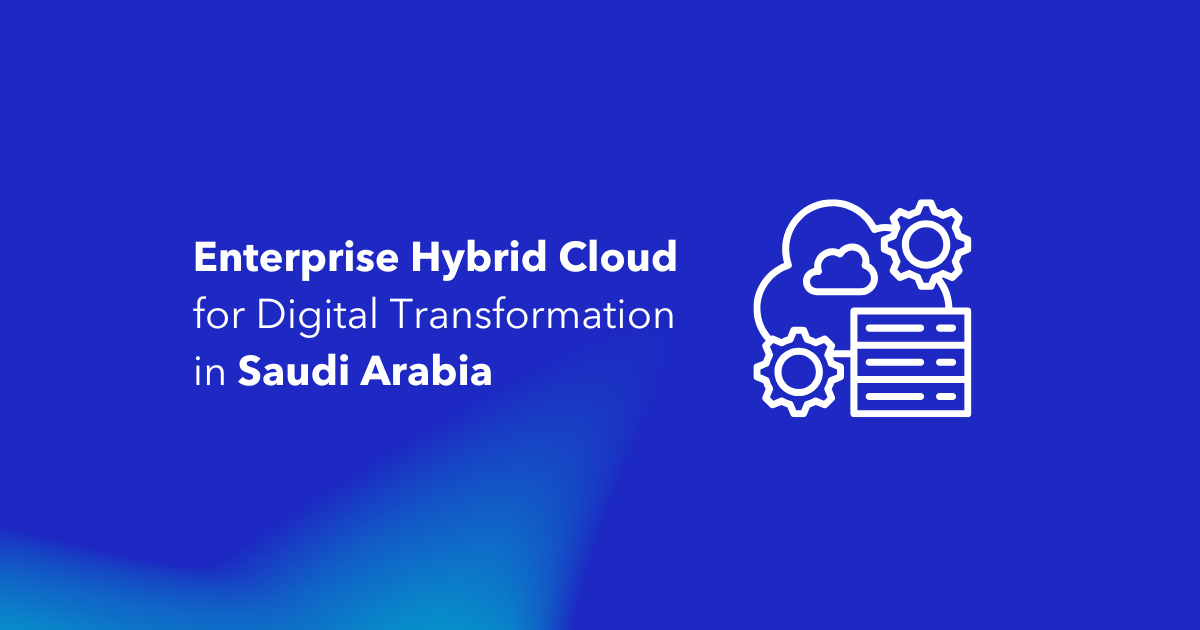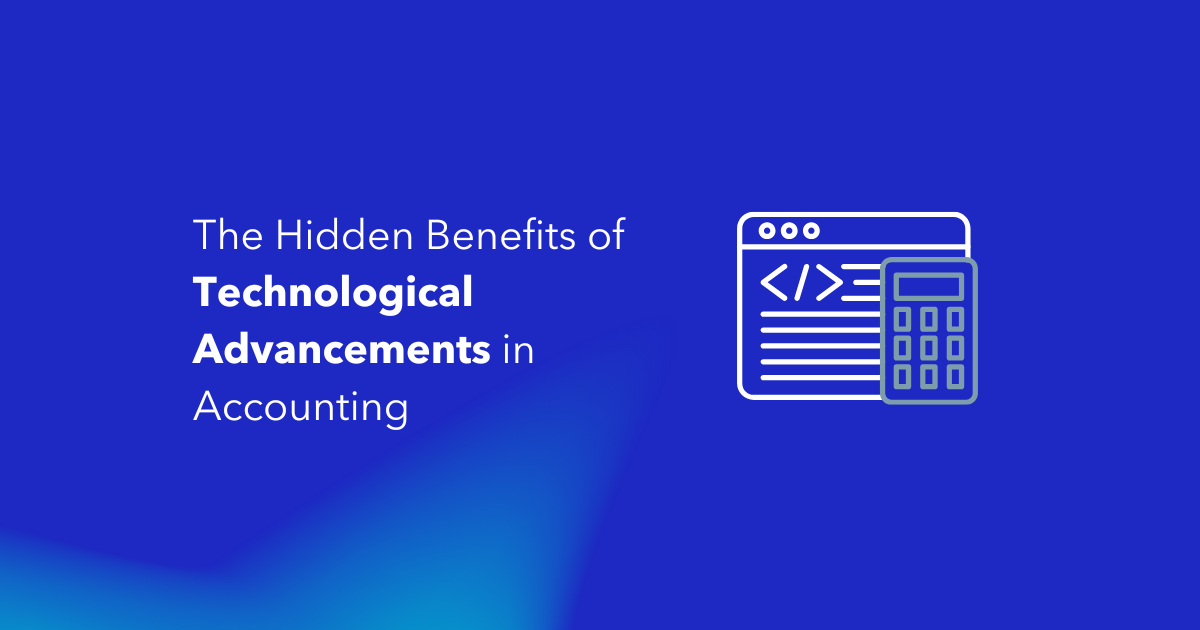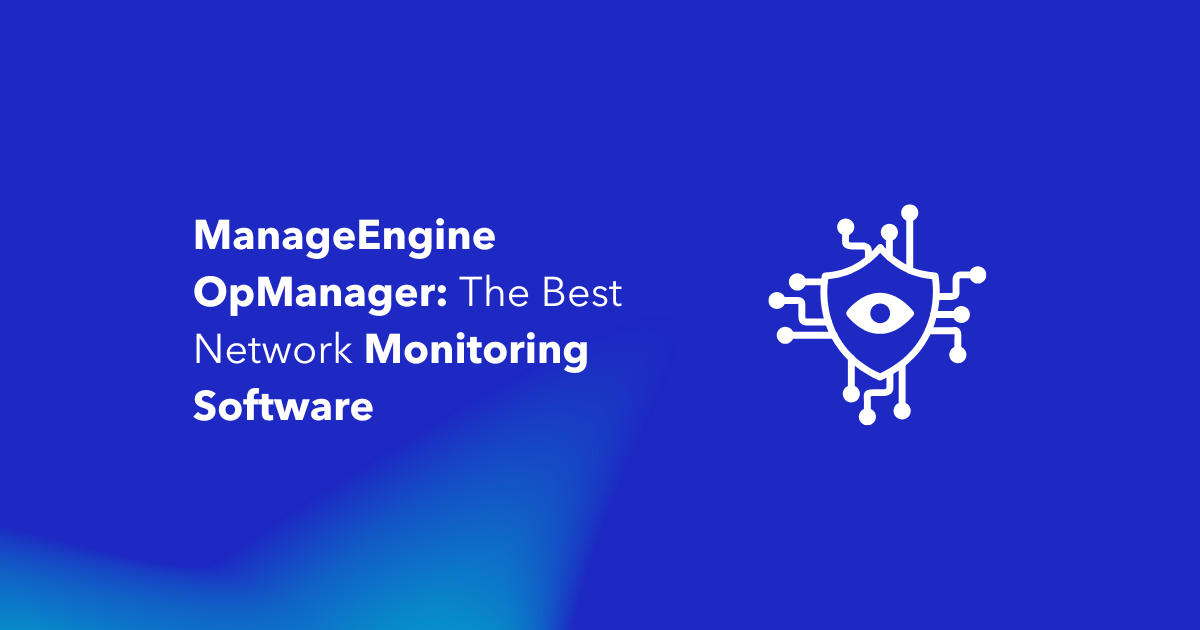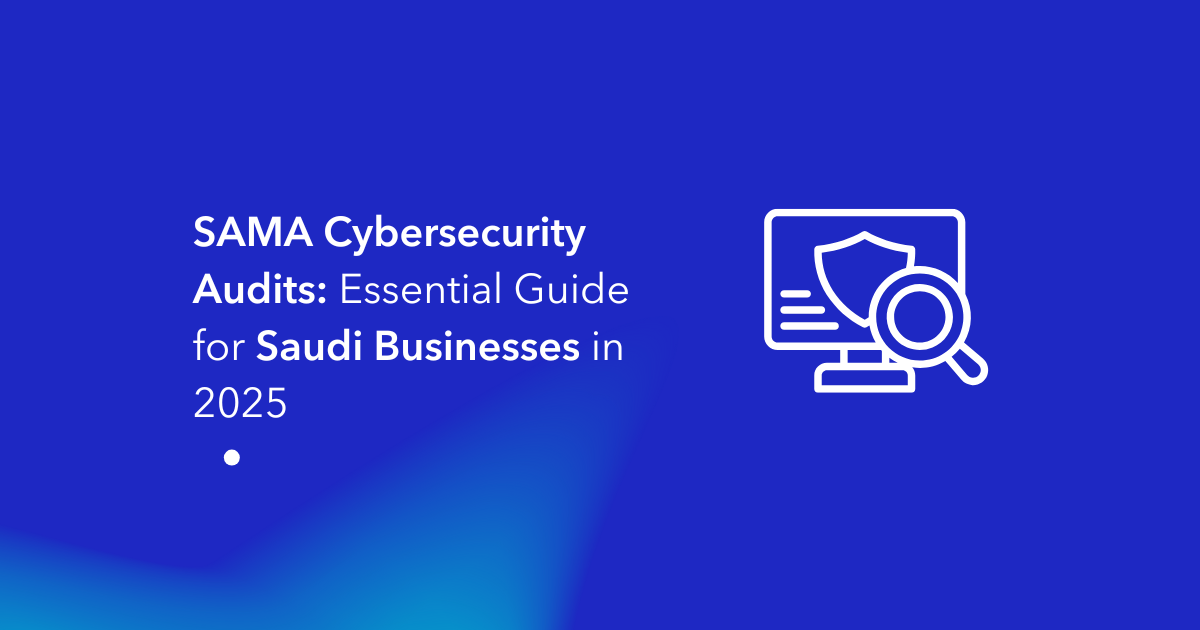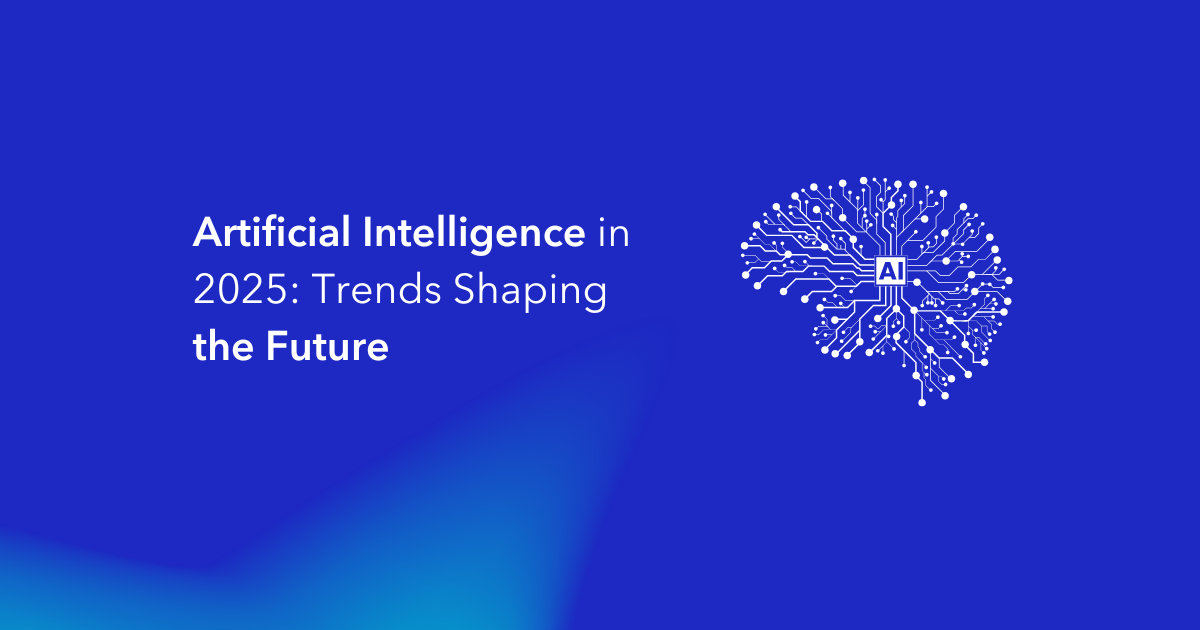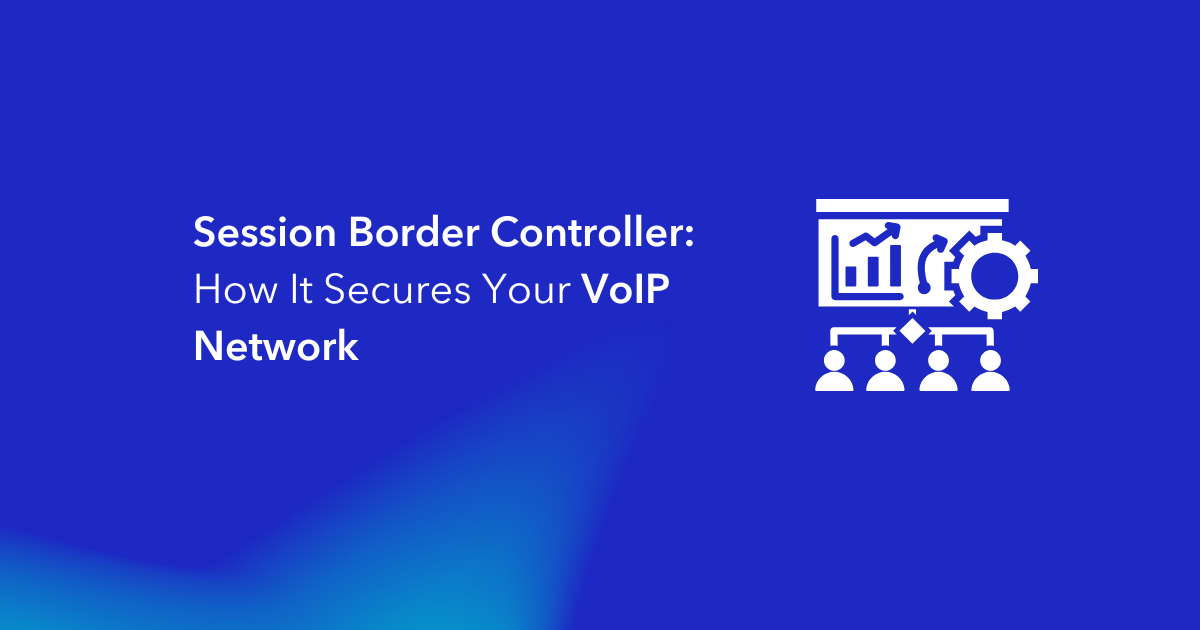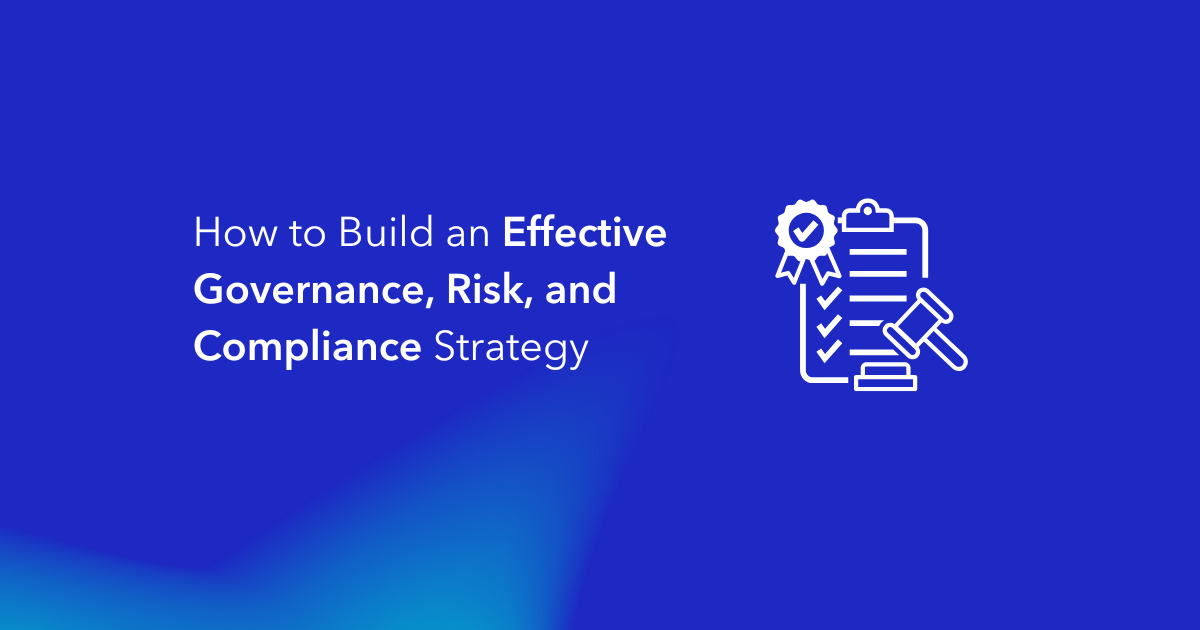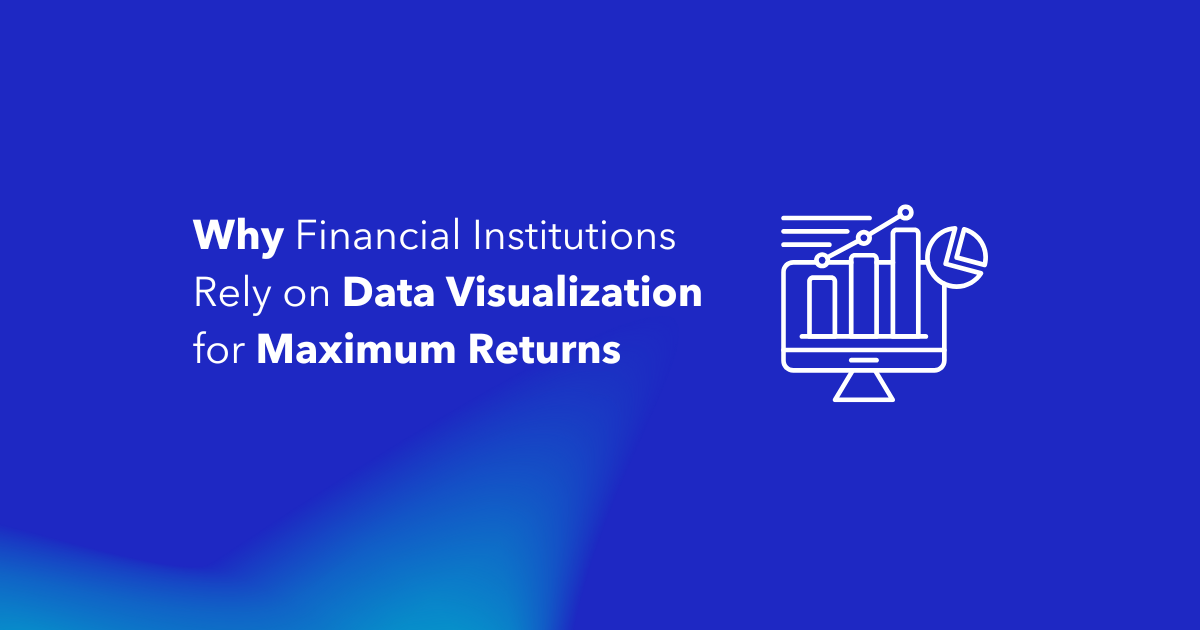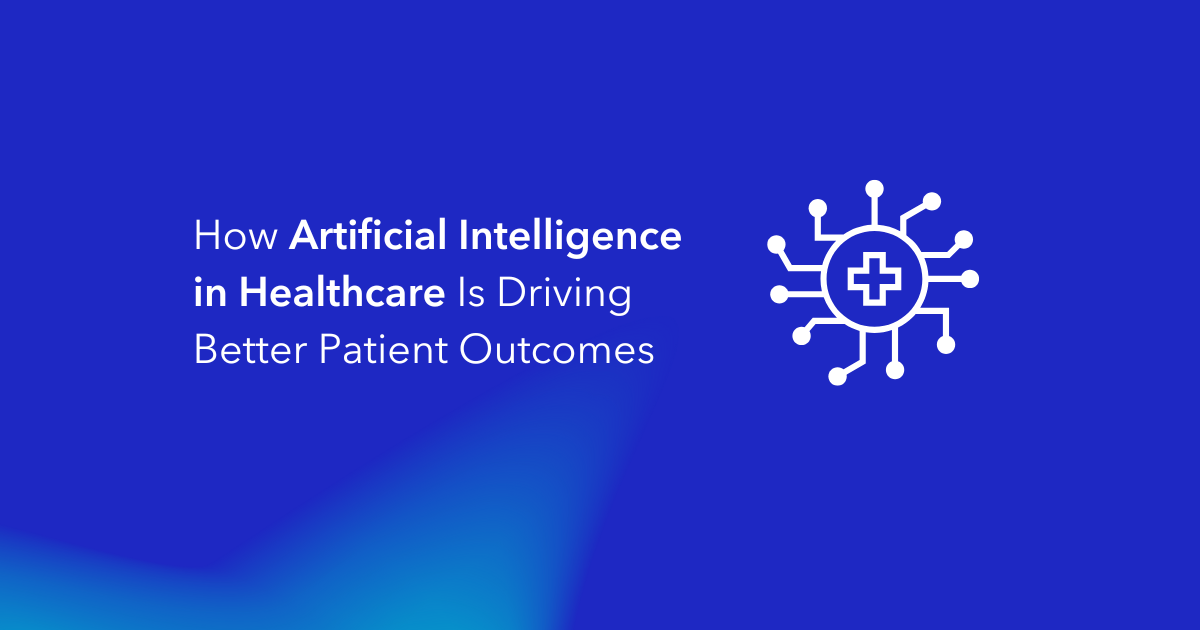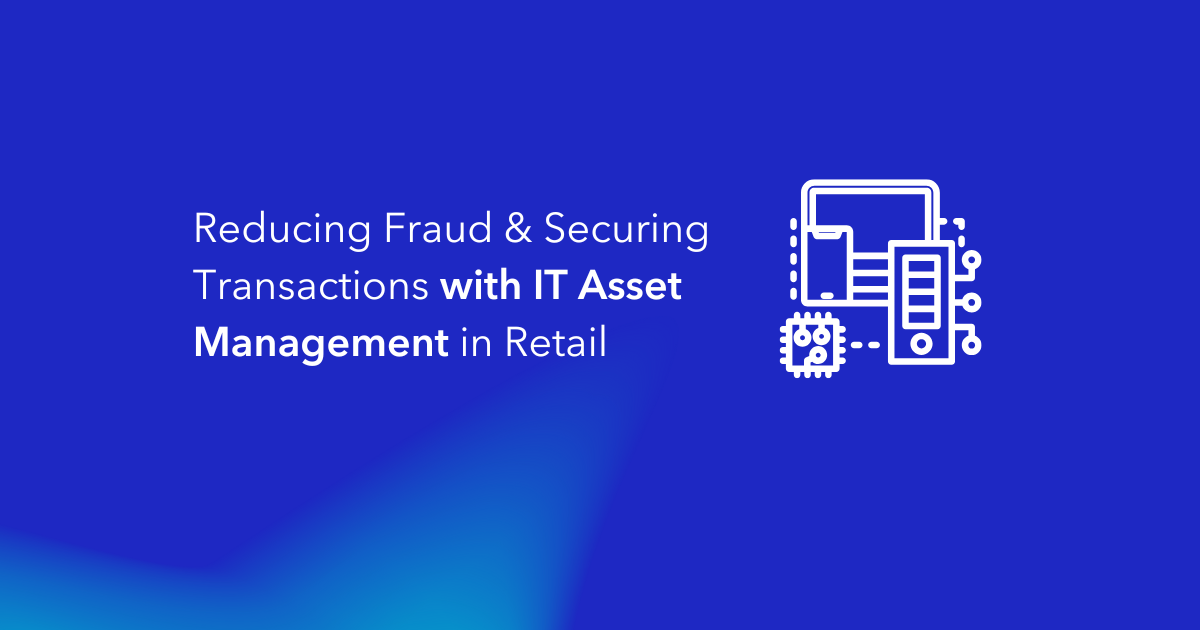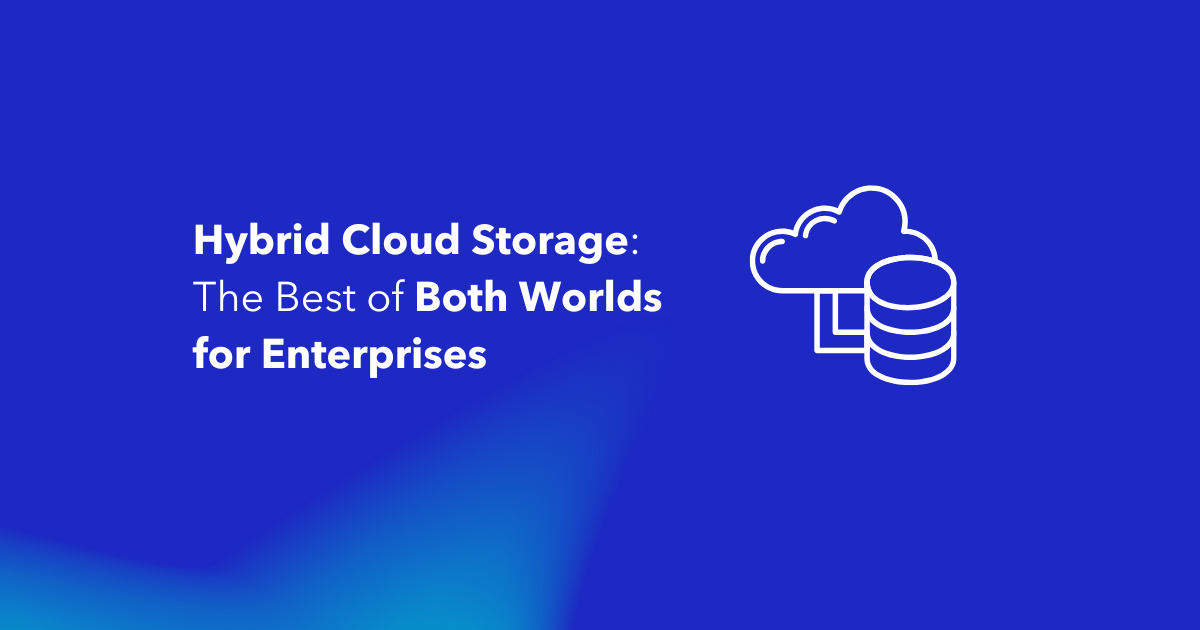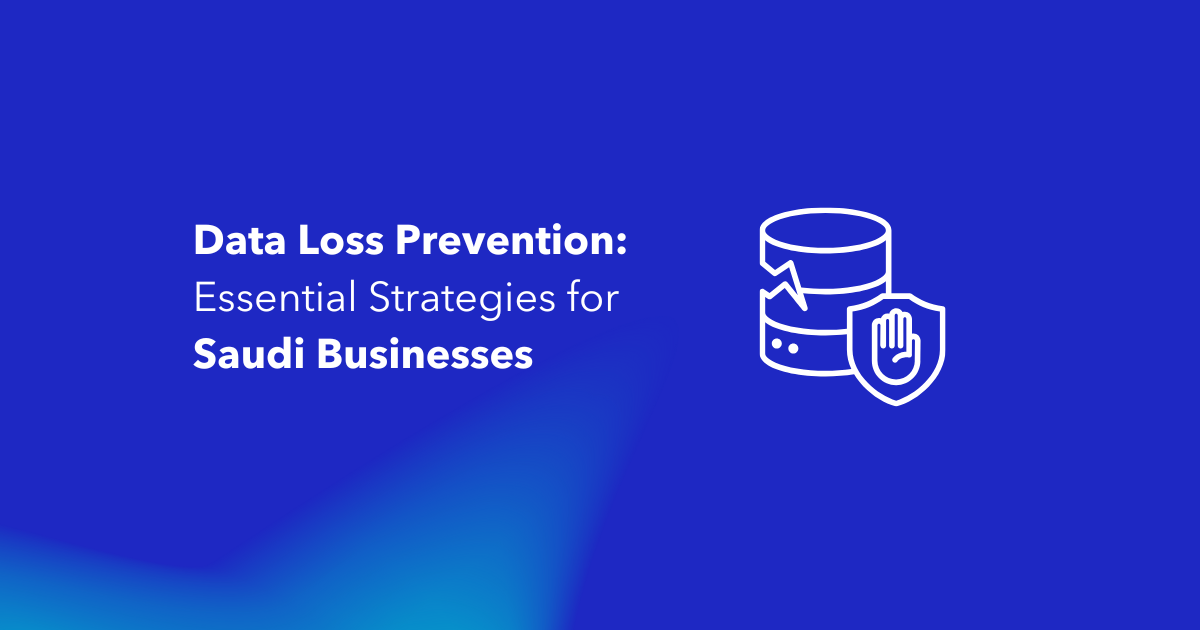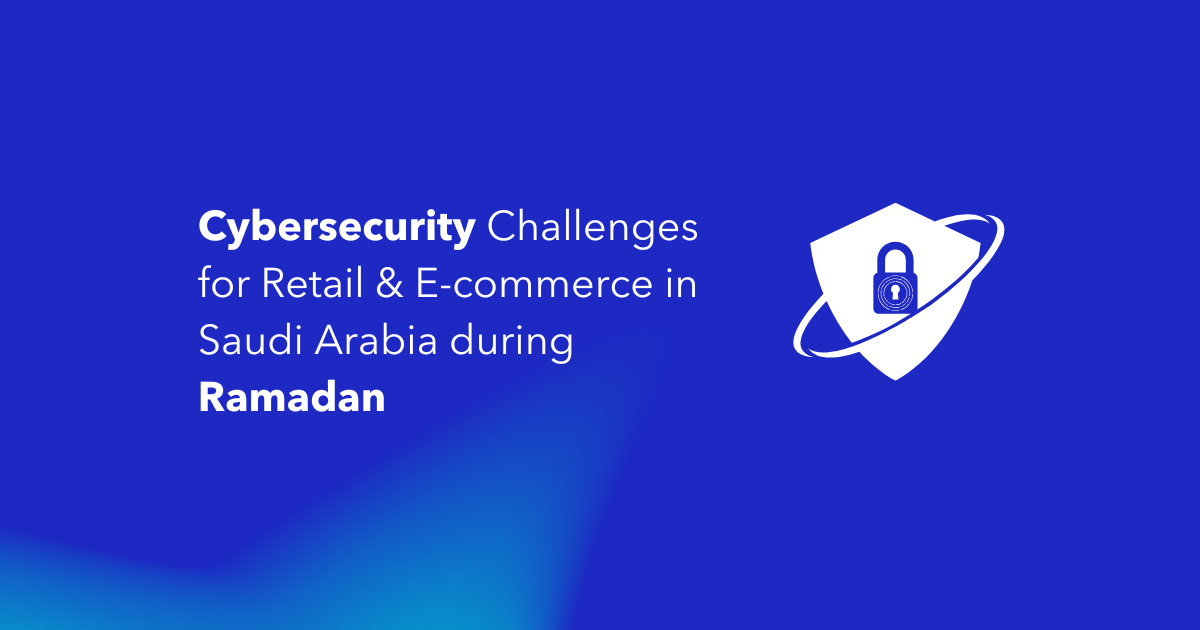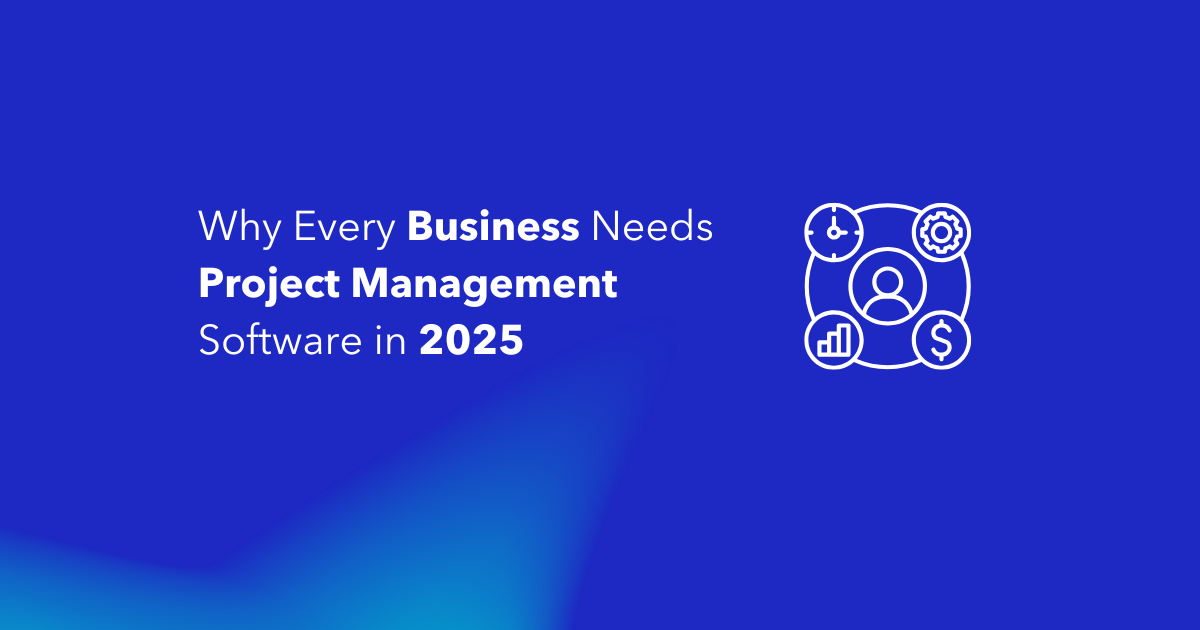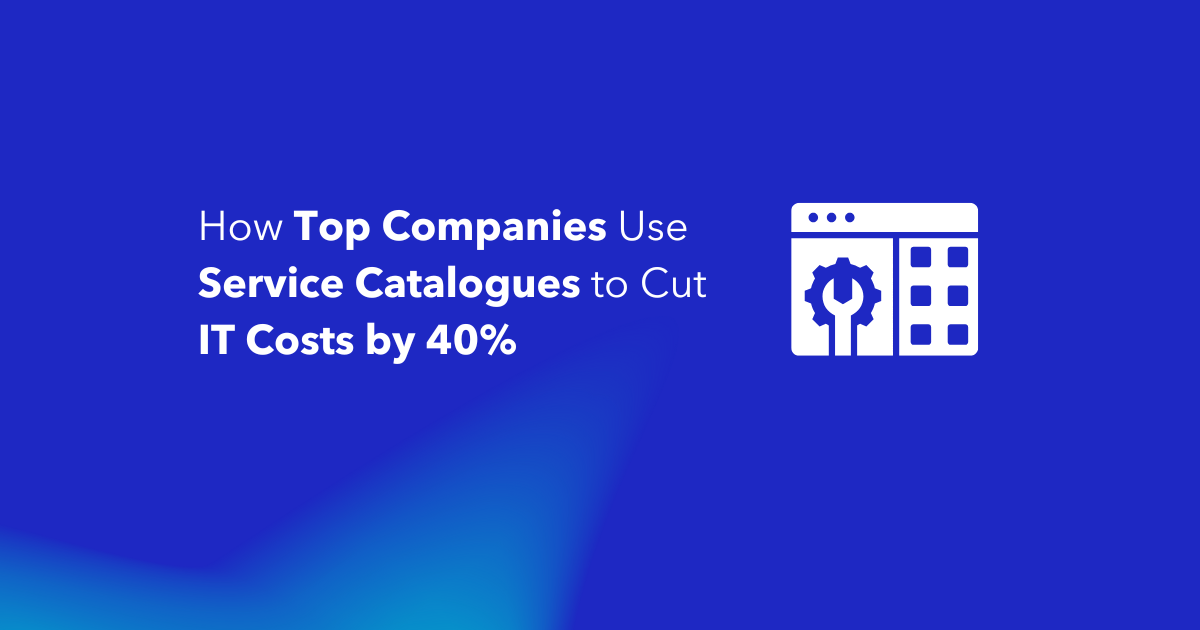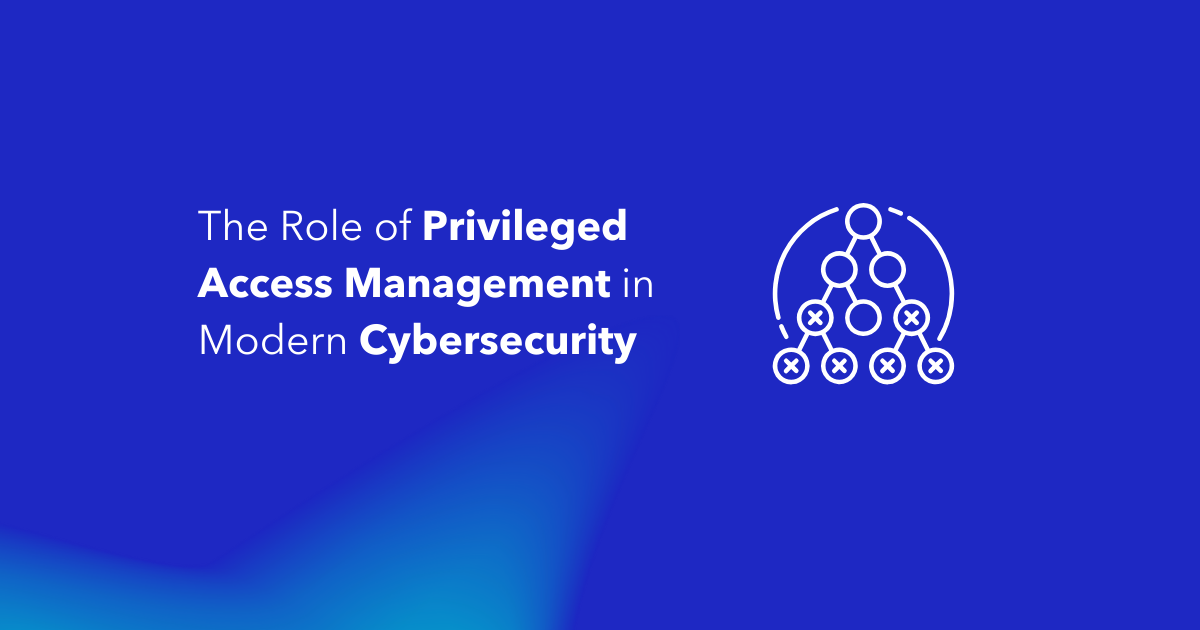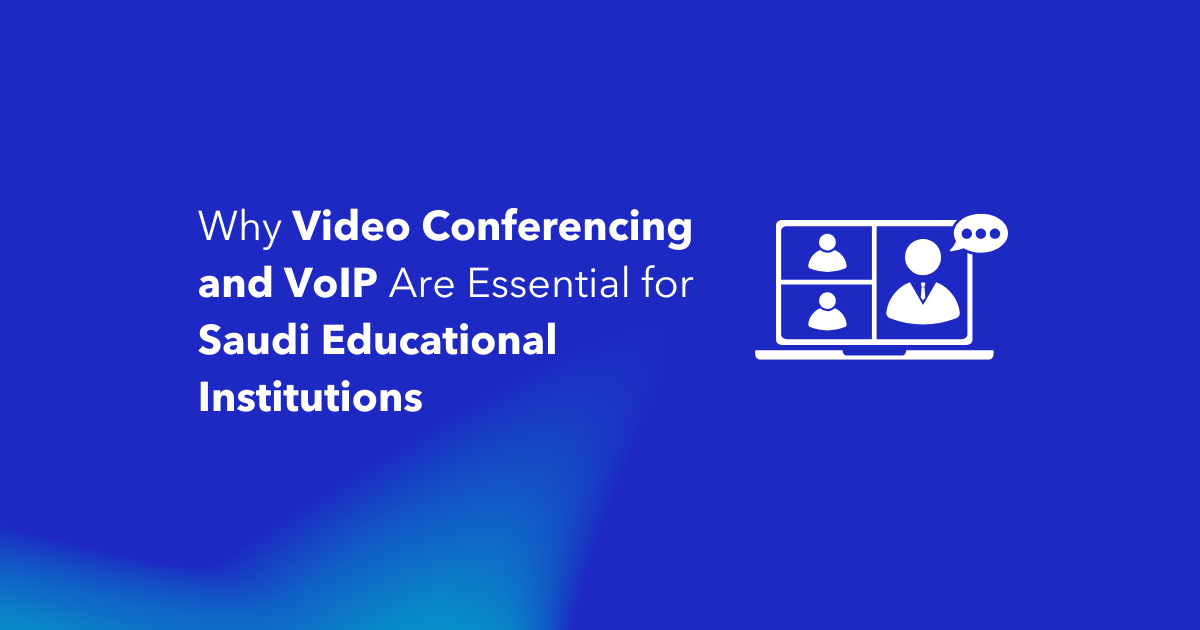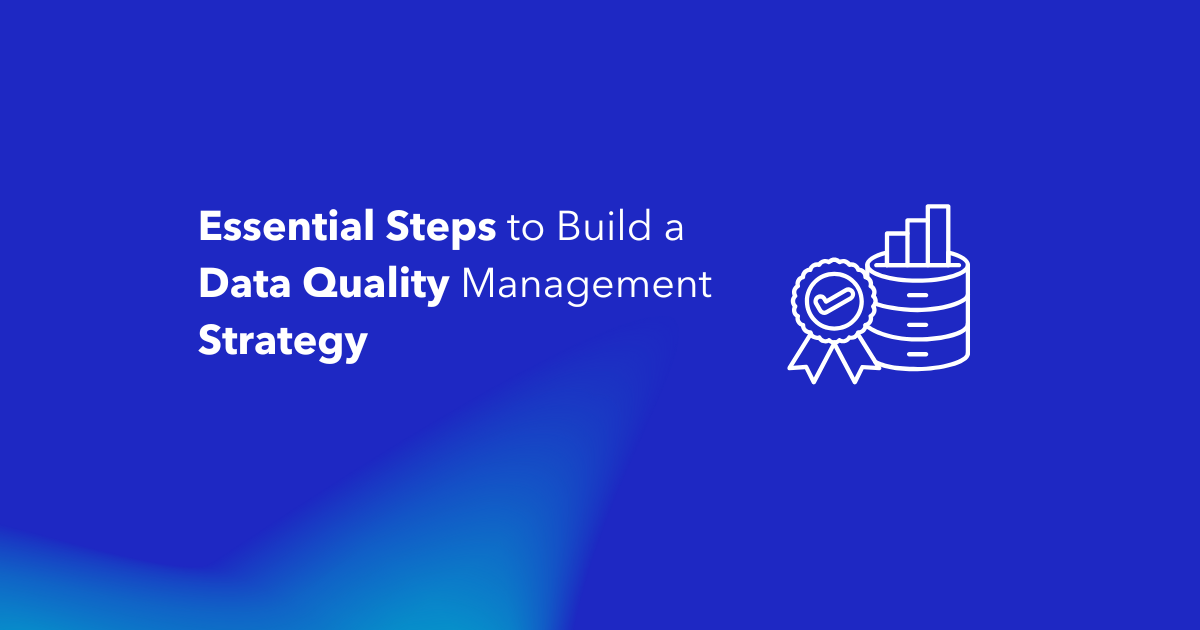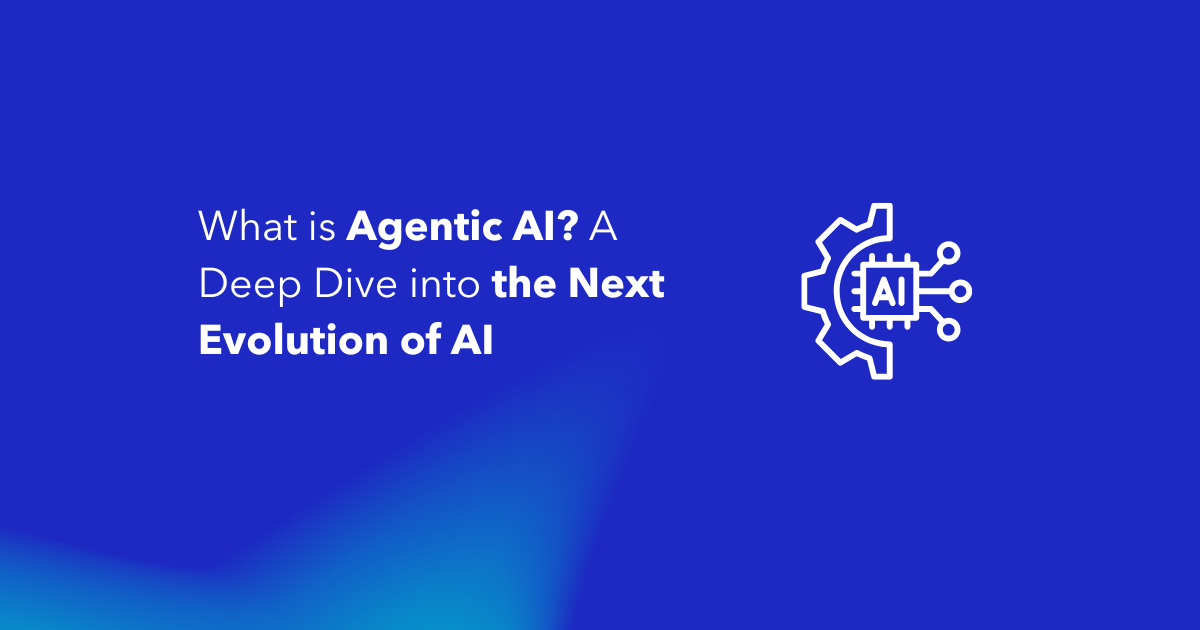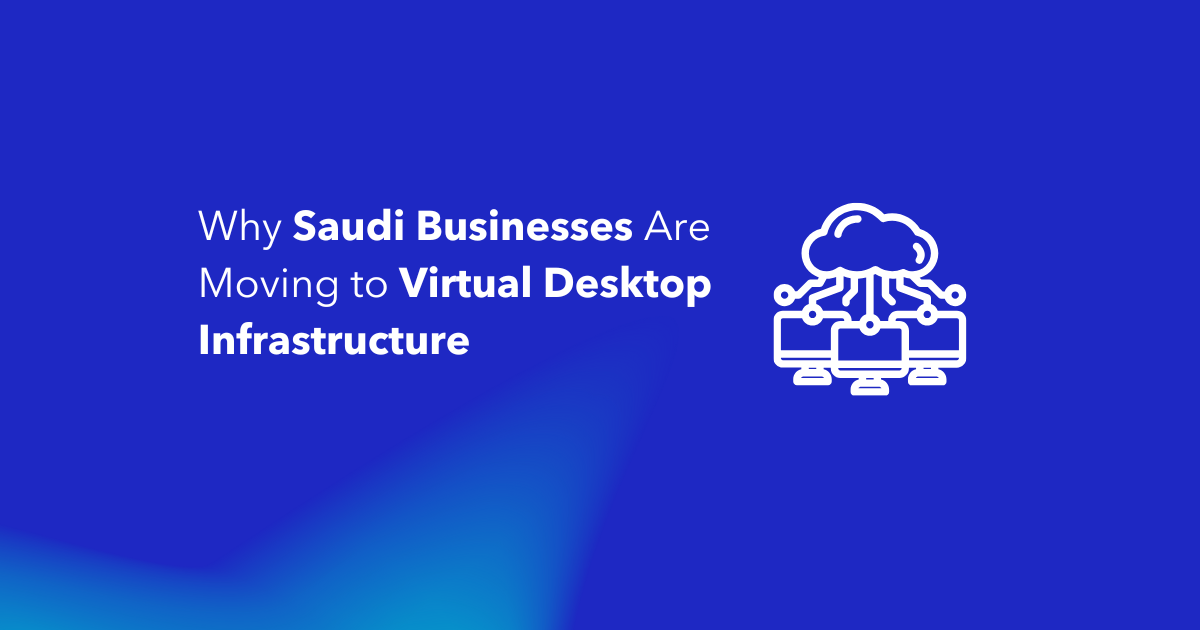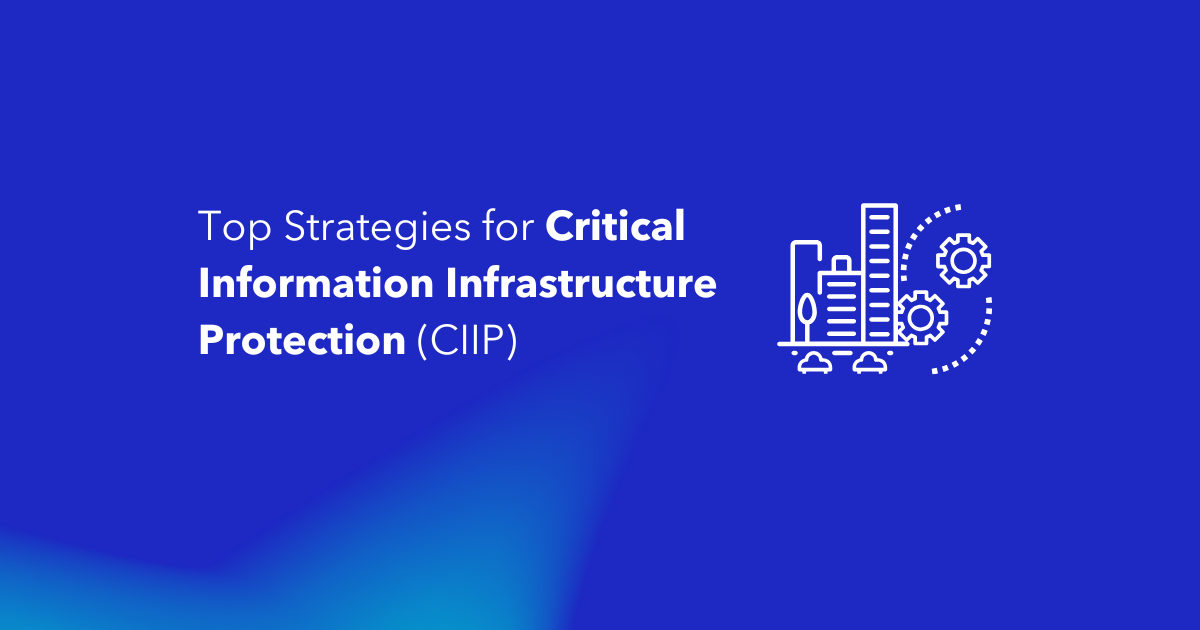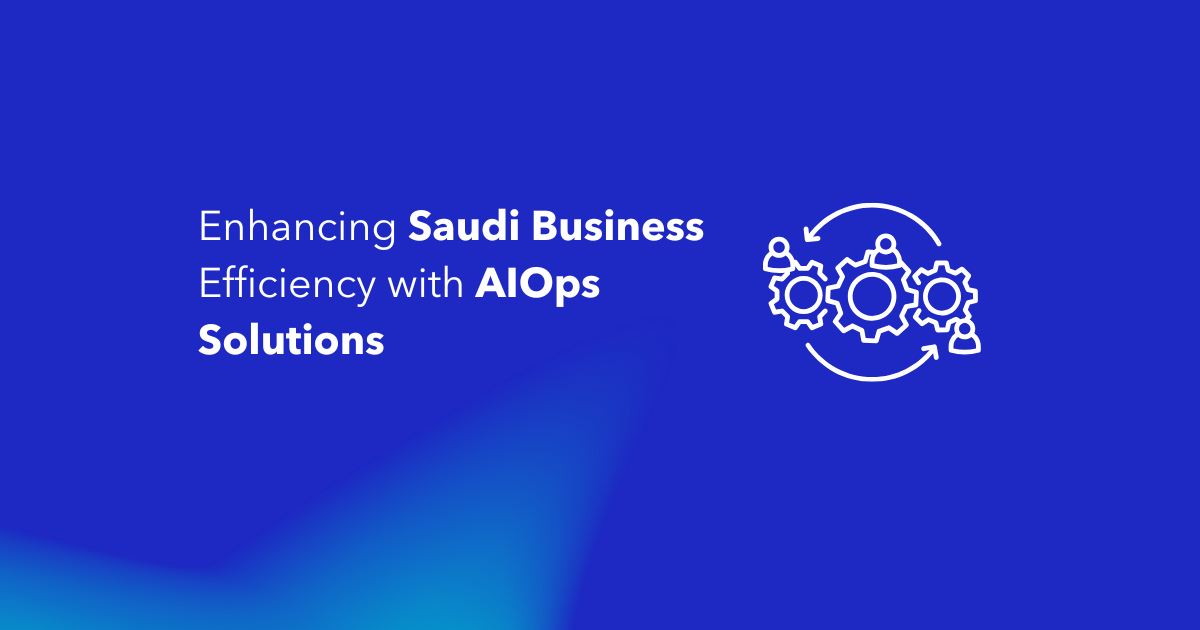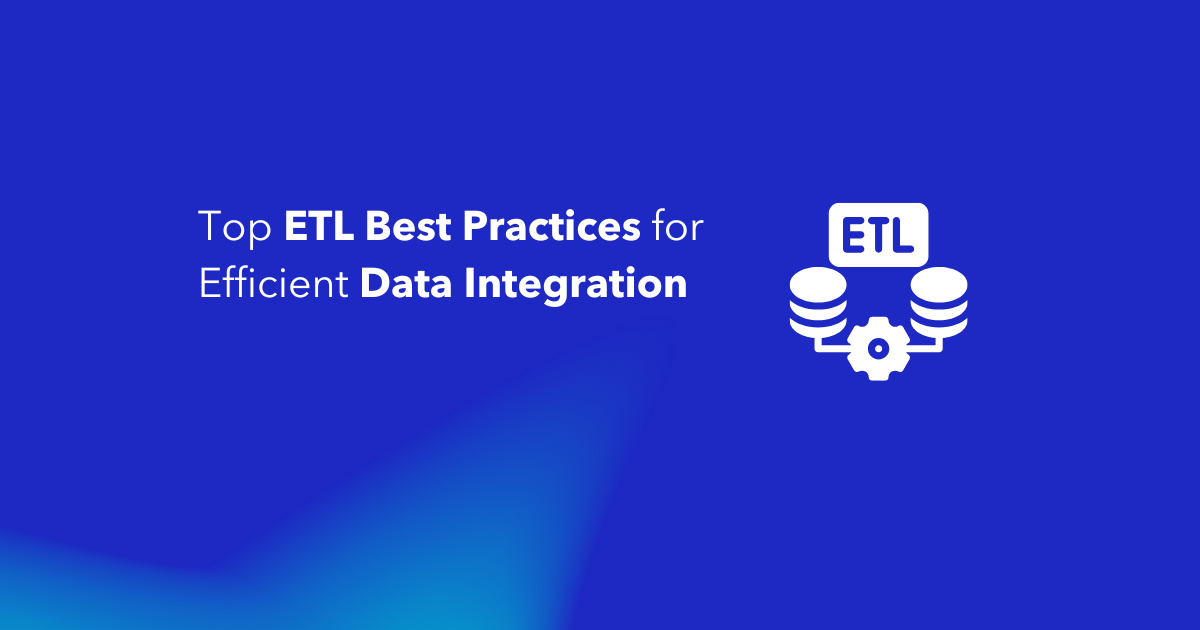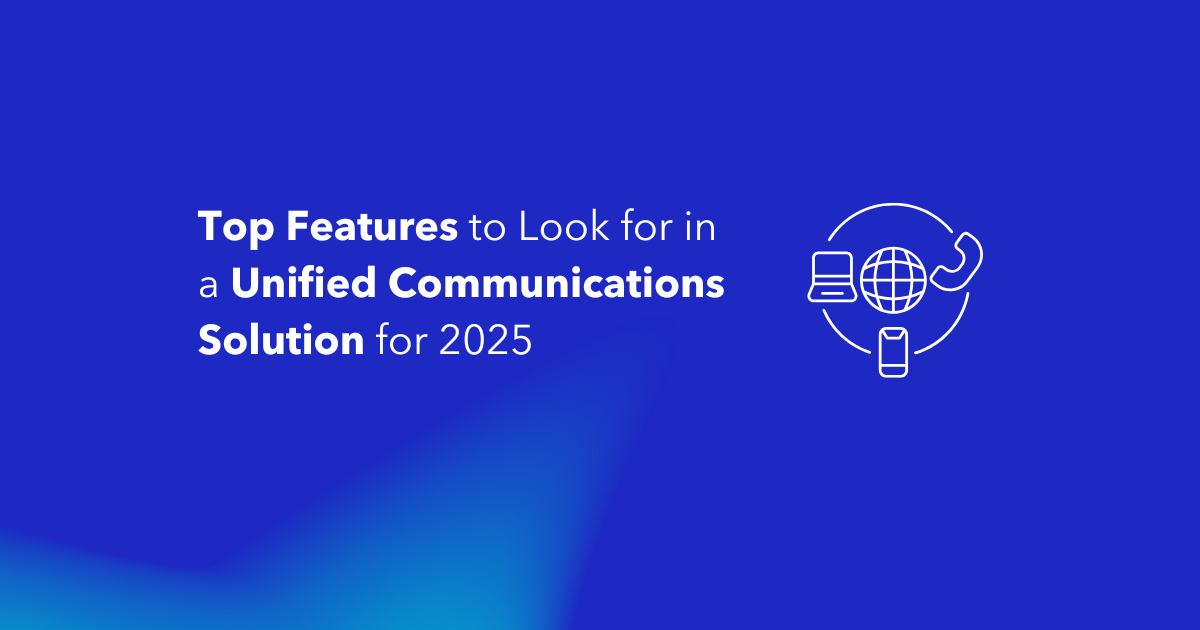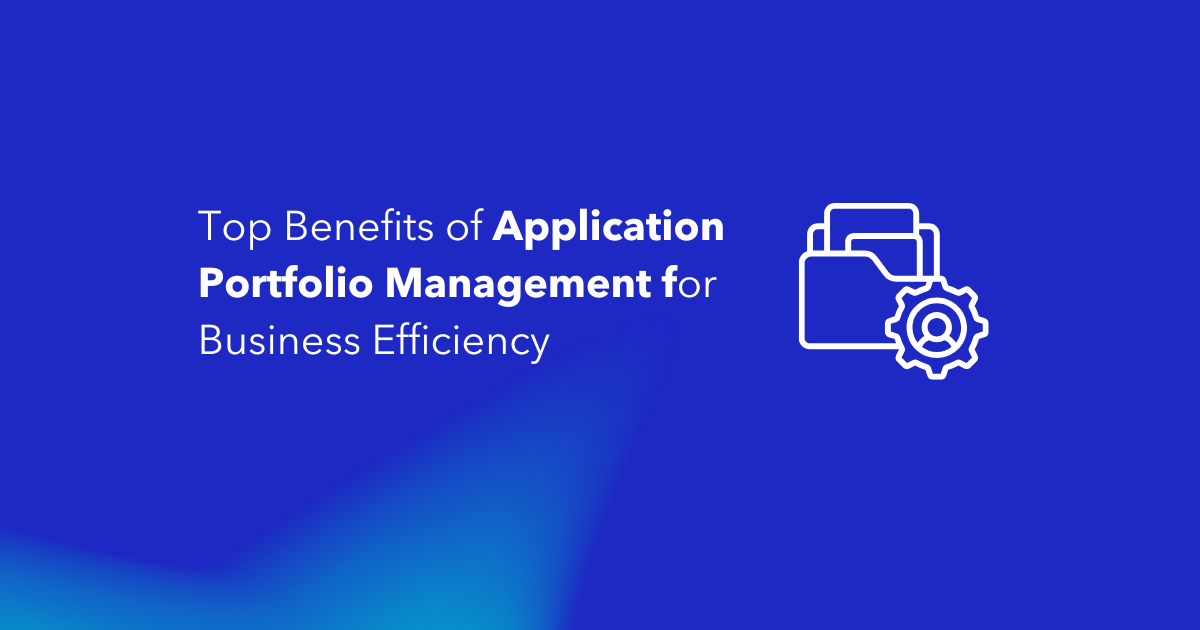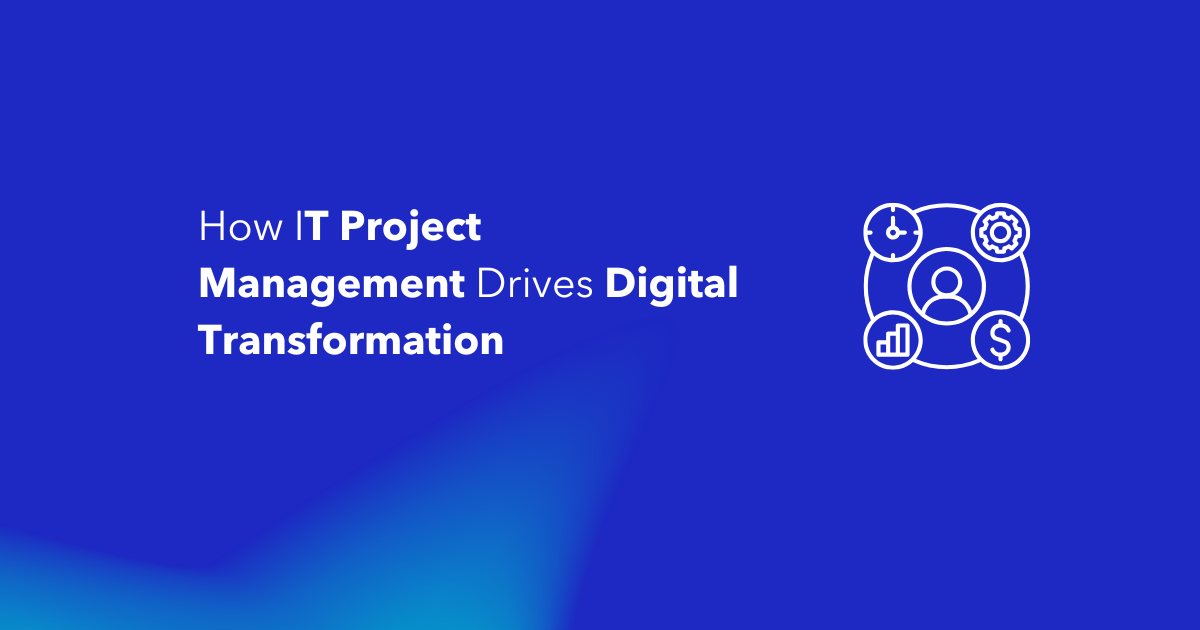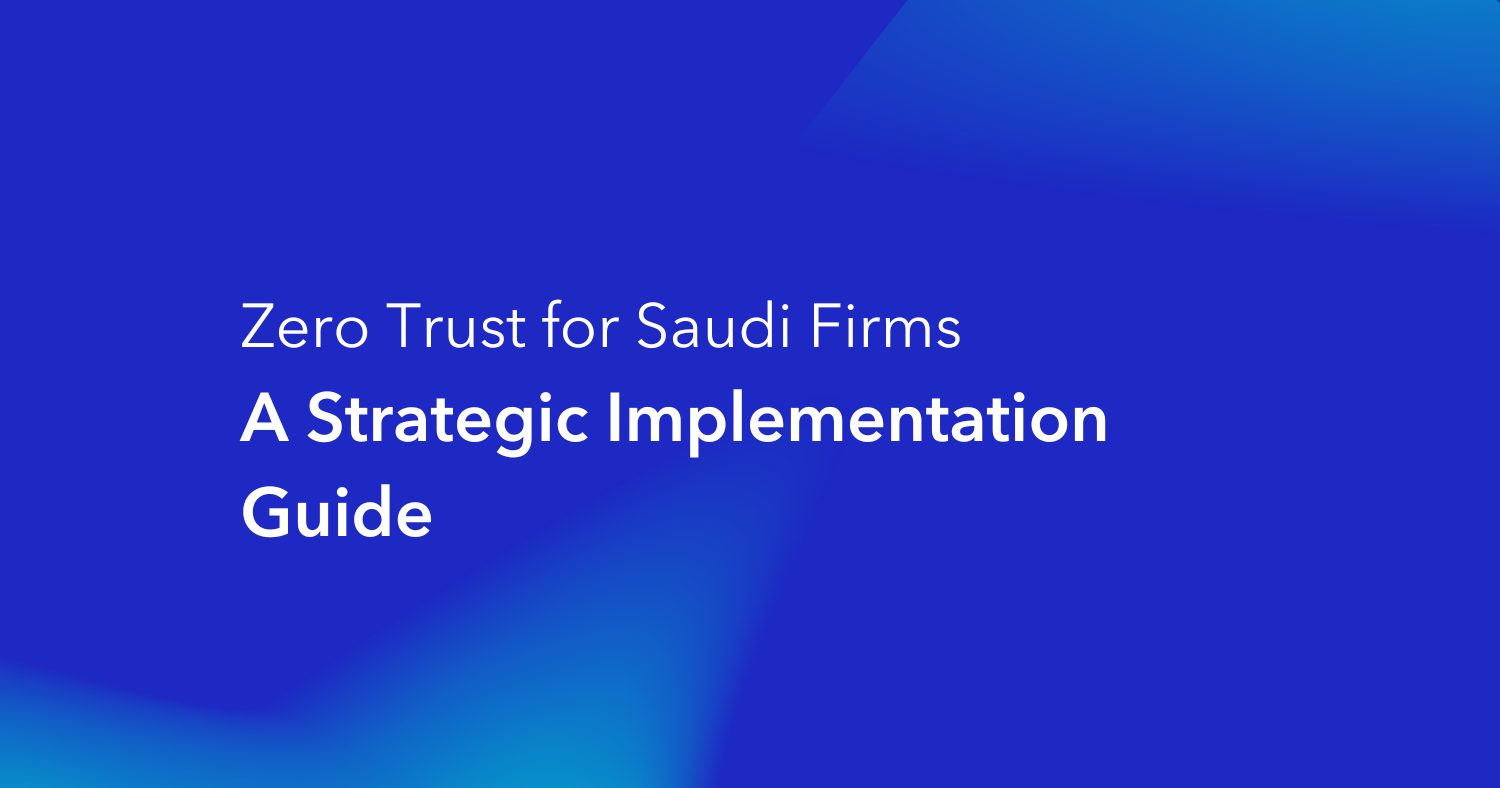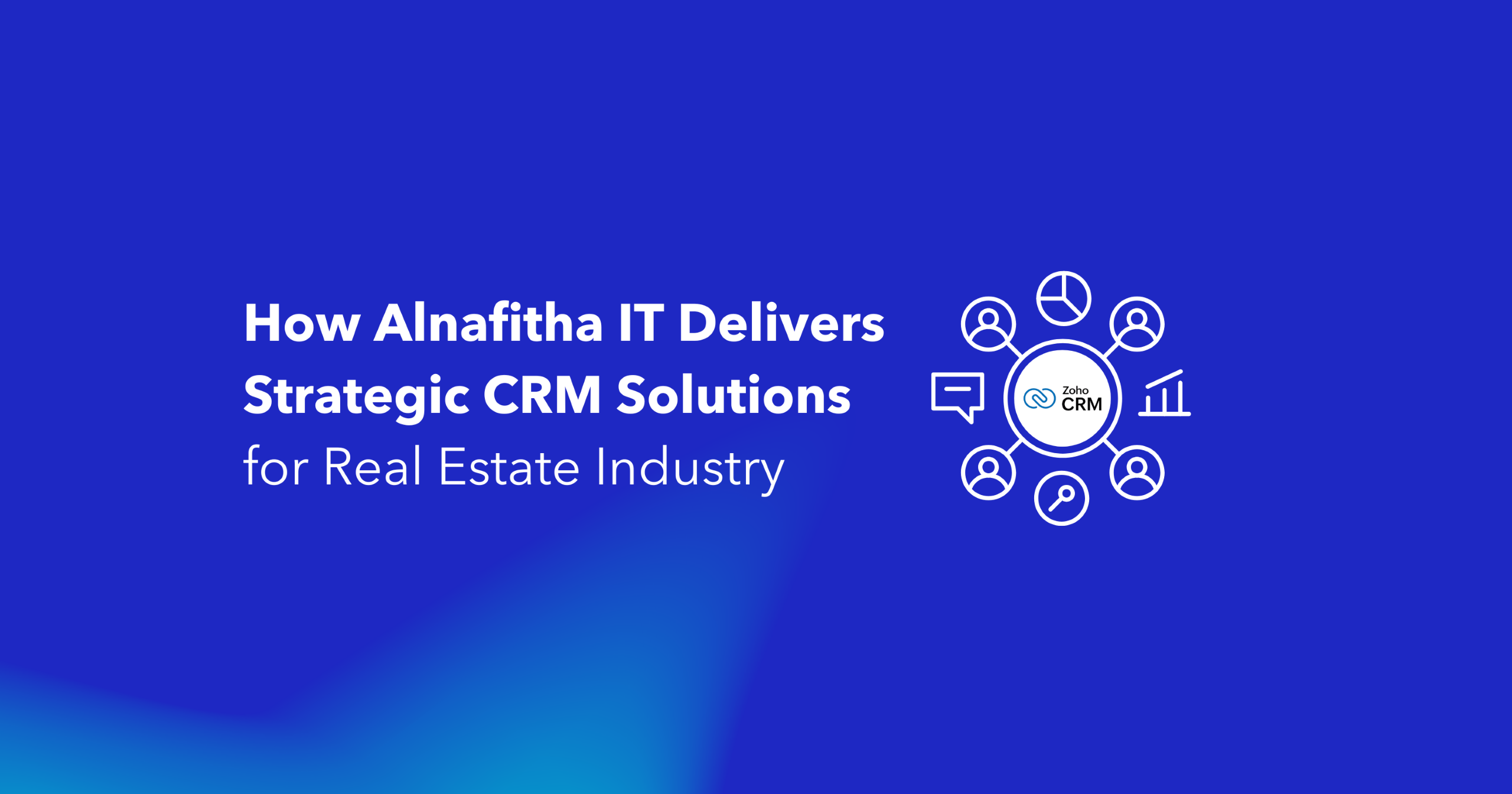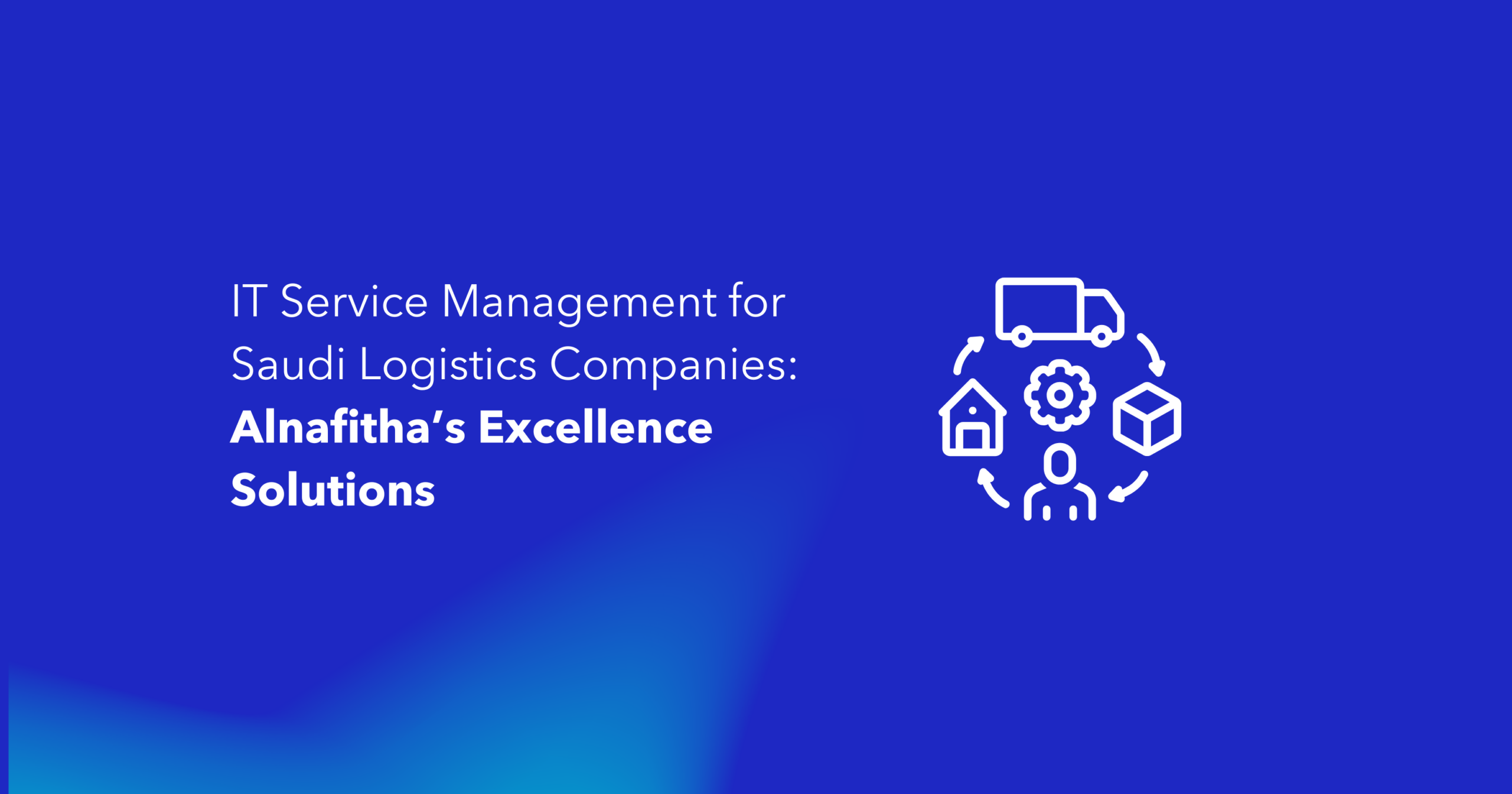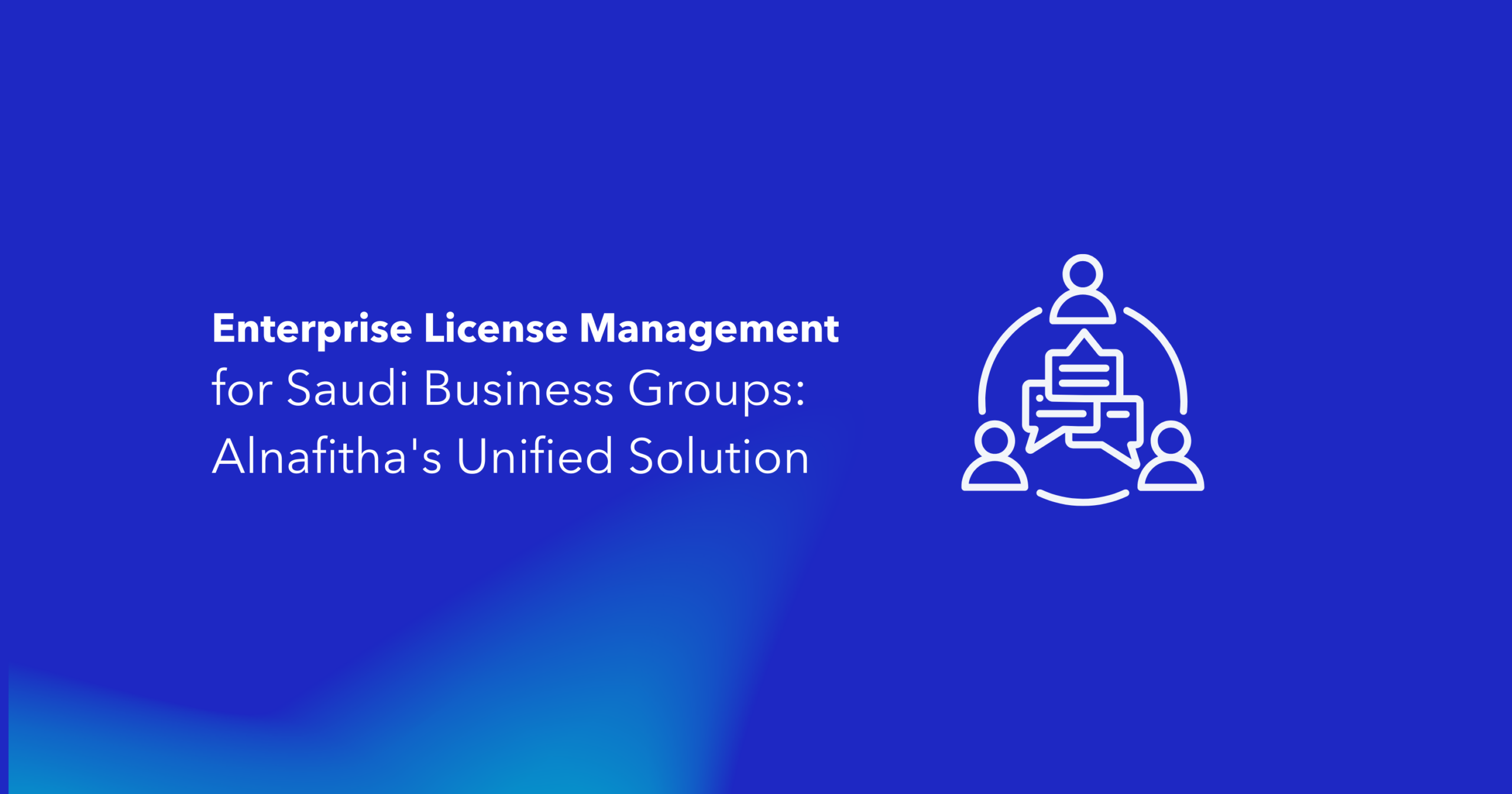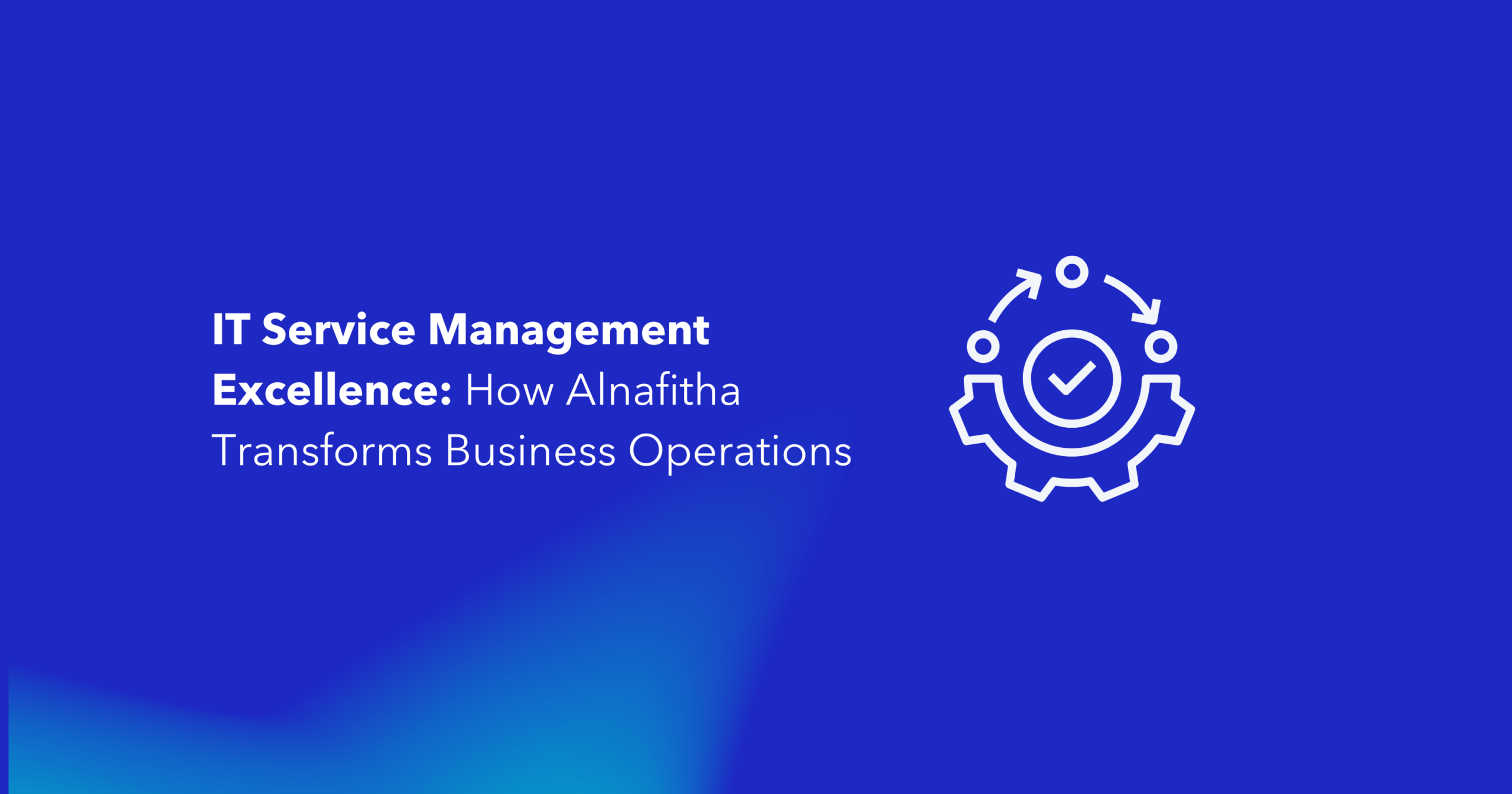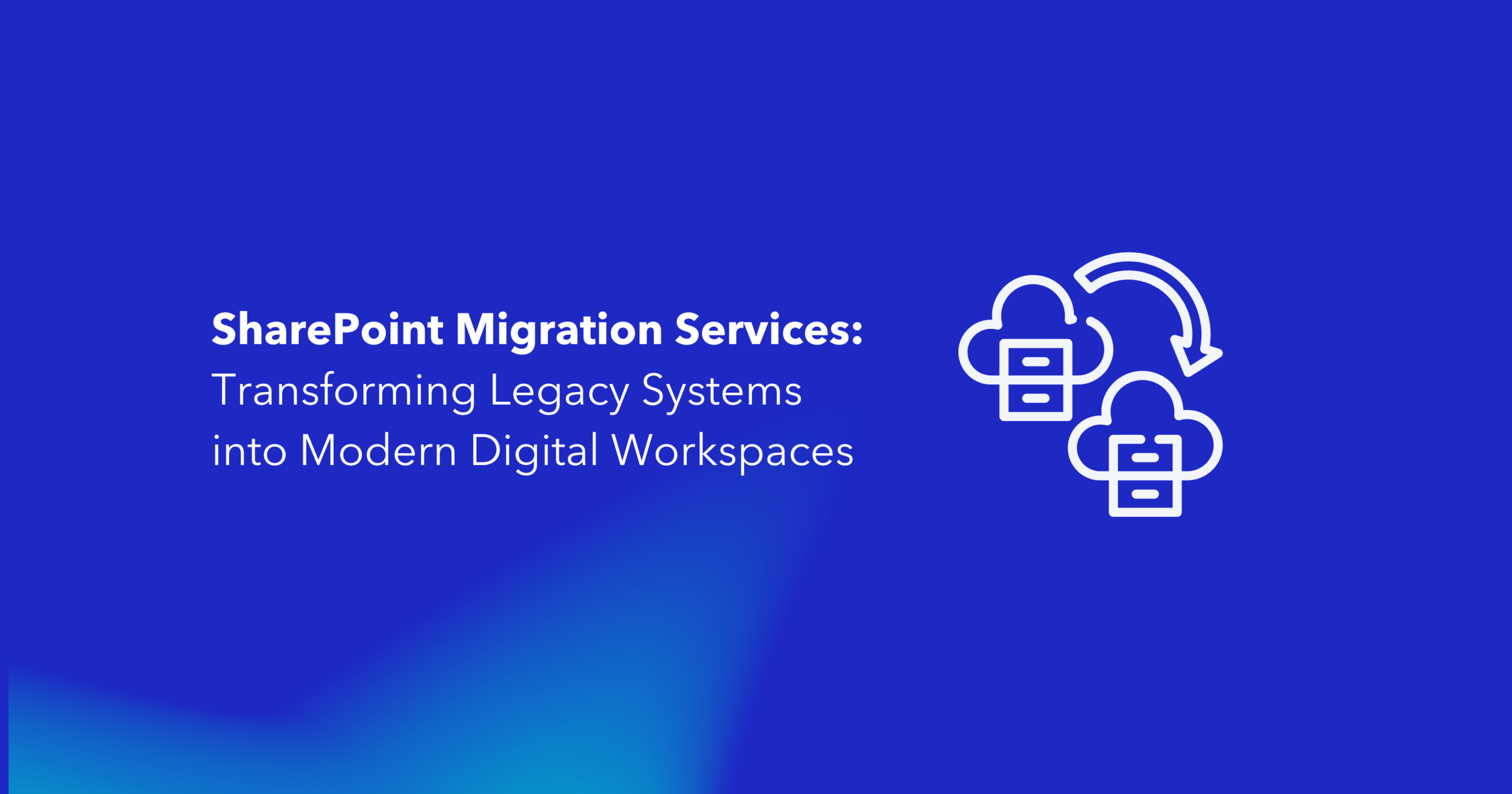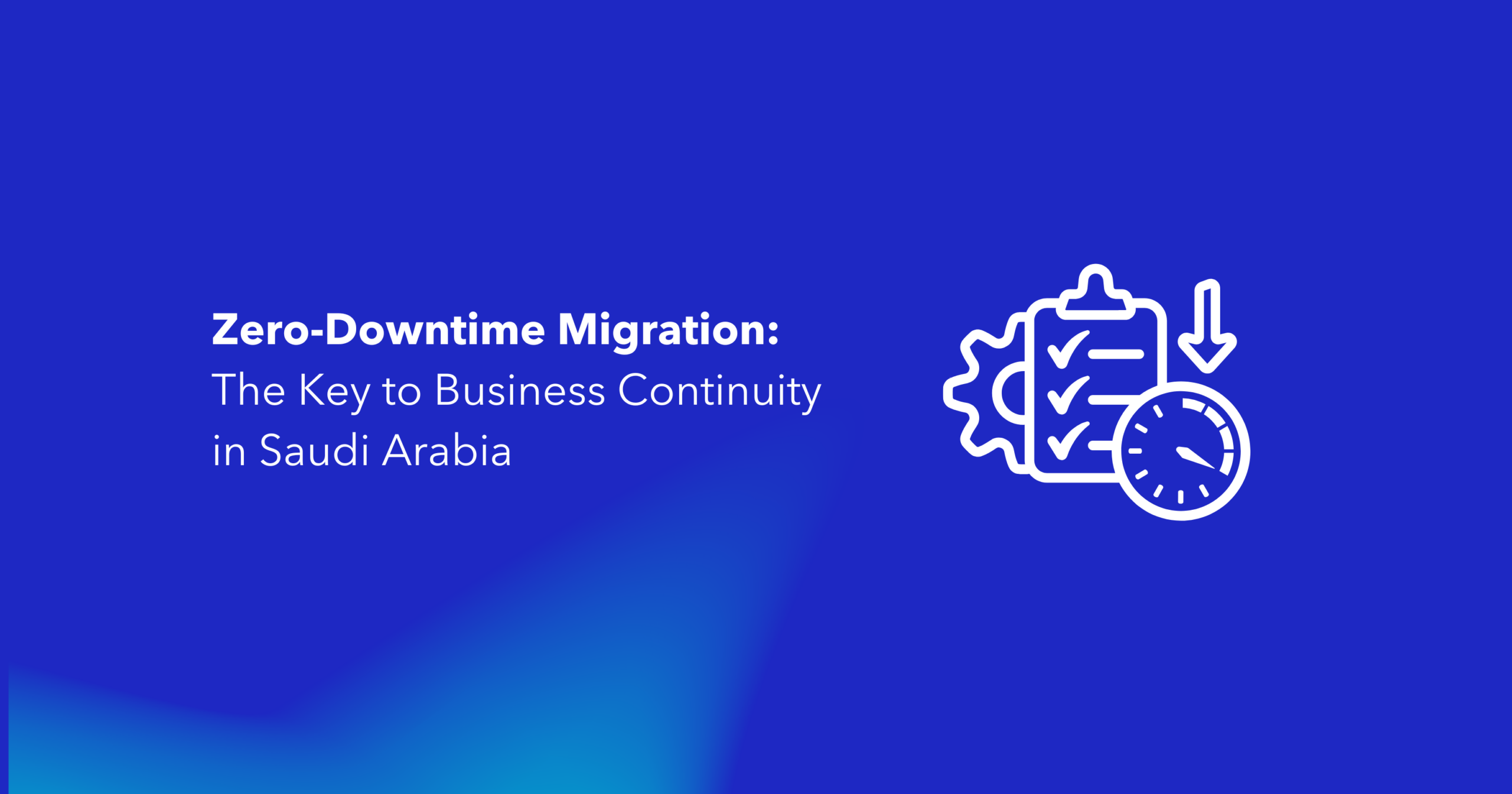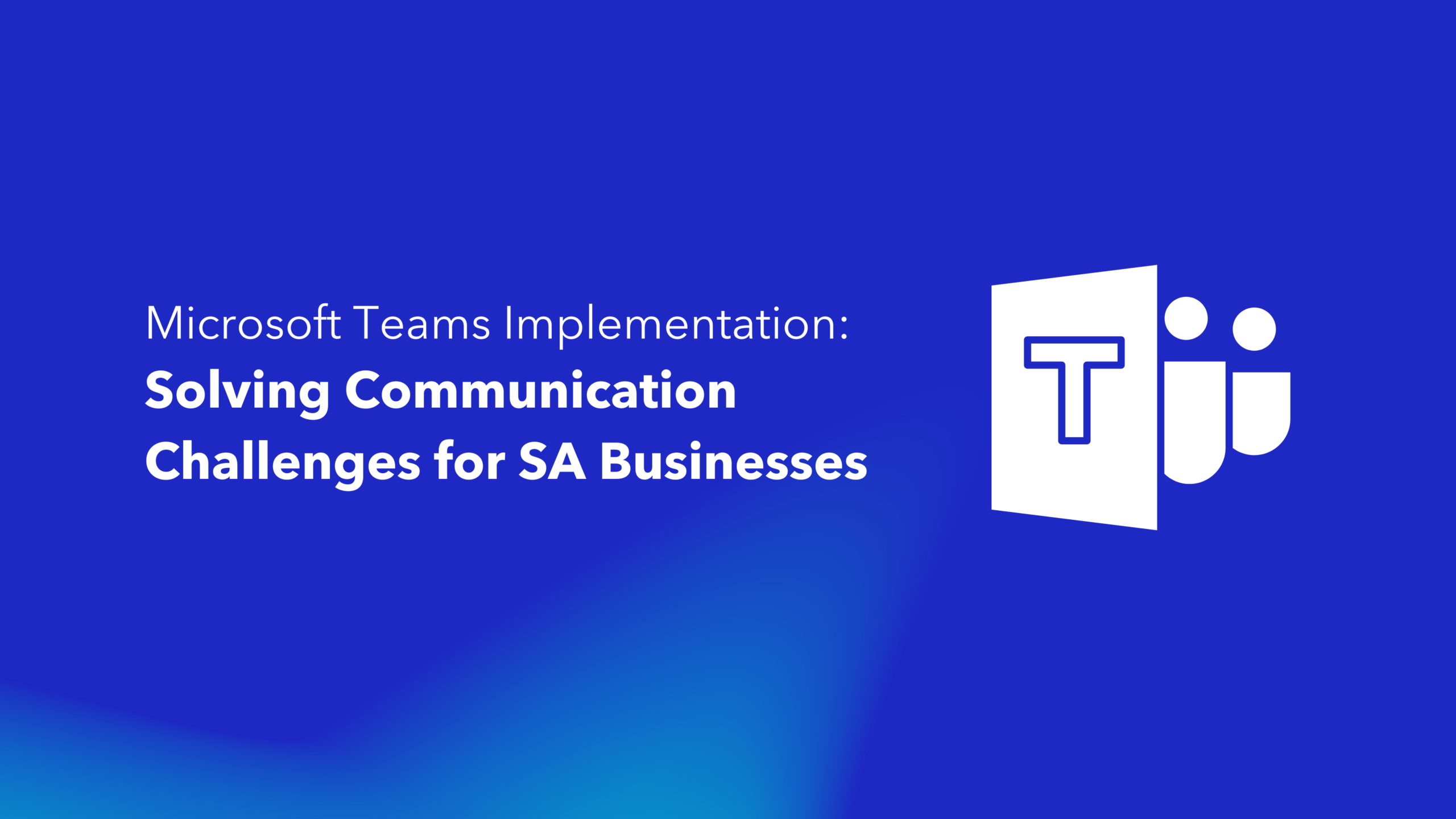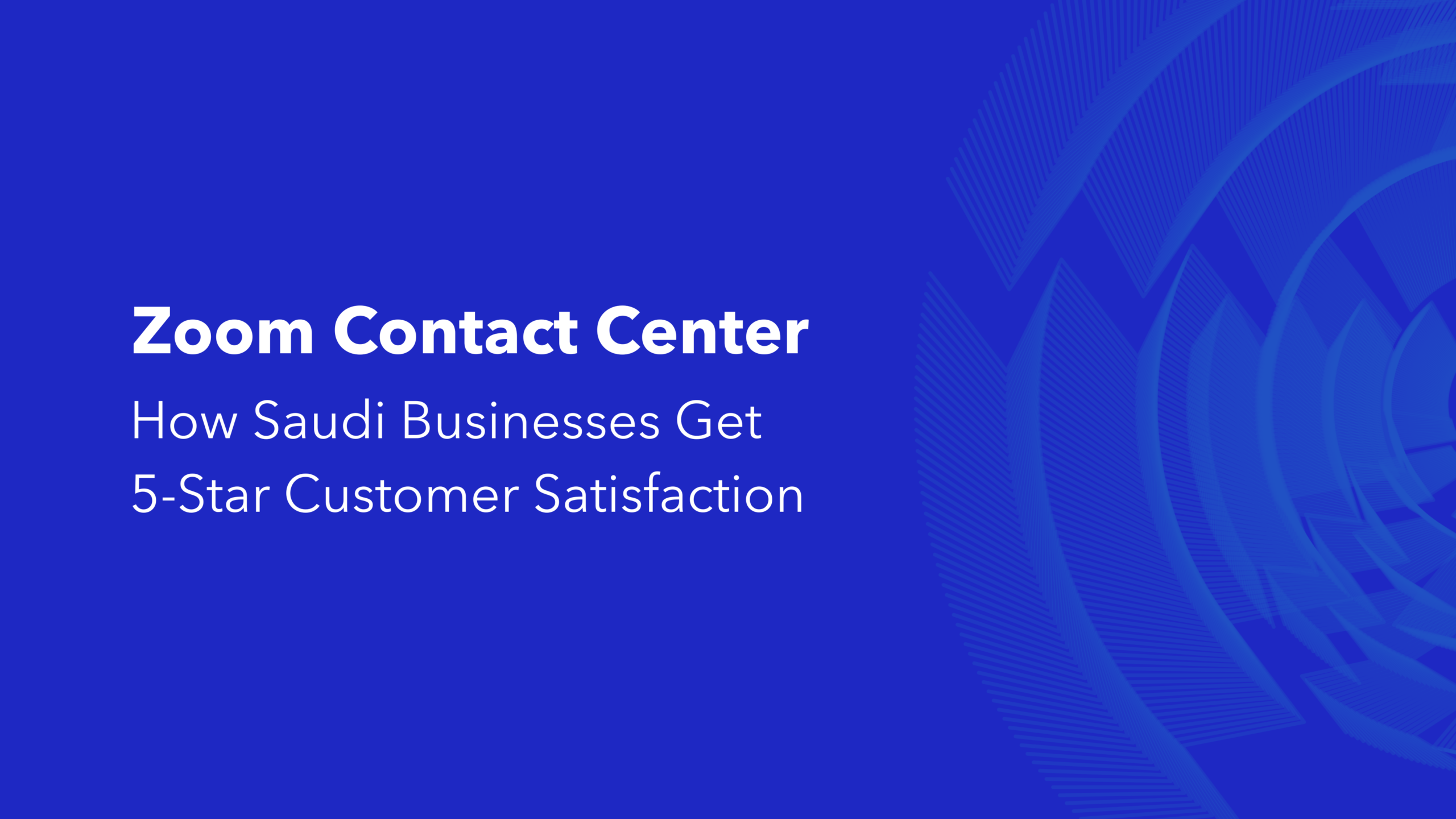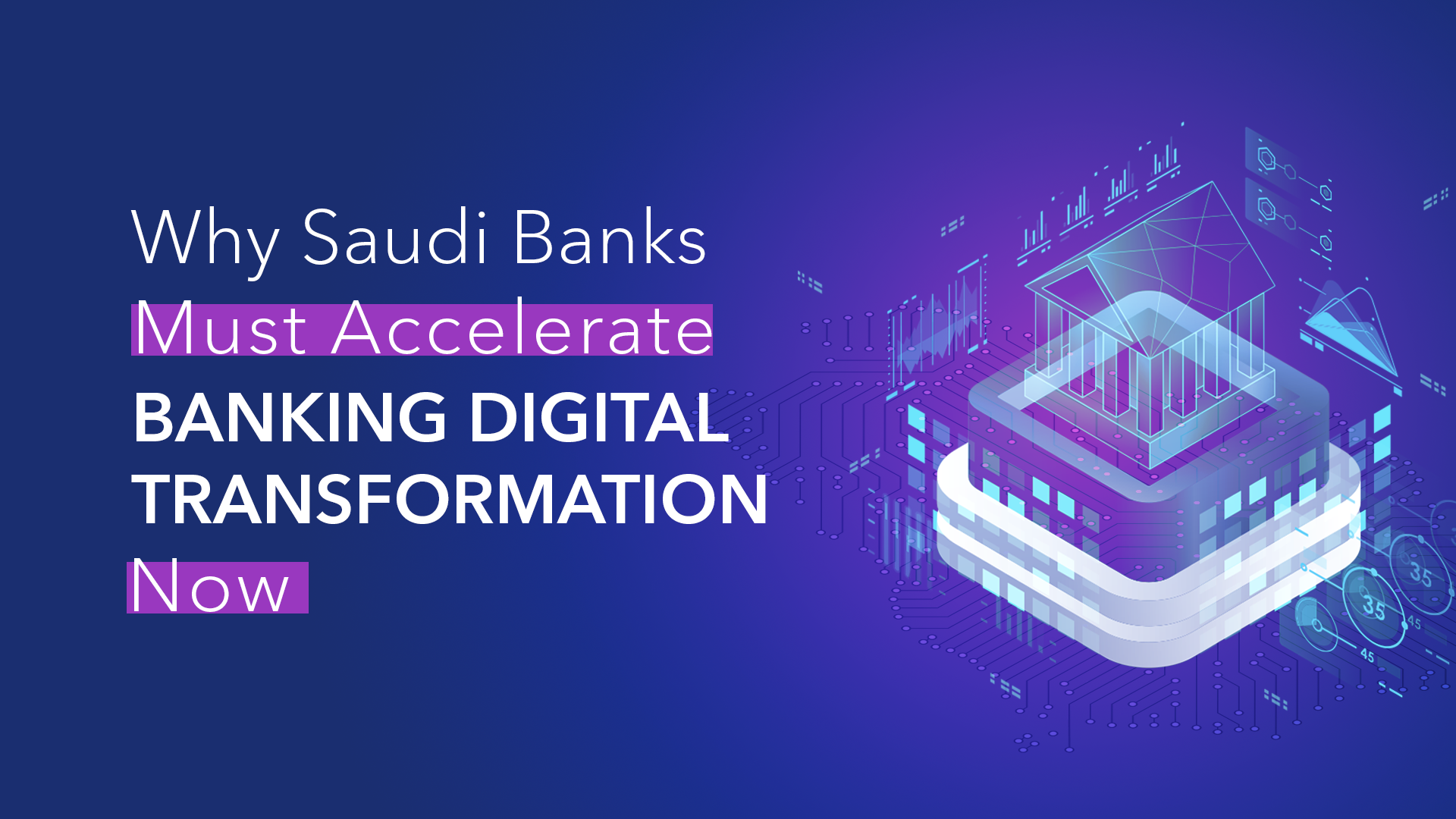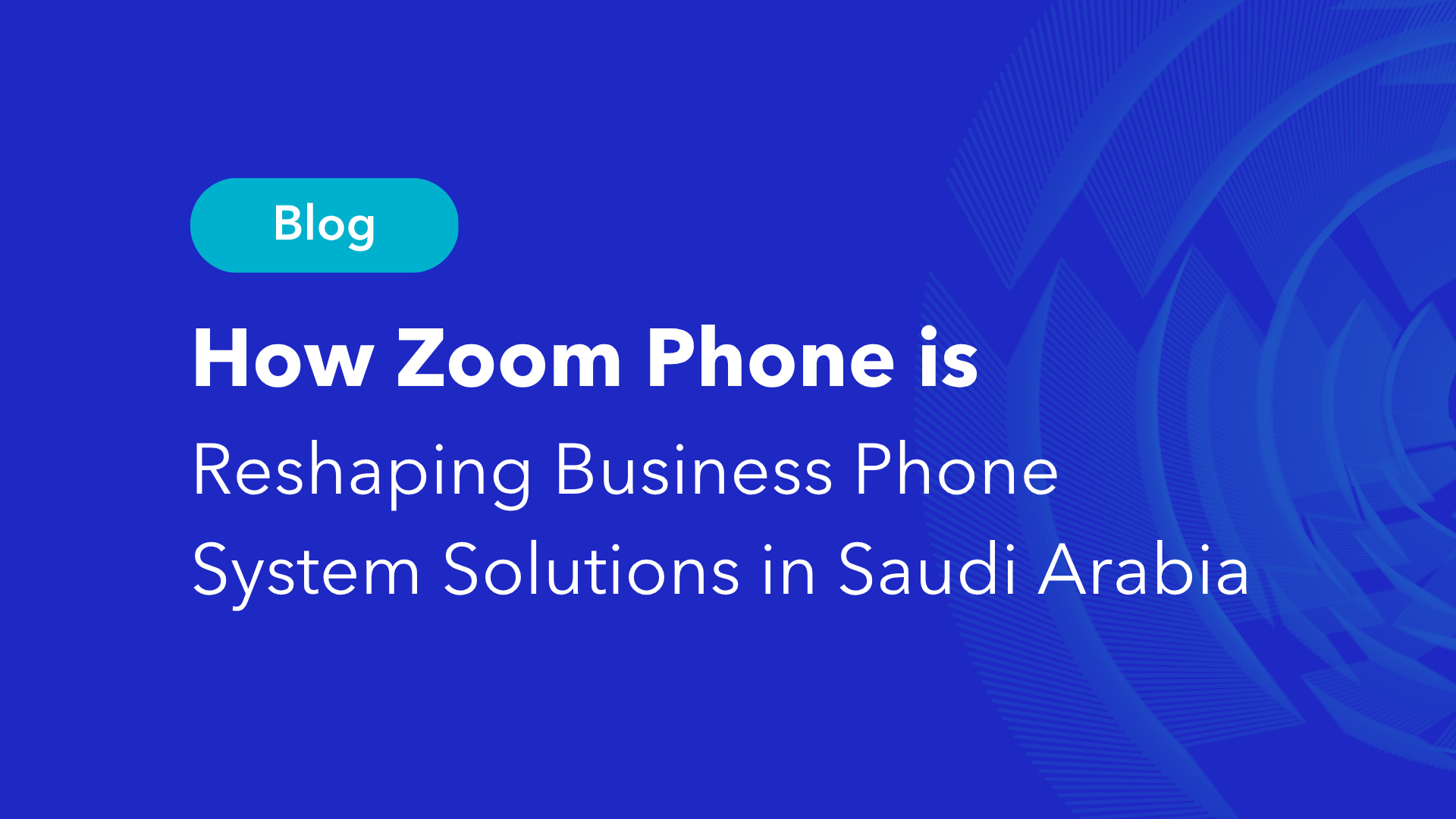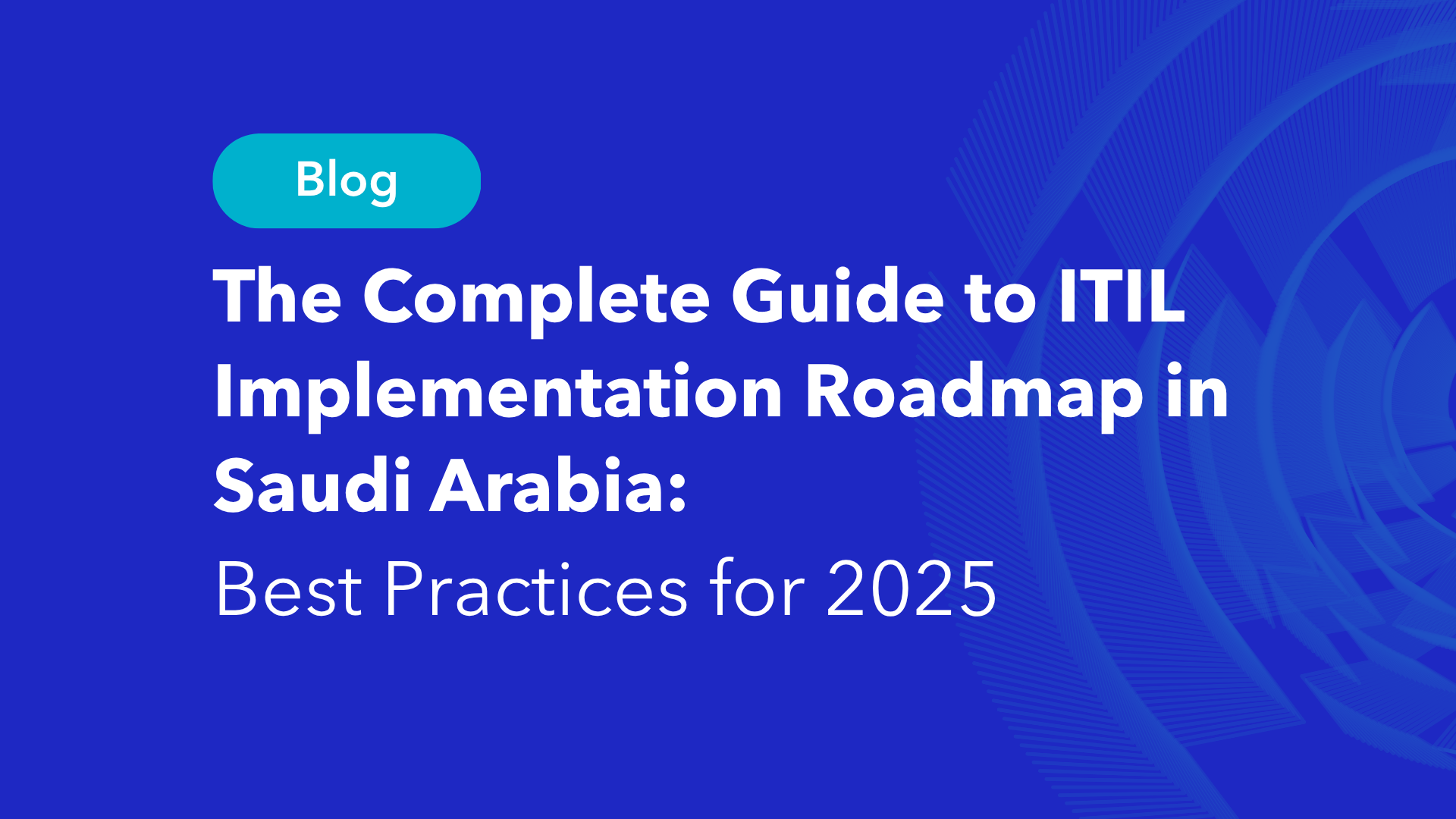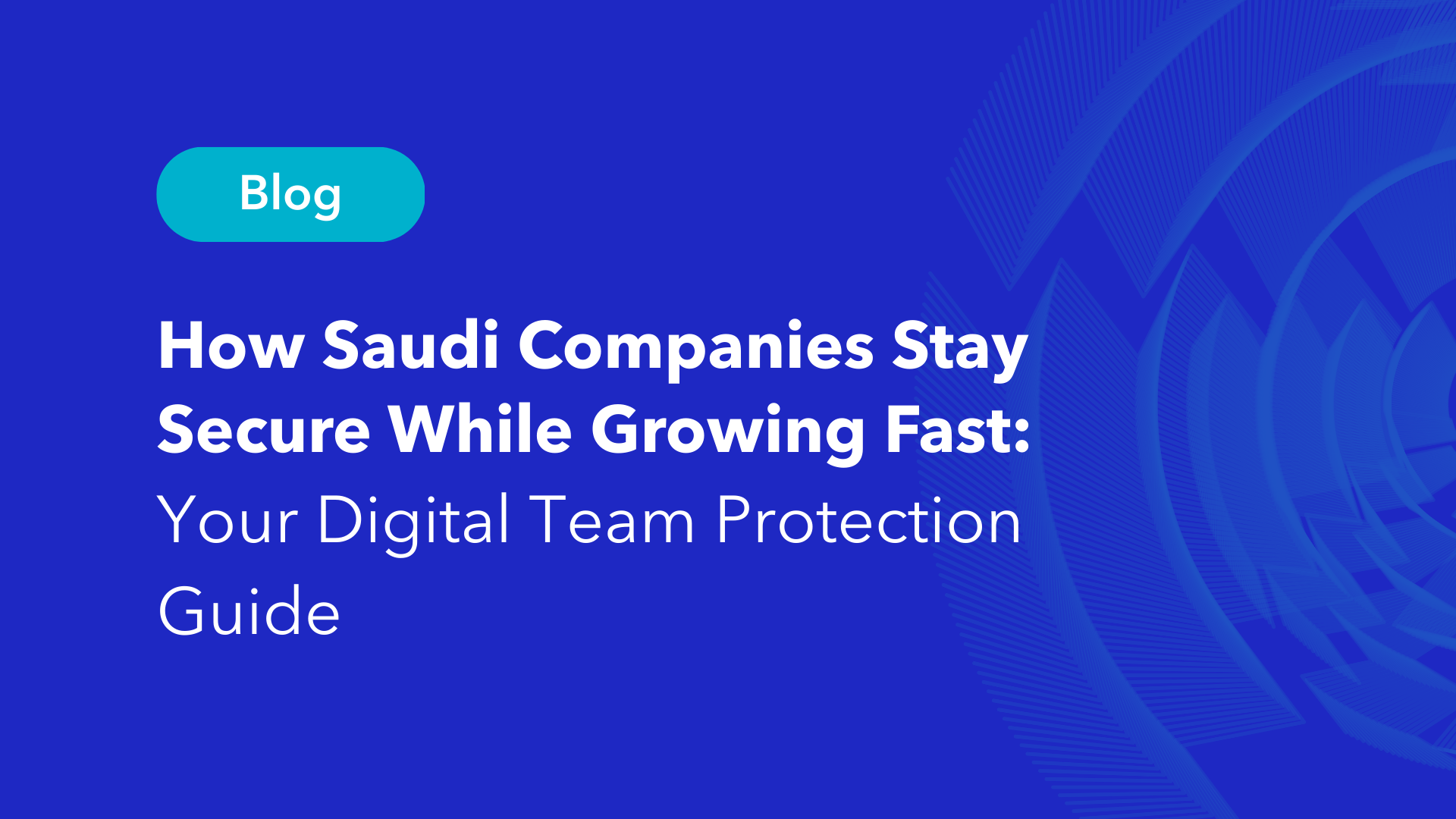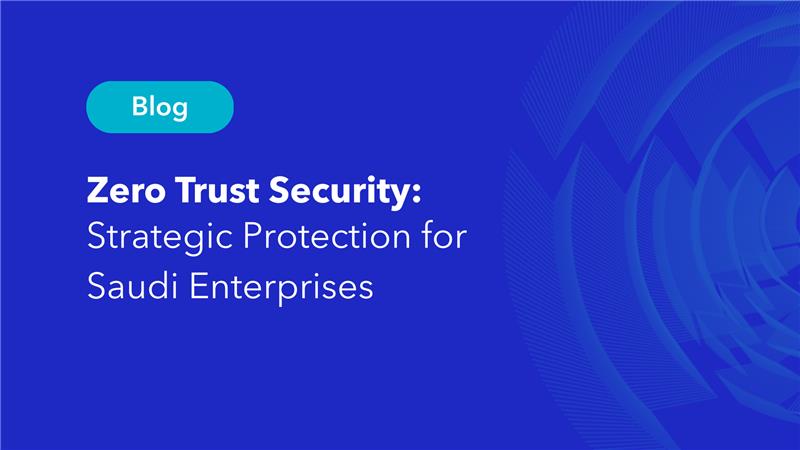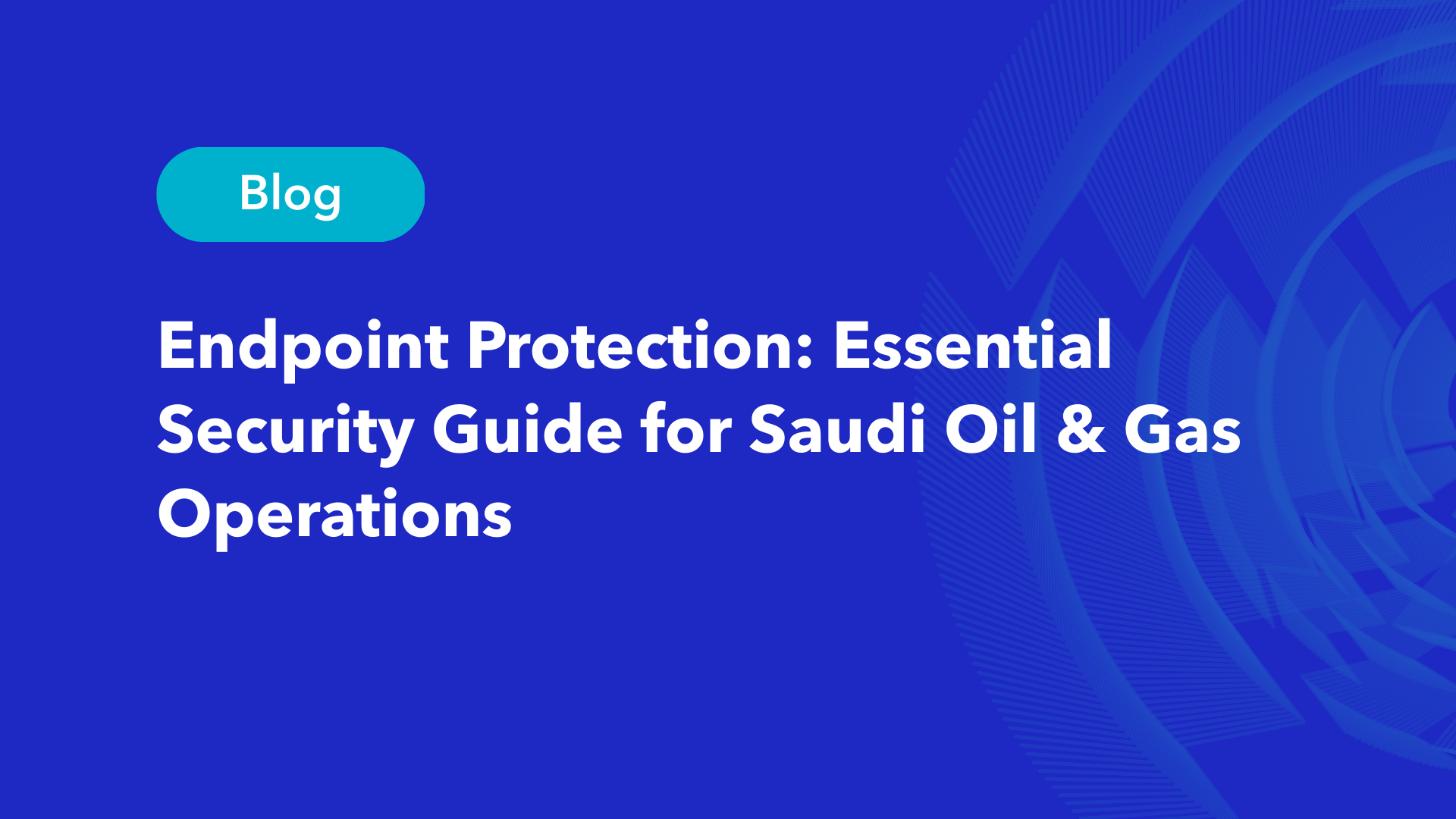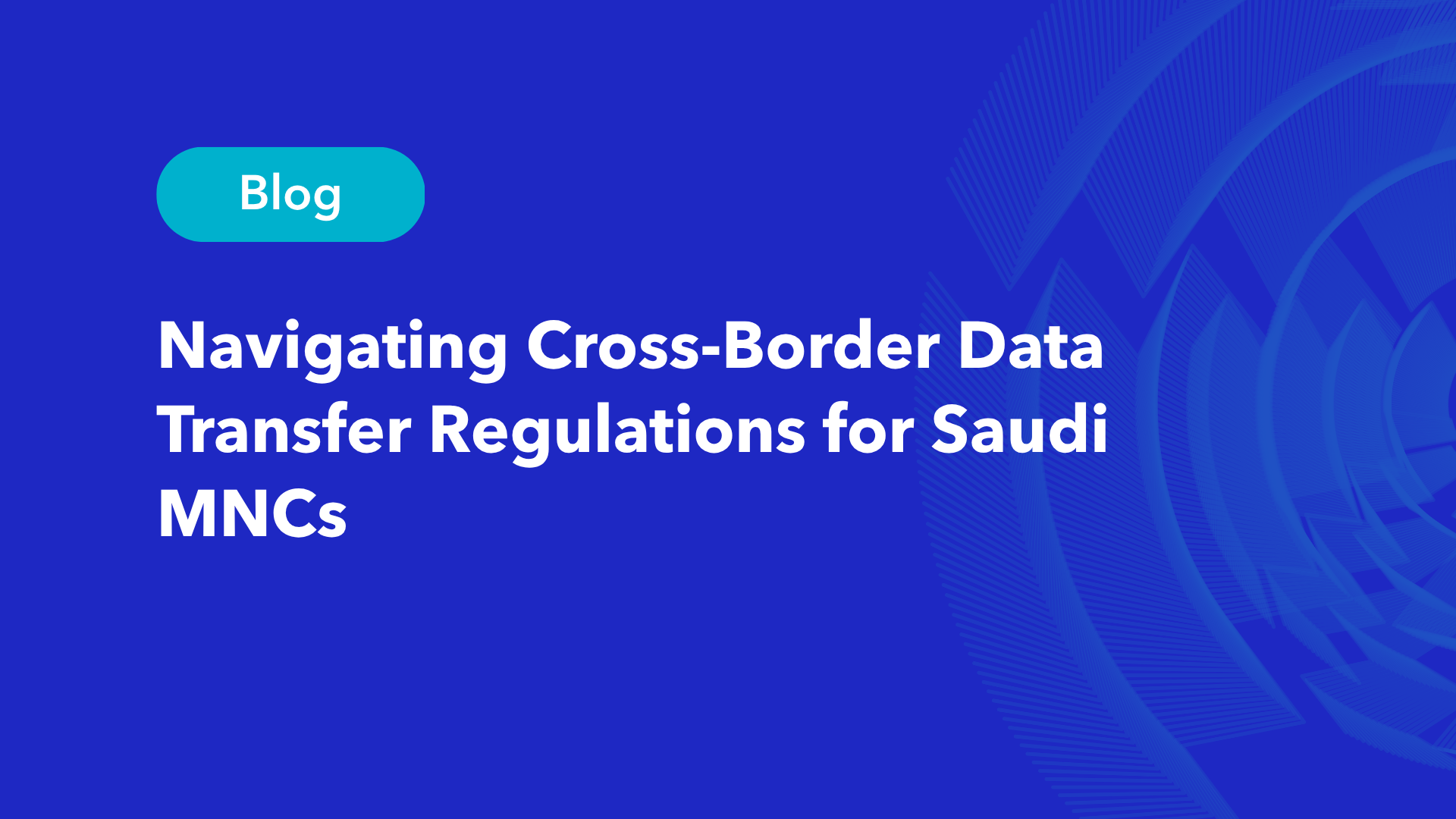Saudi Arabia’s Vision 2030 has positioned digital transformation as a cornerstone of national development, fundamentally reshaping how government entities approach IT service management. As the Kingdom advances toward becoming a global leader in digital governance, government organizations are transitioning from traditional reactive IT support models to proactive, automated IT service management frameworks that ensure continuous service delivery and enhanced citizen satisfaction.
The global IT service management market is projected to grow from $13.58 billion in 2025 to $36.78 billion by 2032, with Saudi Arabia representing a significant growth opportunity. Building effective IT service management requires understanding the unique challenges facing Saudi government entities, from bilingual service requirements to robust cybersecurity frameworks complying with National Cybersecurity Authority (NCA) regulations.
The IT Service Management Challenge in Saudi Government Digital Transformation
Current Landscape and Progress
Saudi Arabia claimed the 31st position in the UN’s digital government ranking, up from 52nd in 2018, demonstrating remarkable progress in digital governance maturity. The Digital Government Authority (DGA) guides this transformation, providing the foundation for government entities to build integrated IT service management frameworks aligned with national digital strategies.
Key Transformation Challenges
Legacy System Integration: Many government organizations operate mixed legacy systems never designed for modern integration. Effective IT service management requires careful planning to ensure system coexistence while maintaining operational continuity.
Scalability Requirements: Rising citizen expectations demand efficient infrastructure scaling. IT service management frameworks must provide flexible architectures that expand without compromising performance or security.
Skills Gap: Digital skills demand exceeds supply, creating transformation bottlenecks. Building IT service management requires workforce development programs aligned with the Kingdom’s strategic objectives. For full-scale ITSM implementation services, organizations need expert guidance.
Citizen-Centric Design: Saudi Vision 2030 points to fully integrated, seamless digital services placing citizens at the center. This ensures IT service management delivers measurable value to end users.
How Smart Automation Transforms IT Service Management Operations
Why Do Government Entities Need Automated IT Support Now?
Traditional government service desks rely heavily on manual processes and reactive support models. Modern IT service management requires a fundamental shift toward automation, predictive analytics, and integrated platforms.
The cloud IT service management market exceeded $8.8 billion in 2023, growing at 12.5% CAGR driven by automation and AI integration. This transformation involves key components forming the backbone of digital government solutions:
Intelligent Ticket Routing: Automated systems analyze incoming requests and route them to appropriate support teams based on expertise, workload, and priority. This ensures faster resolution times and better resource utilization in IT service management.
Predictive Issue Detection: Advanced monitoring tools identify potential problems before they impact users, enabling proactive intervention that maintains service continuity—a hallmark of modern IT service management.
Self-Service Capabilities: User portals and knowledge bases reduce support team burden while providing immediate assistance. IT service management leverages self-service as a force multiplier improving efficiency and satisfaction.
Transform Citizen Experience Through Strategic SLA Management
Service Level Agreement management takes particular importance in government environments where citizen expectations create strict performance standards. IT service management must incorporate sophisticated SLA capabilities beyond simple metrics tracking:
- Multi-Tiered SLA Structures: Support complex hierarchies differentiating between critical services, administrative functions, and citizen-facing applications
- Real-Time Performance Monitoring: Track SLA compliance in real-time with corrective action capabilities
- Automated Escalation Procedures: Ensure appropriate stakeholder notification when service levels approach critical thresholds
How to Choose the Right IT Service Management Platform?
Choosing the right IT service management platform requires careful evaluation of several critical factors that directly impact your government entity’s operational success. The selection process should begin with assessing your organization’s specific needs, including user volume, service complexity, and regulatory requirements unique to the Saudi government environment.
Essential Platform Selection Criteria:
Compliance and Standards Alignment: Ensure the platform fully supports ITIL best practices and meets Saudi regulatory requirements. Your chosen solution must align with NCA cybersecurity standards and support government audit processes seamlessly.
Localization Capabilities: Look for platforms that offer native Arabic language support, right-to-left text rendering, and Hijri calendar integration. Military Industries Corporation Saudi Arabia’s successful implementation of a multi-lingual ITIL-based solution for 20,000+ users demonstrate how proper localization drives user adoption and operational efficiency.
Integration and Scalability: Your platform must integrate seamlessly with existing government systems, from HR databases to financial management applications. Evaluate the vendor’s API capabilities, data migration tools, and ability to scale as your organization grows.
Mobile-First Design: Modern government workforces require full platform functionality across all devices and locations. Ensure your selected solution provides full mobile access without compromising security or functionality.
Vendor Support and Partnership: Choose vendors with proven experience in the Saudi government sector, local support capabilities, and long-term commitment to the region. This ensures sustainable implementation success and ongoing platform evolution.
The selection process should involve stakeholder input from IT teams, end-users, and department heads to ensure the chosen platform meets both technical requirements and user experience expectations for effective IT service management deployment.
Why Arabic-First IT Solutions Are Essential for Saudi Government Success
Building effective IT service management for Saudi government entities requires more than simple translation—it demands Arabic-first solutions designed from the ground up to serve the Kingdom’s unique cultural and operational requirements. This approach is not just preferable; it’s essential for achieving true digital transformation success.
The Business Case for Arabic-First Design:
Government entities that prioritize Arabic-first IT service management solutions report significantly higher user adoption rates and improved service delivery outcomes. When systems are designed with Arabic as the primary language rather than an afterthought, employees interact more naturally with technology, leading to faster problem resolution and enhanced productivity.
Cultural Intelligence in IT Systems:
Arabic-first solutions address critical cultural requirements that standard multilingual platforms often overlook. This includes native support for right-to-left text rendering, Hijri calendar integration alongside Gregorian dates, and communication workflows that respect Saudi cultural norms and government protocols, as outlined in the National Digital Government Portal.
Technical Requirements for Success:
Truly effective Arabic-first IT service management platforms must provide complete functionality in Arabic, not limited feature sets. This means Arabic-language reporting, native Arabic search capabilities, and intuitive interfaces that government employees can navigate effortlessly. While platforms like ServiceDesk Plus offer 43 languages including Arabic, selecting solutions specifically designed for the Saudi market ensures optimal performance and user satisfaction.
Impact on Government Efficiency:
When IT support systems speak the same language as government employees, response times improve dramatically, training costs decrease, and overall system adoption accelerates. This directly supports Vision 2030 objectives by enabling more efficient government operations and better citizen services through technology that truly serves the Saudi context.
The choice between generic multilingual solutions and Arabic-first IT service management platforms often determines the success or failure of government digital transformation initiatives.
IT Service Management Security and Compliance Framework
Saudi Arabia’s Cybersecurity Landscape
The National Cybersecurity Authority (NCA) provides the regulatory foundation for government IT service management. The NCA’s Essential Cybersecurity Controls (ECC) apply to all government organizations, requiring integration into every aspect of IT service management planning.
Essential Security Controls
Identity and Access Management: Robust IAM capabilities form the foundation of secure IT service management, ensuring only authorized personnel access critical systems.
Network Security Management: Comprehensive monitoring, intrusion detection, and response capabilities must align with NCA requirements within IT service management frameworks.
Event Logging and Monitoring: Essential for both security compliance and operational troubleshooting in IT service management environments.
Implementing effective cybersecurity compliance services ensures IT service management meets all regulatory requirements while maintaining operational efficiency.
IT Service Management Technology Architecture and Implementation
Cloud-First Infrastructure
Modern IT service management increasingly relies on cloud-first strategies providing scalability, reliability, and cost-effectiveness. Saudi Arabia’s cloud services market reached $4.0 billion in 2024 and is expected to grow at 13.1% CAGR, reaching $13.1 billion by 2033.
Hybrid Cloud Approaches: Government entities adopt hybrid solutions combining on-premises infrastructure with cloud services. IT service management frameworks must manage this complexity while maintaining security across all environments.
AI and Automation: AIOps capabilities including predictive analytics, automated remediation, and intelligent resource management are becoming essential IT service management components in government environments.
How to Successfully Deploy IT Service Management in 3 Strategic Phases:
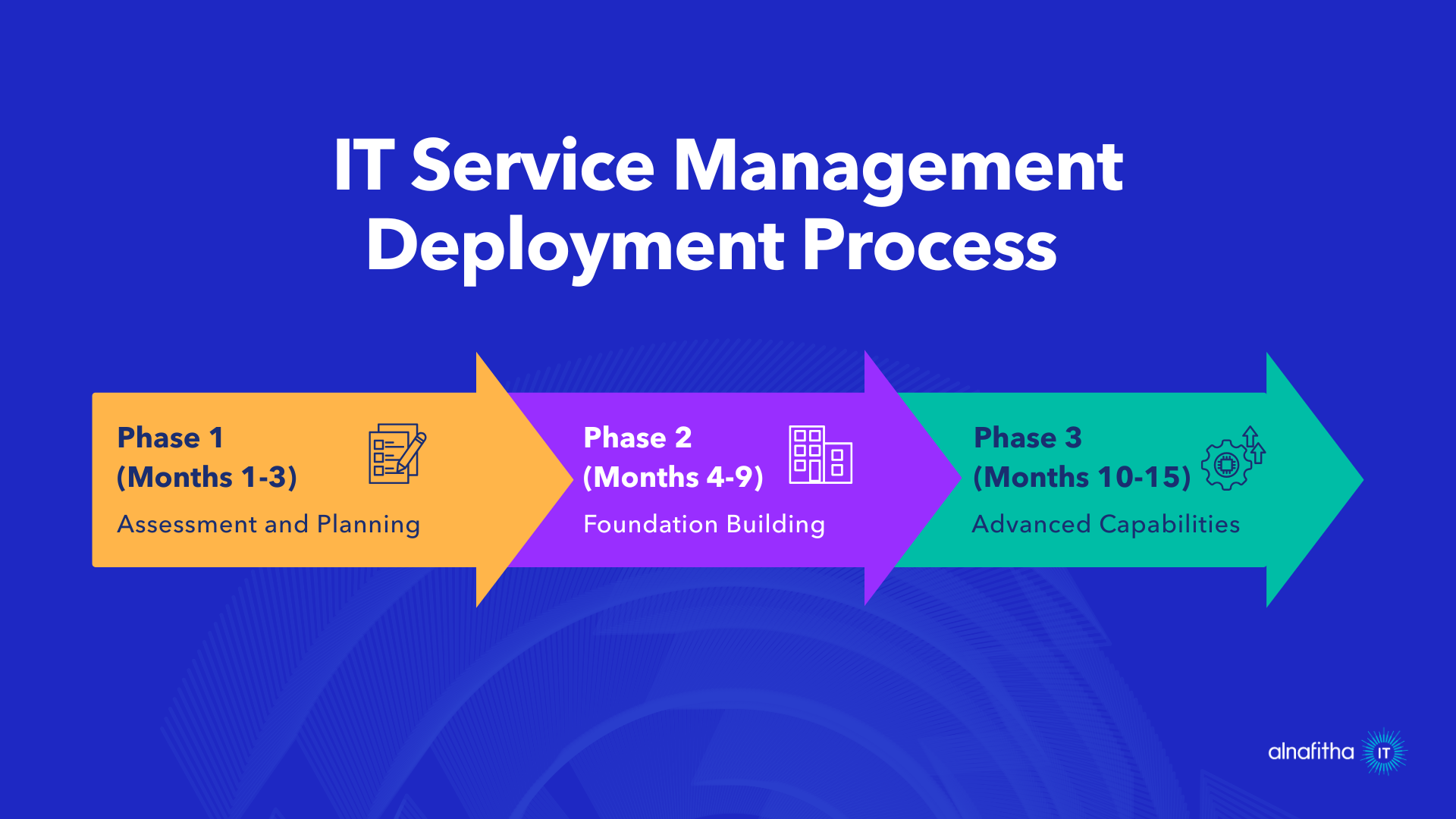
Phase 1 (Months 1-3): Assessment and Planning – Document current capabilities, identify gaps, engage stakeholders, and develop resource plans for IT service management.
Phase 2 (Months 4-9): Foundation Building – Deploy service desk platforms, implement security controls, provide staff training, and standardize ITSM processes.
Phase 3 (Months 10-15): Advanced Capabilities – Deploy AI-powered features, implement advanced integration, optimize performance, and establish continuous improvement processes.
Measuring IT Service Management Success and ROI
Essential ITSM Metrics That Matter
Successful IT service management requires unified measurement frameworks tracking operational performance and business value:
Operational Metrics: Service availability, response/resolution times, first contact resolution rates, and user satisfaction scores provide direct feedback on IT service management effectiveness.
Financial Indicators: Track total cost of ownership, return on investment, and cost avoidance. Organizations can optimize IT operations costs by 30% while improving user satisfaction by 20% through well-implemented IT service management.
Strategic Impact: Measure how IT service management capabilities support digital transformation initiatives, ensure compliance adherence, and enable innovation within government services.
Conclusion
Building modern IT service management for Saudi government entities represents both a strategic imperative and practical necessity in today’s digital landscape. The transition from reactive to proactive operations requires sustained commitment, strategic investment, and cultural change. However, the benefits—improved citizen satisfaction, enhanced security, reduced costs, and increased agility—make this transformation essential.
Success in IT service management depends on strong leadership commitment, comprehensive planning, and continuous improvement based on performance measurement and user feedback. The frameworks outlined provide the roadmap, but successful implementation requires expert guidance and proven experience.
Transform Your Government Entity’s IT Service Management Today
At Alnafitha, we specialize in helping Saudi government entities build world-class IT service management capabilities that align with Vision 2030 objectives while meeting unique cultural, linguistic, and regulatory requirements. Our certified professionals have successfully implemented IT service management frameworks across multiple government sectors, delivering measurable results in service quality, operational efficiency, and compliance adherence.
Take the Lead in IT Service Management
Contact our expert team for a free consultation and discover how modern IT service management can transform your government entity’s service delivery and enhance citizen satisfaction.



